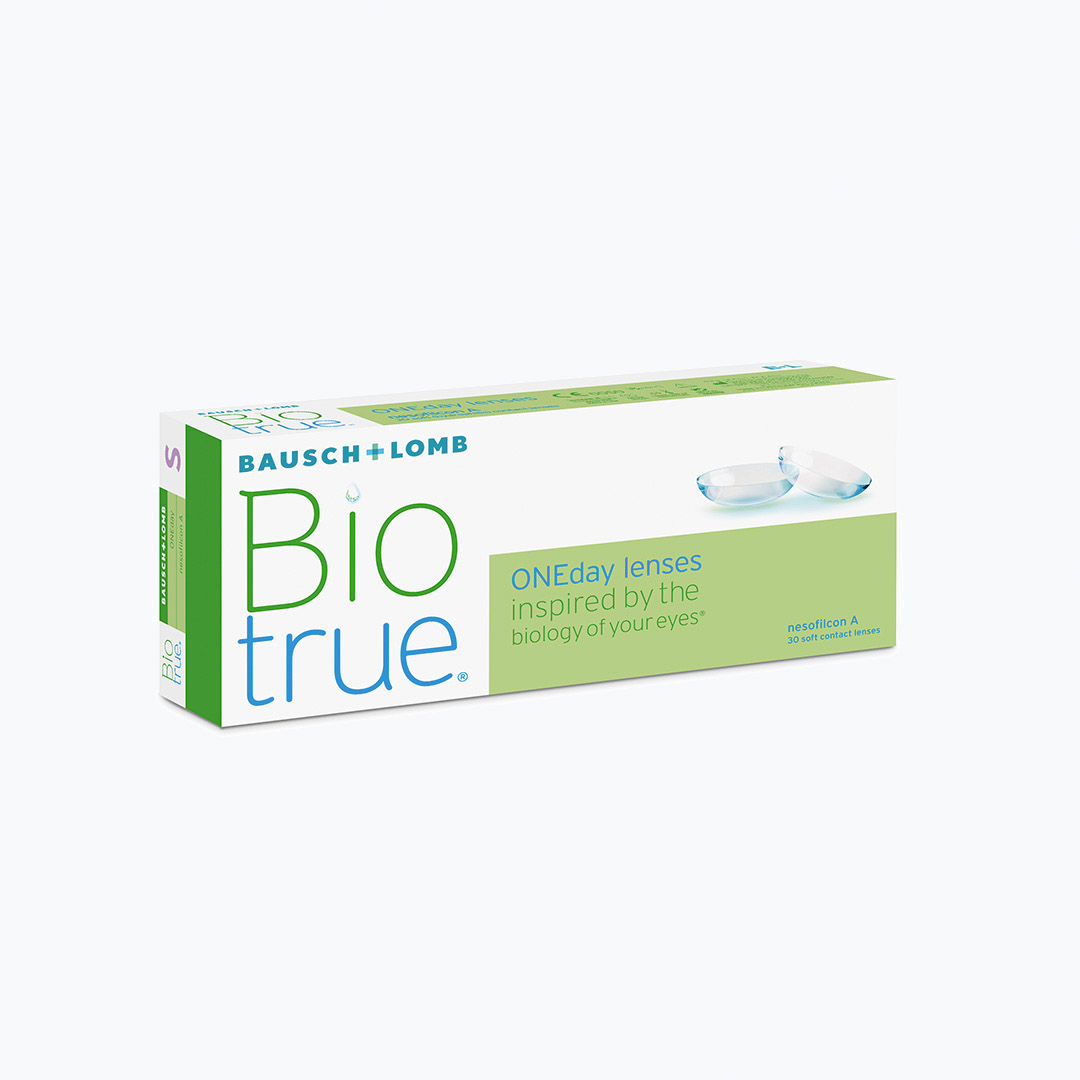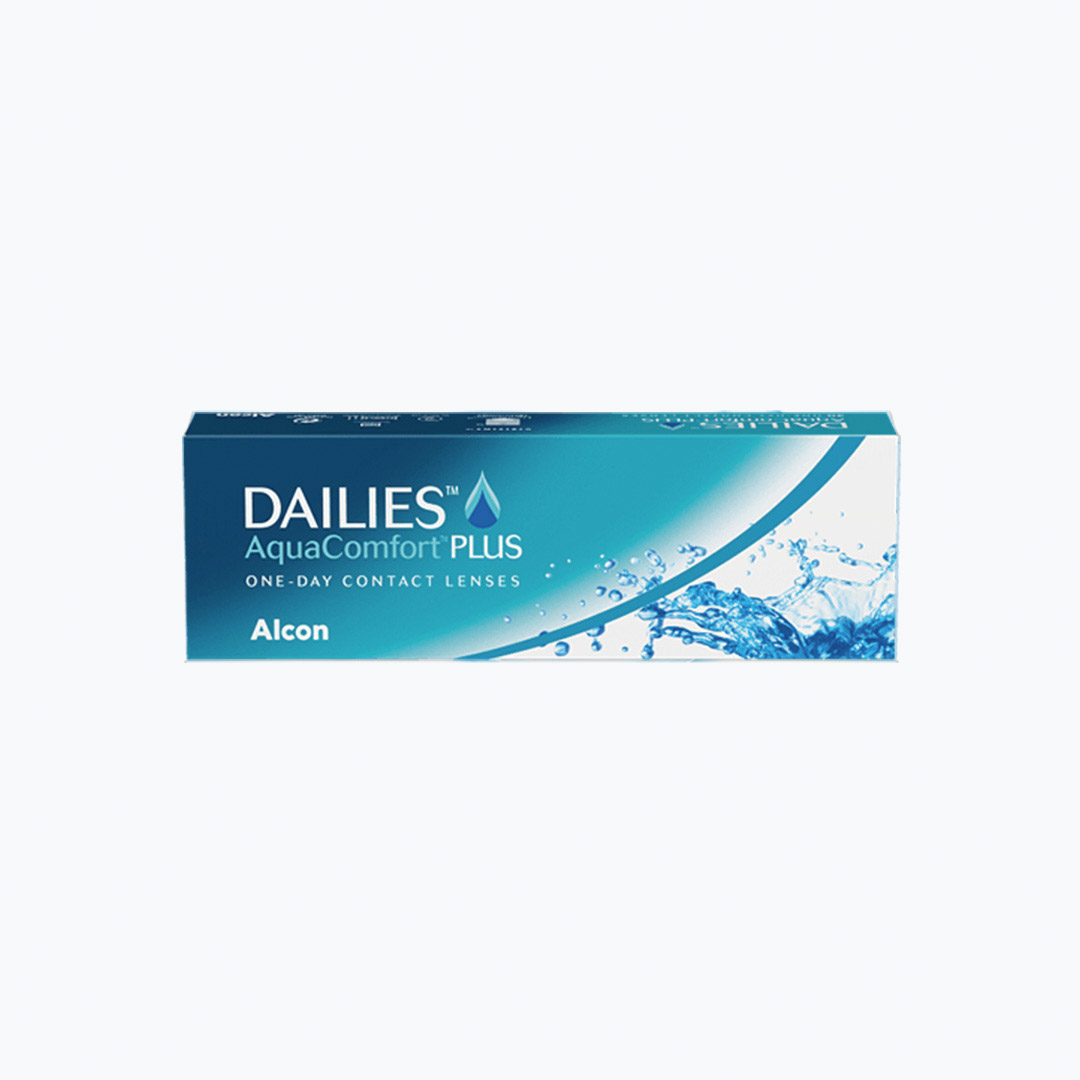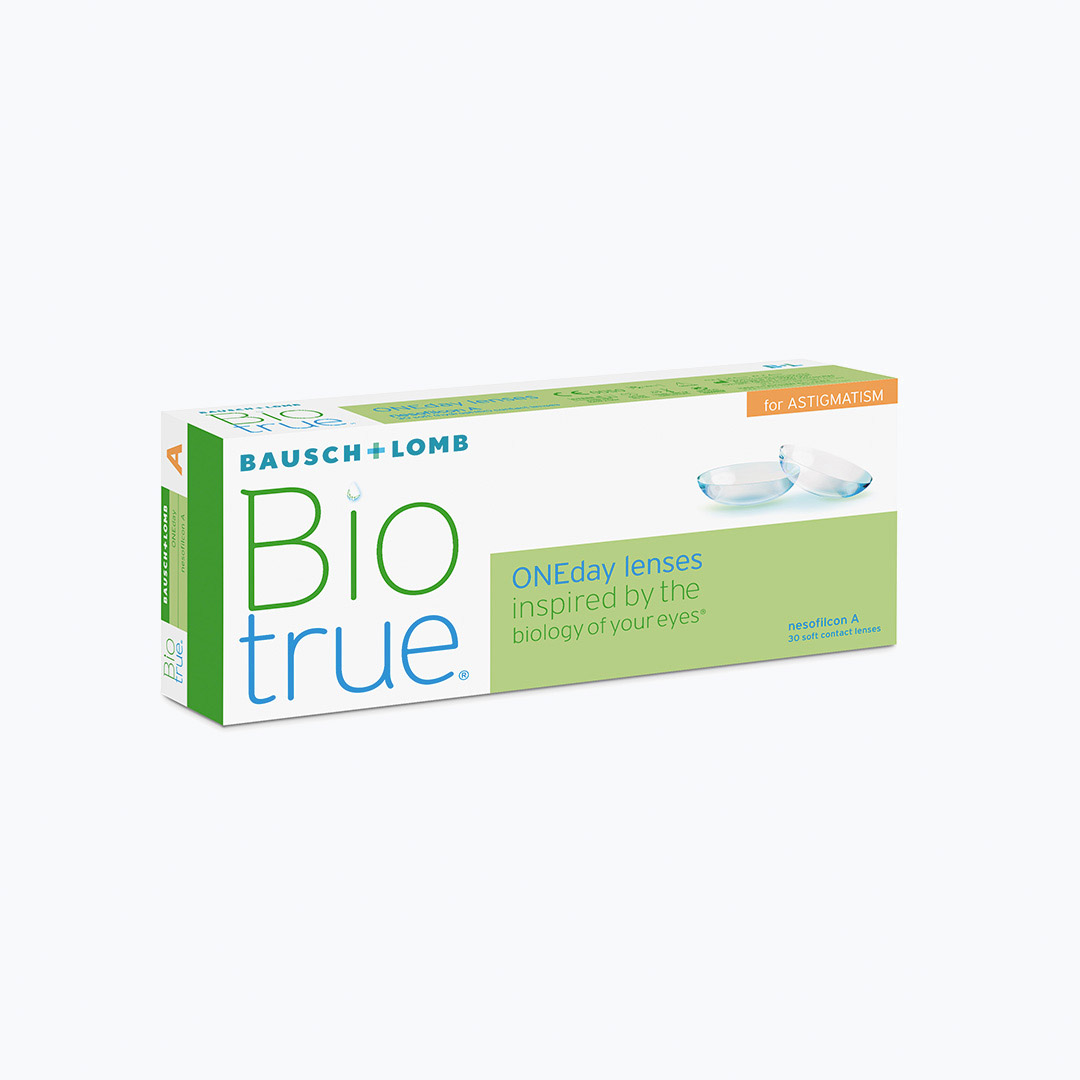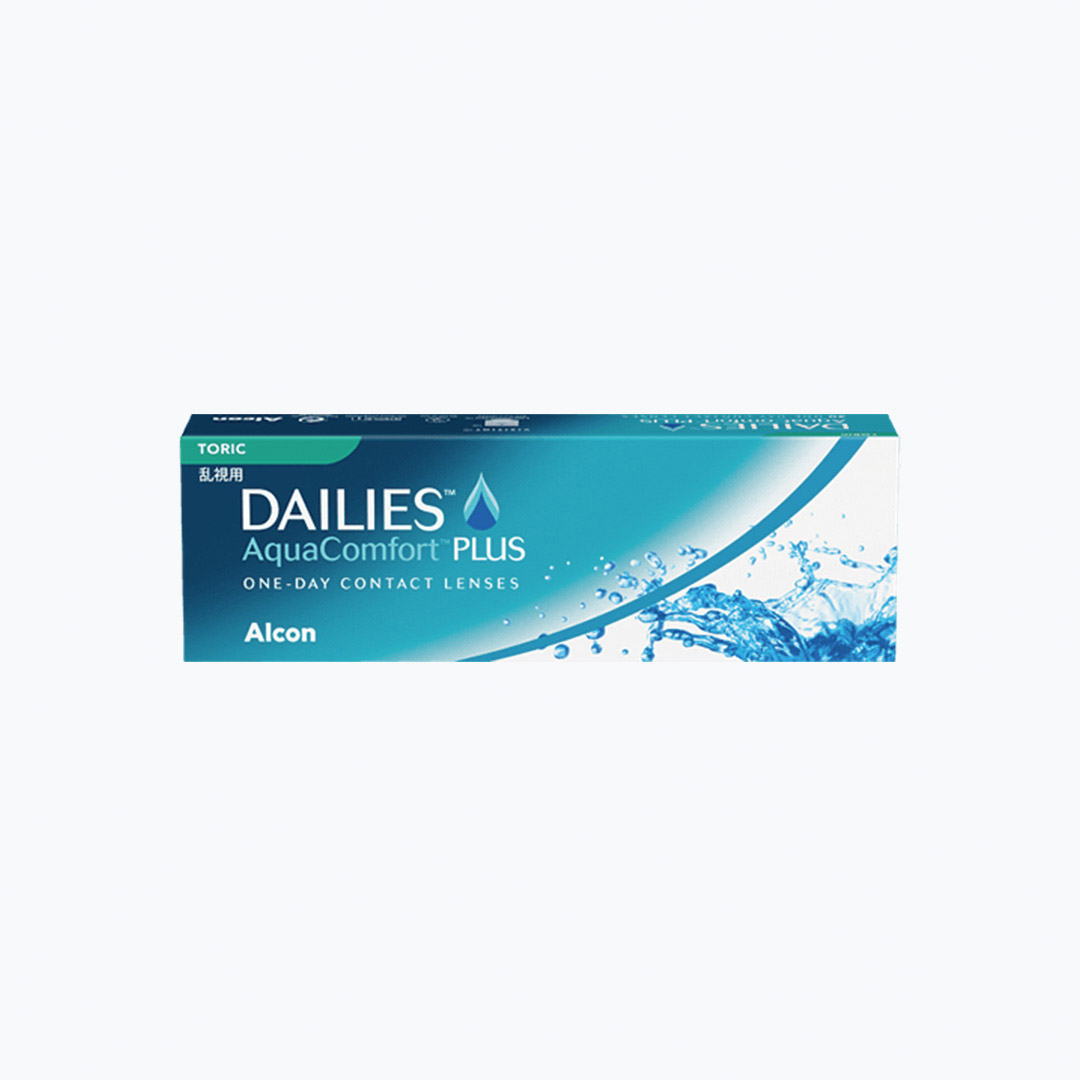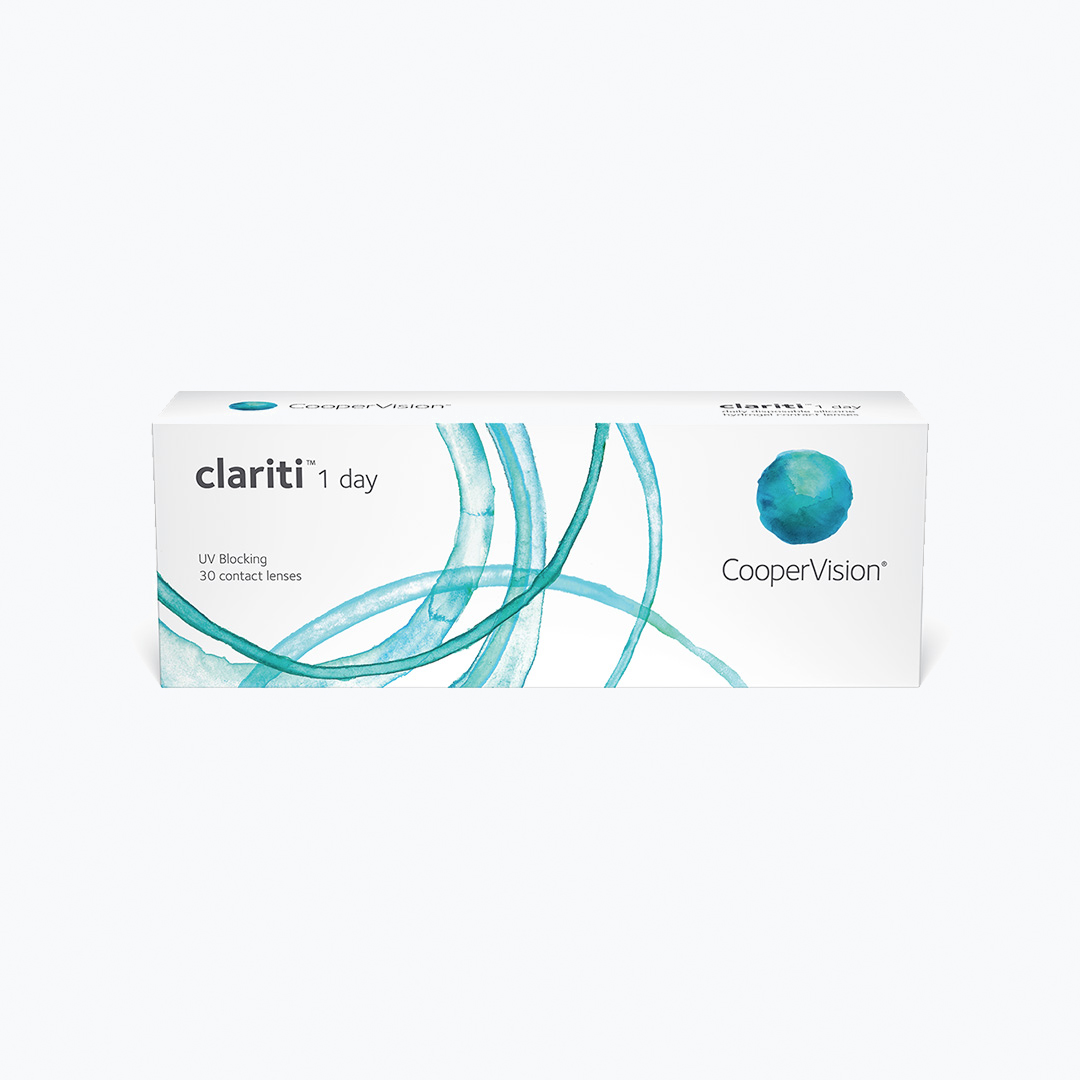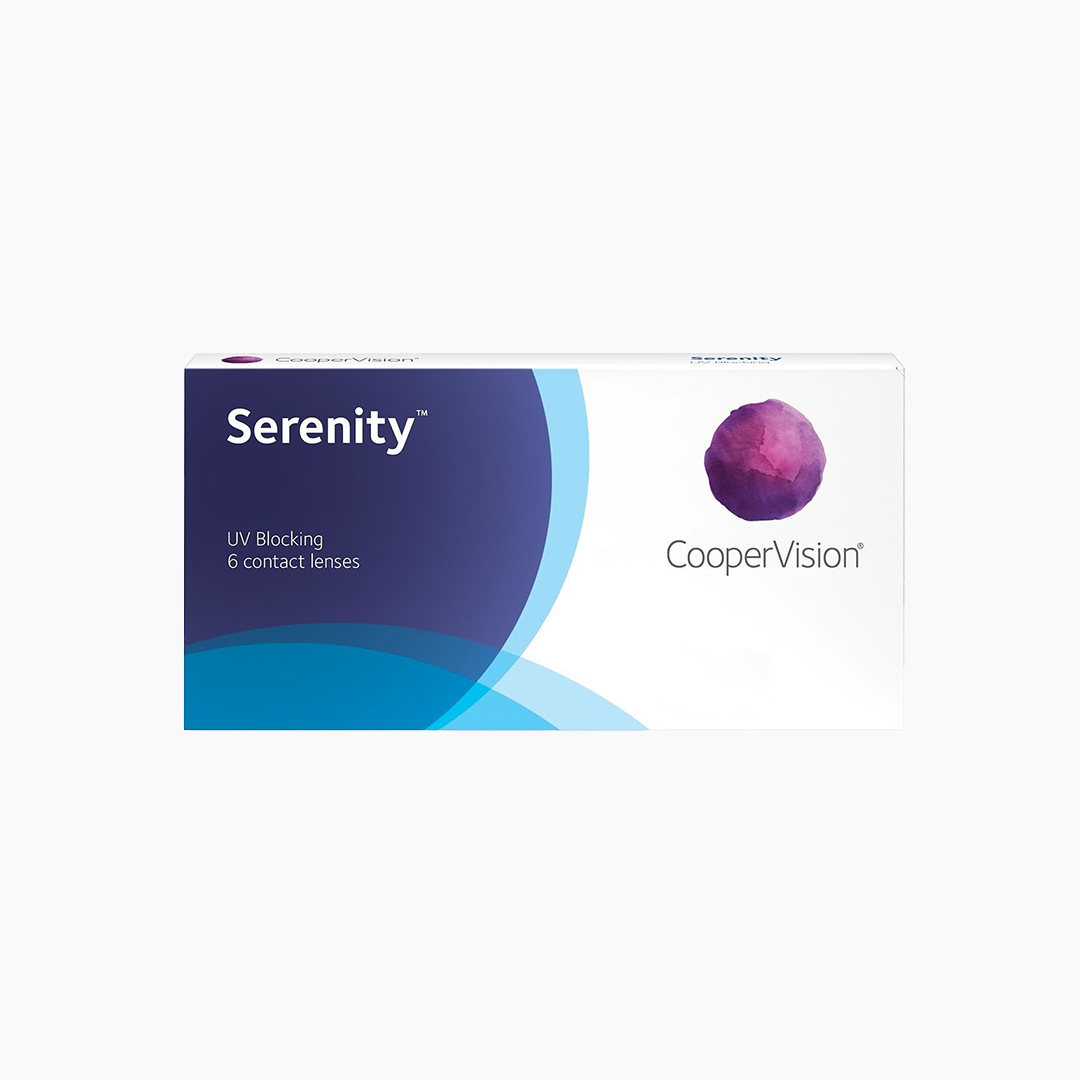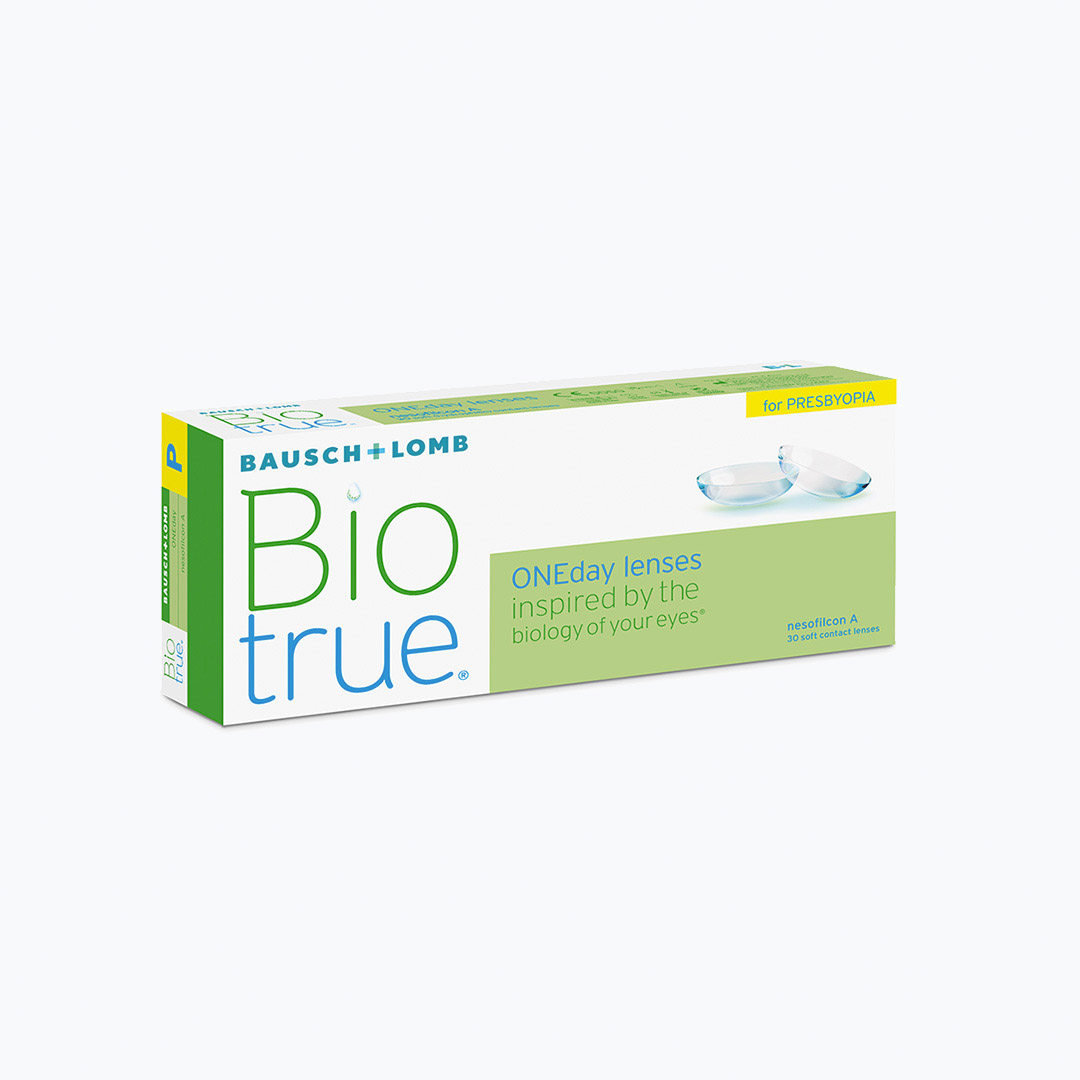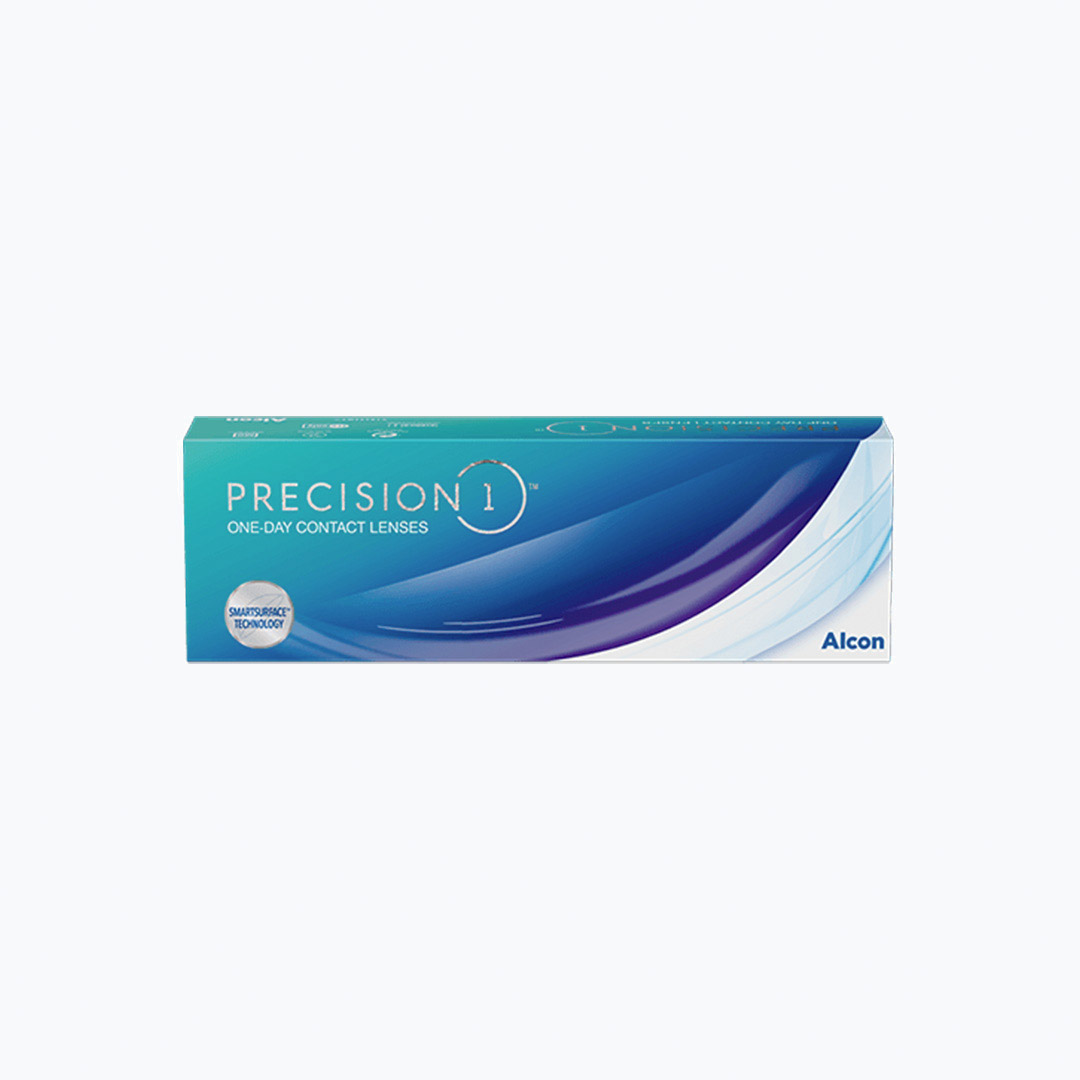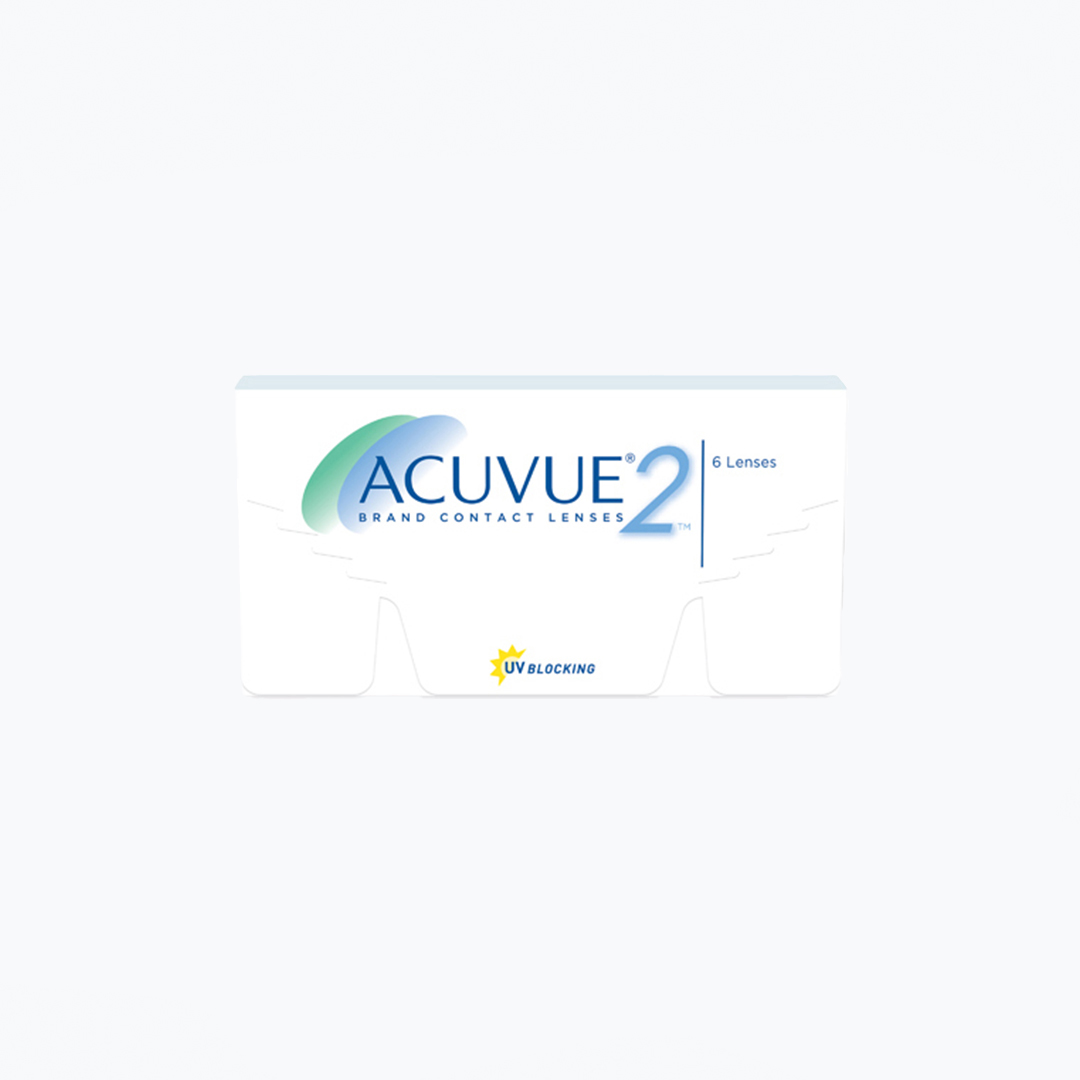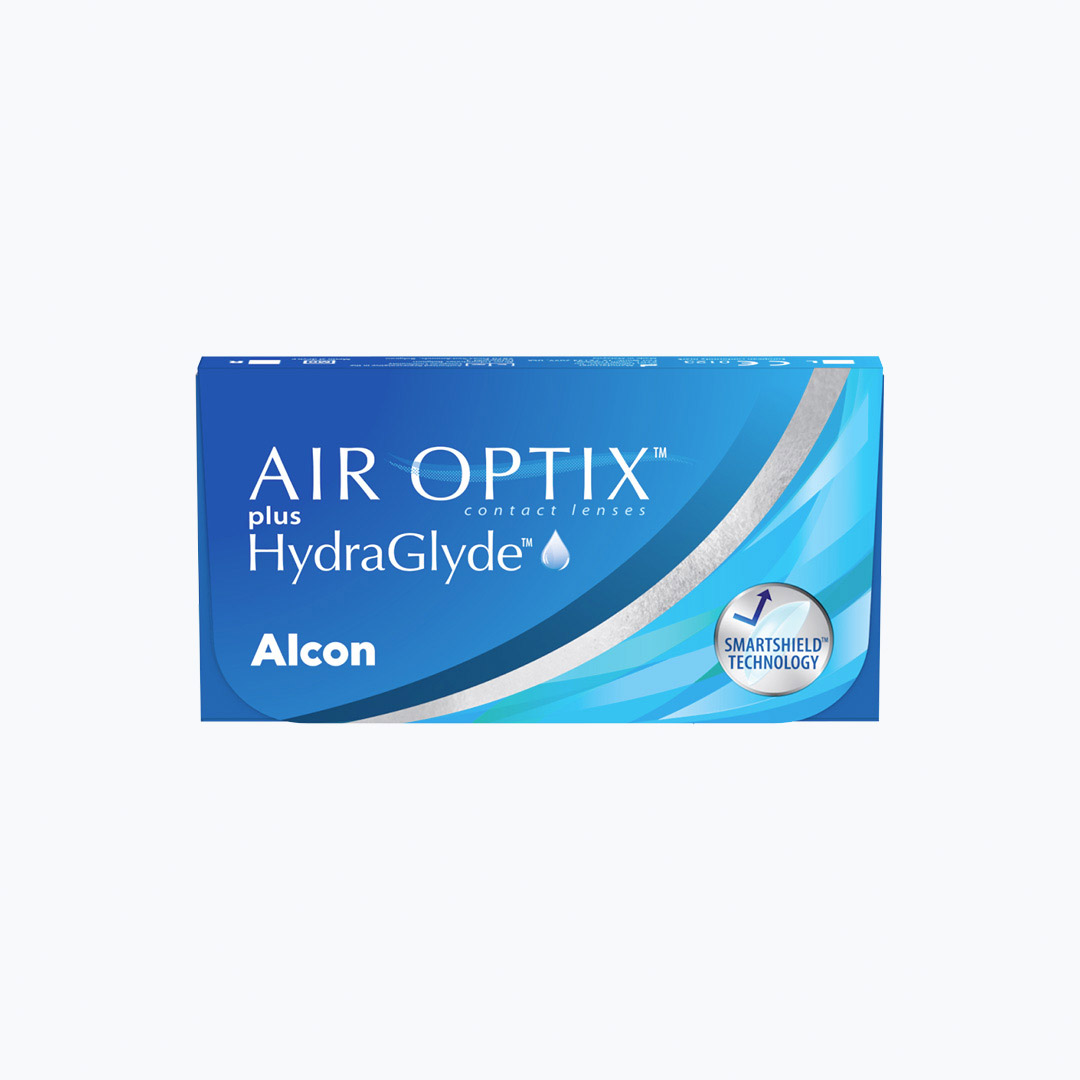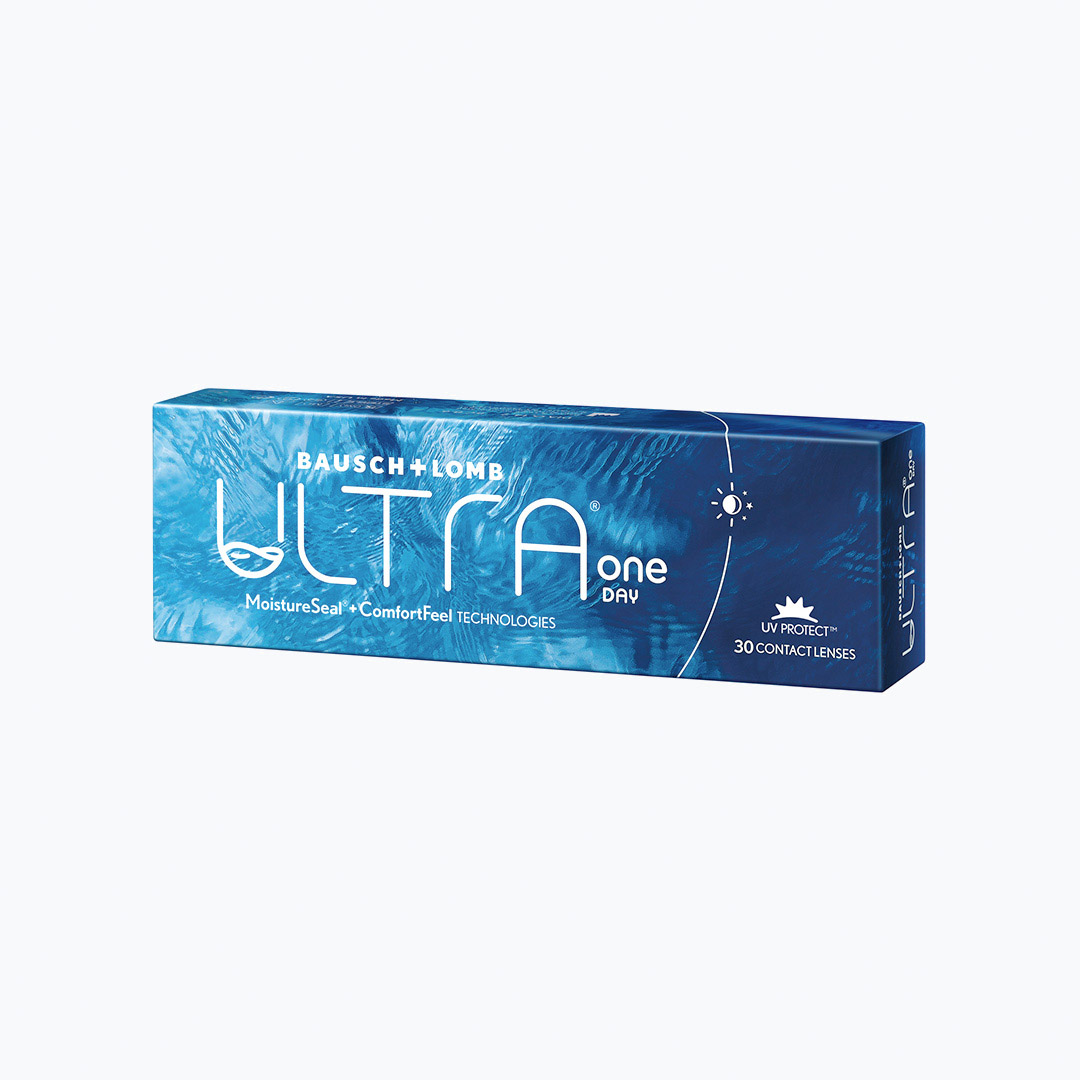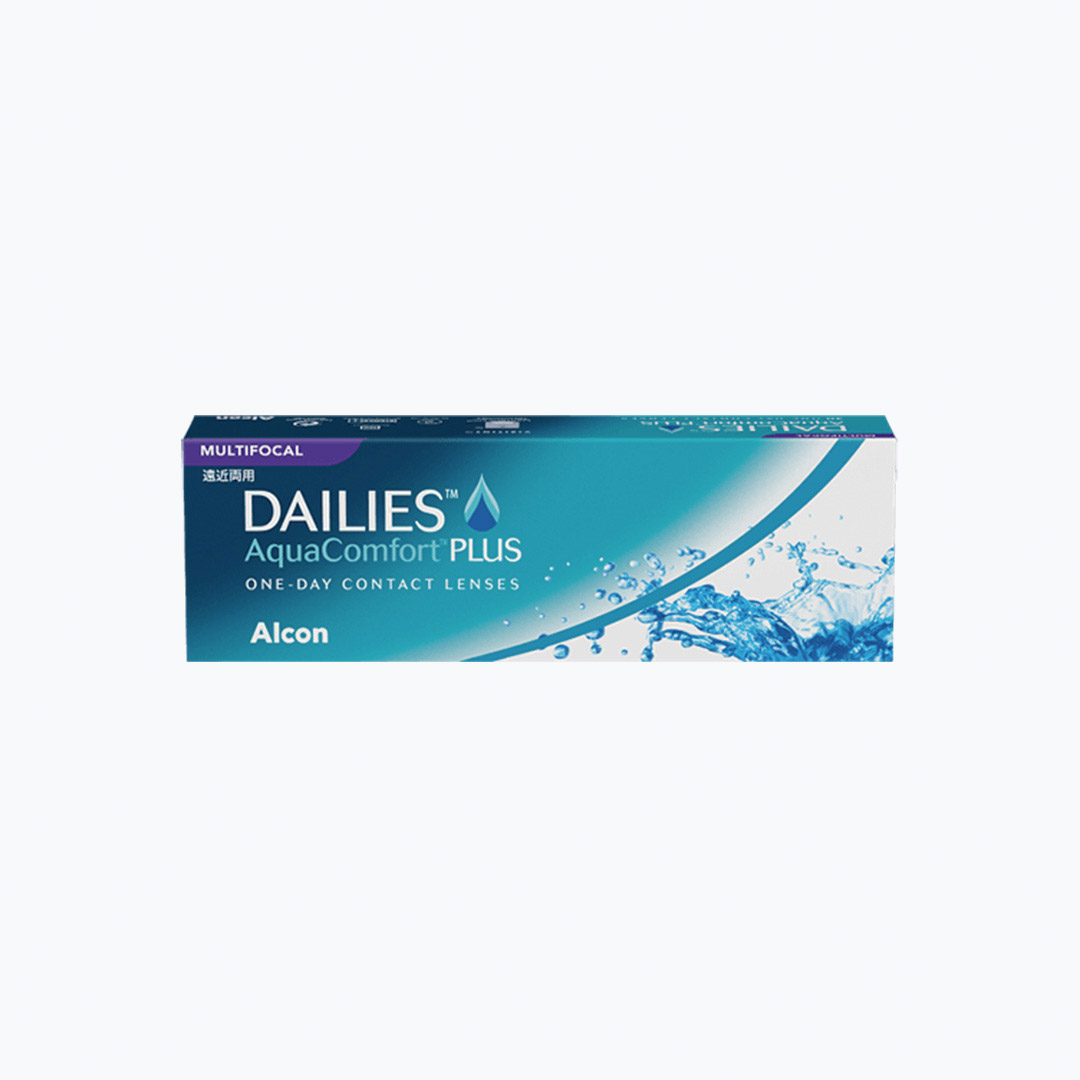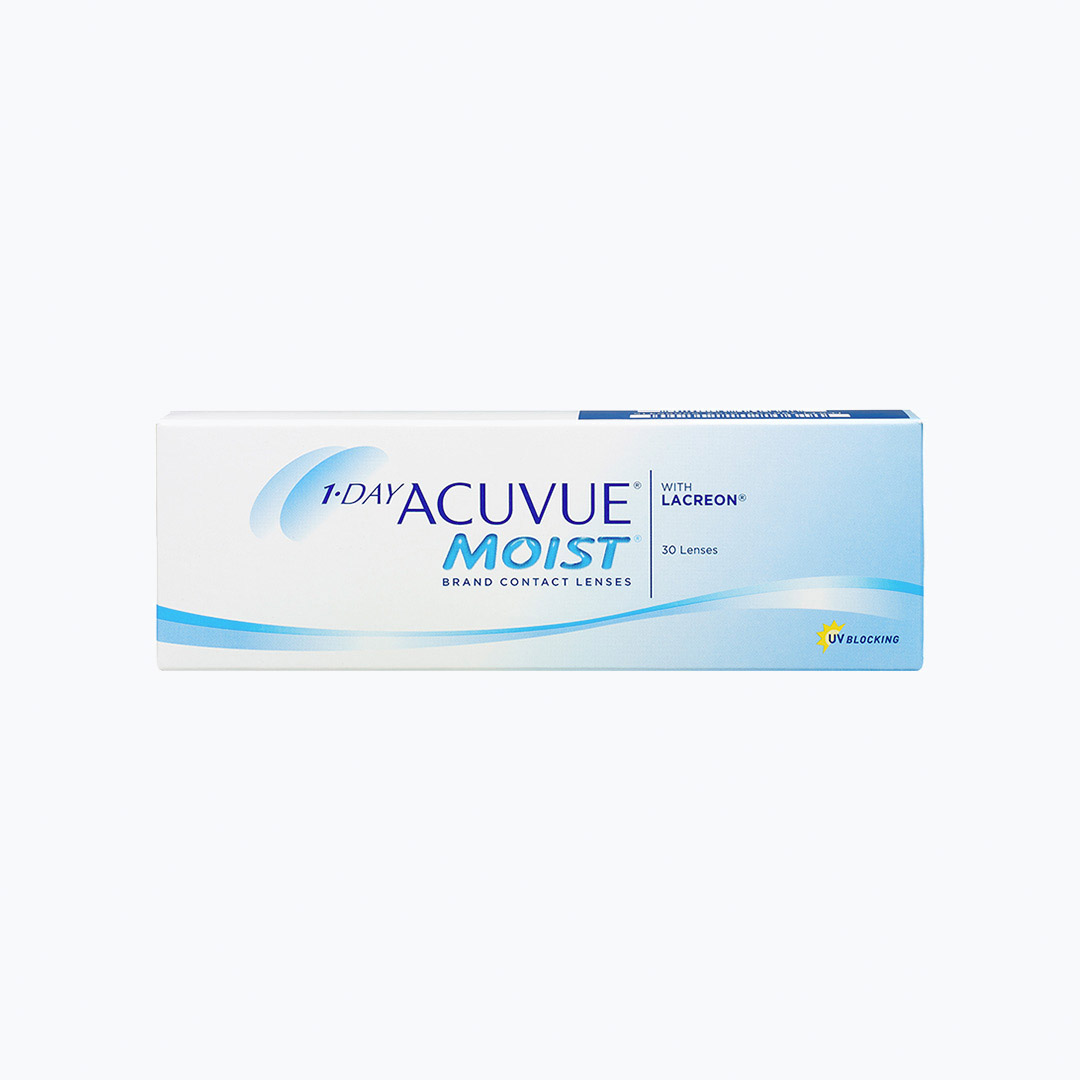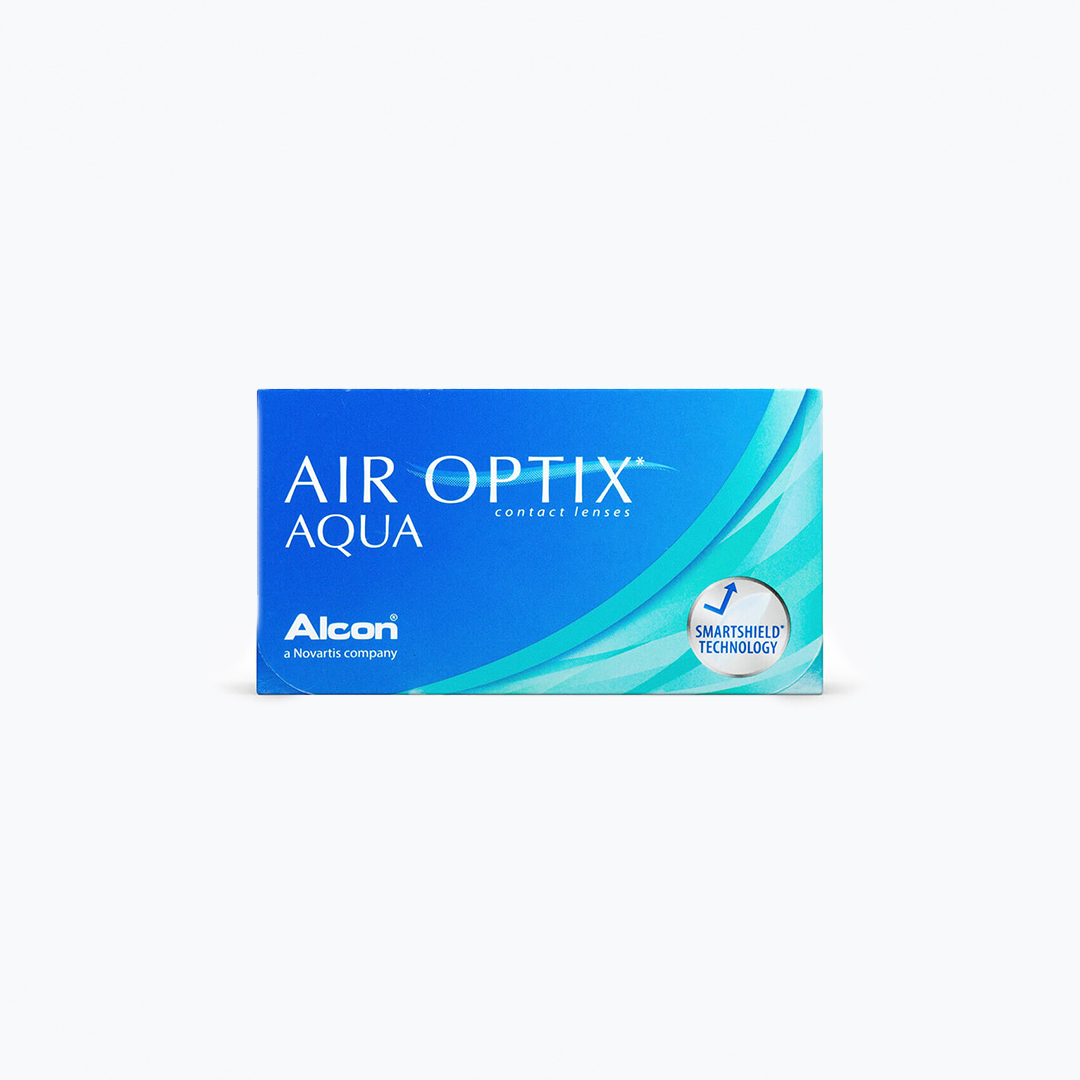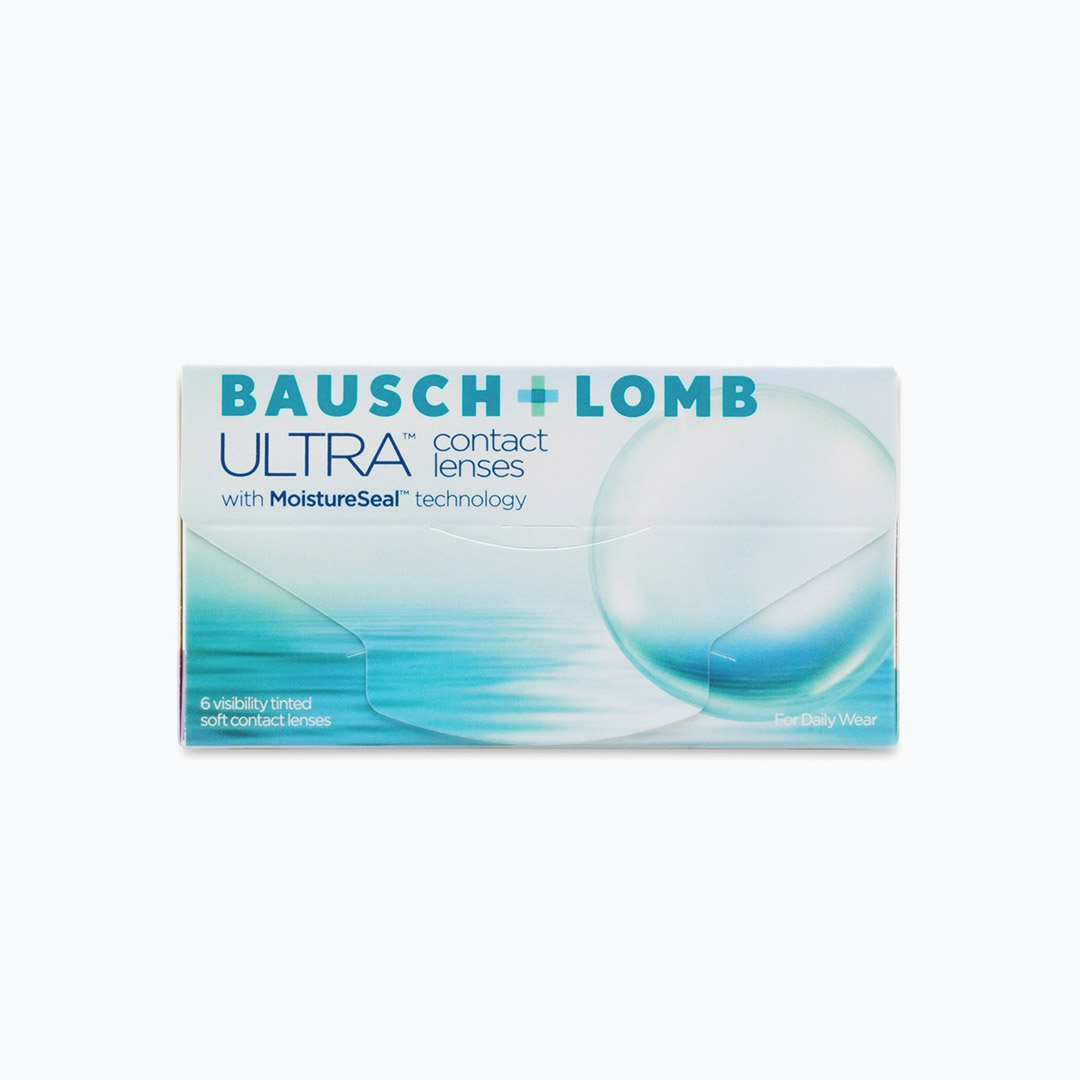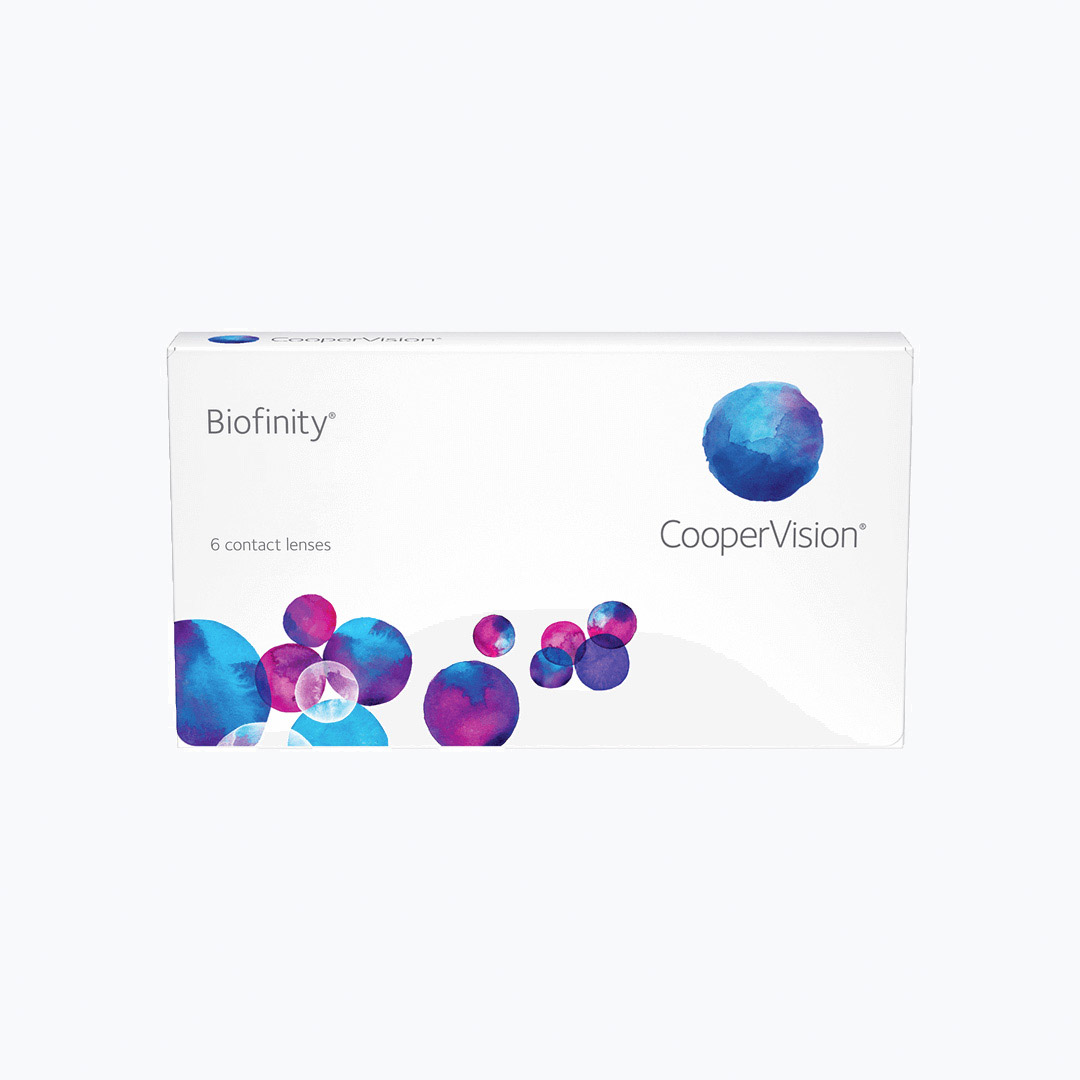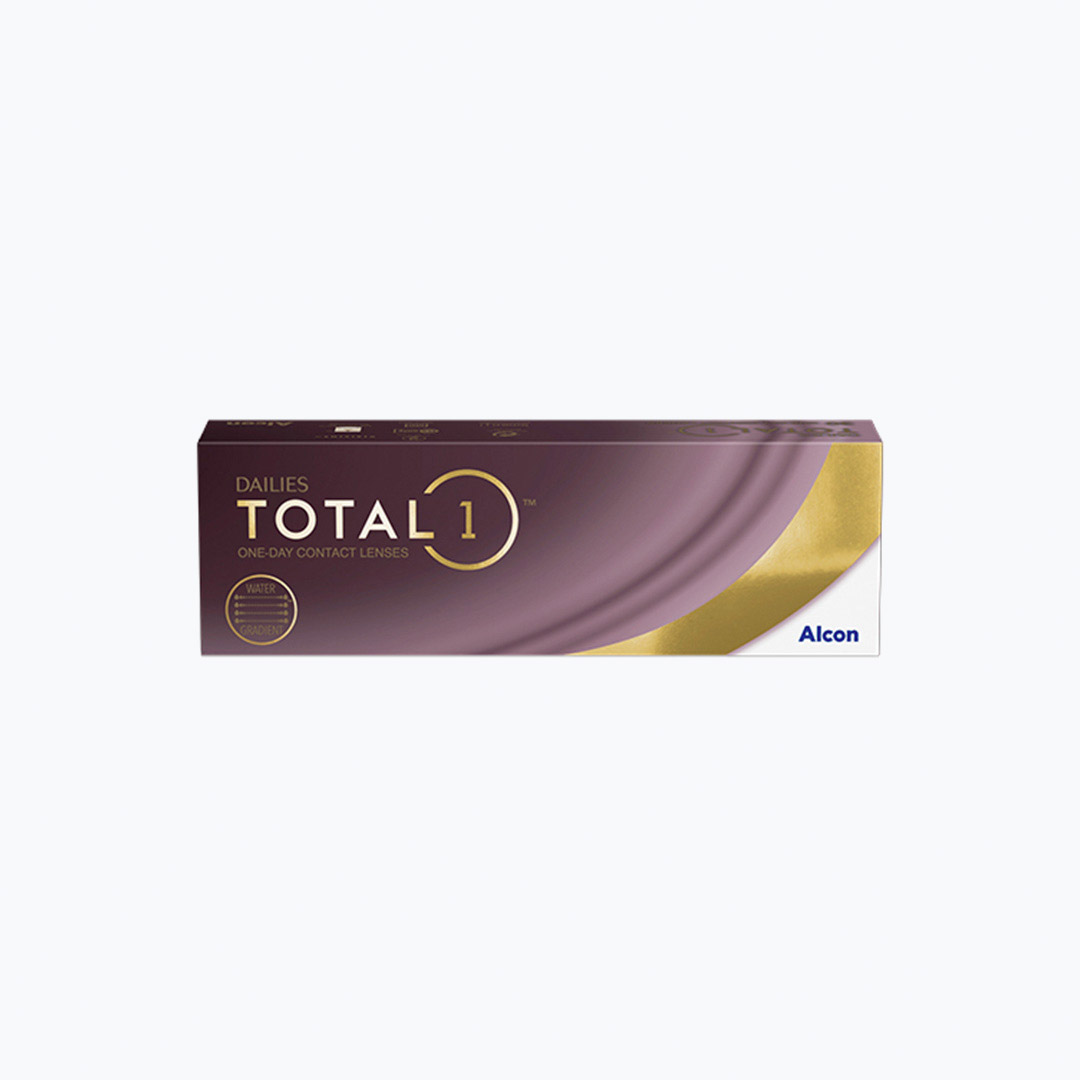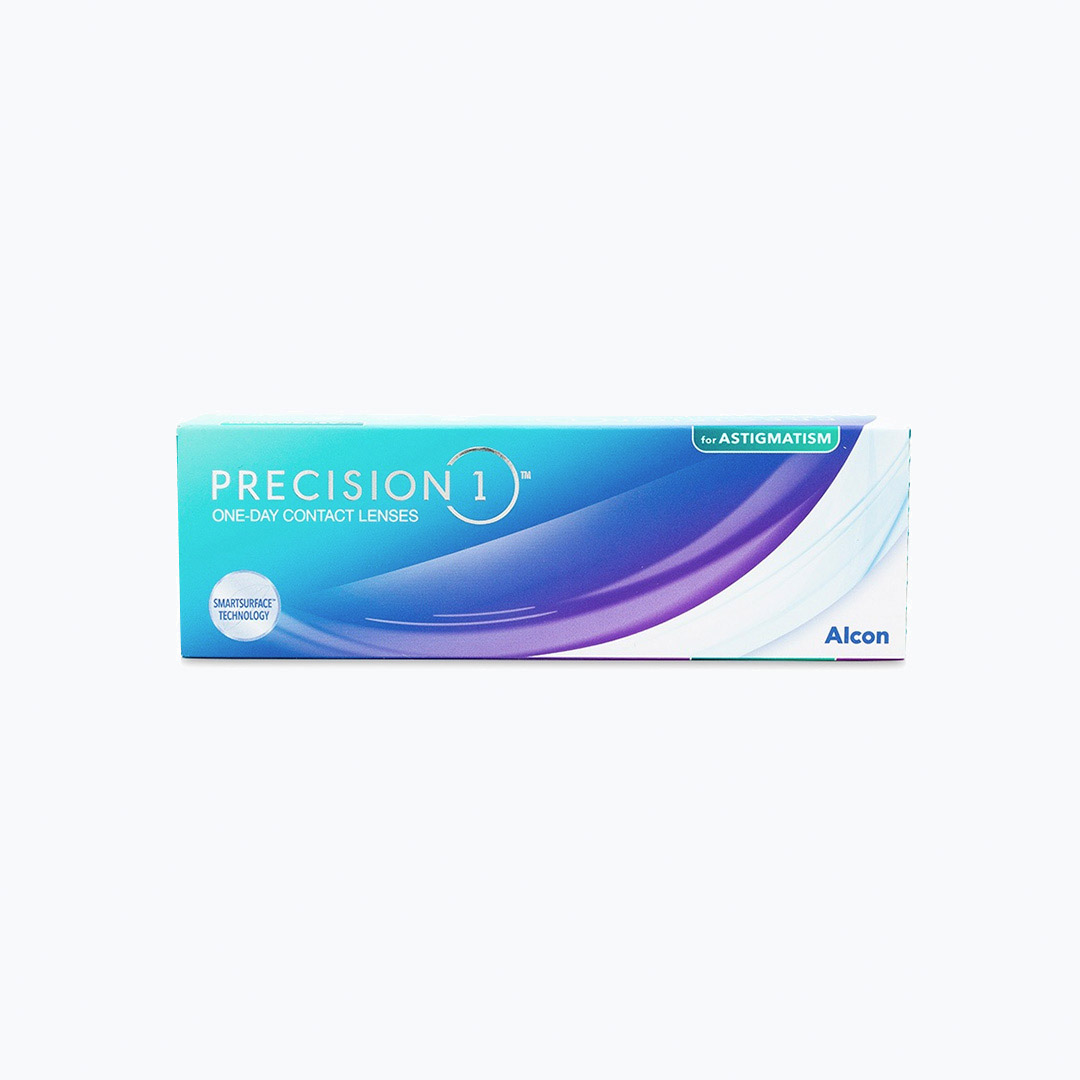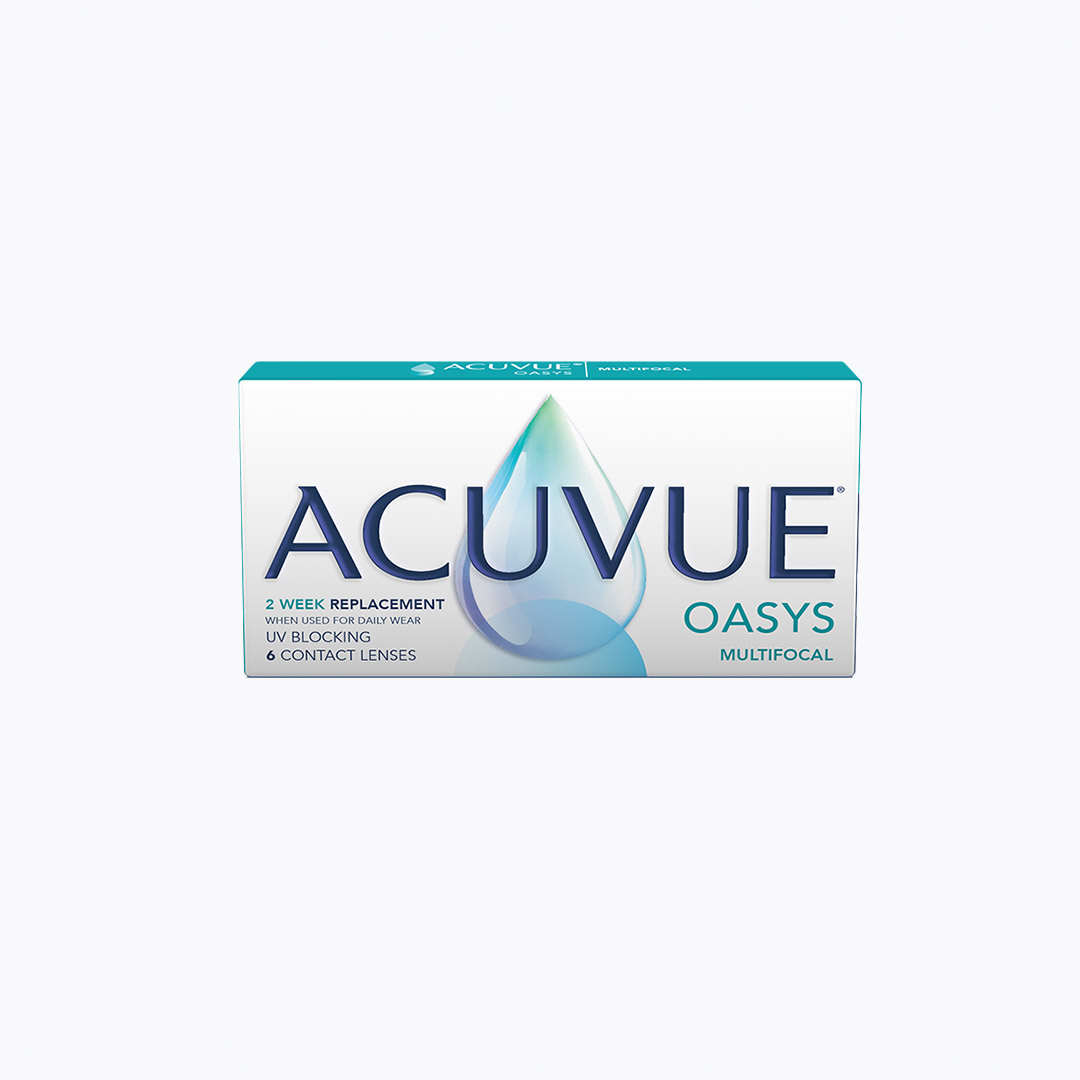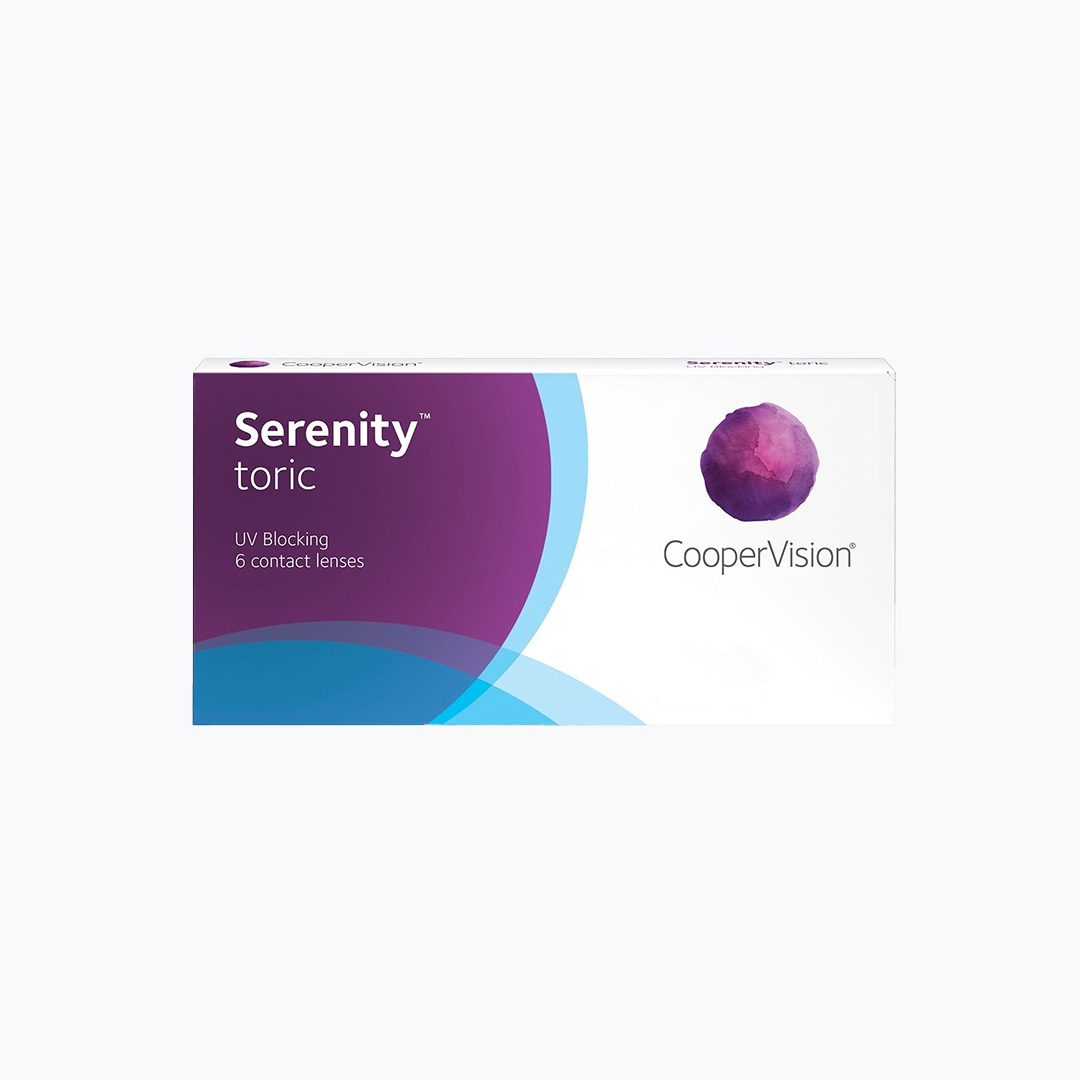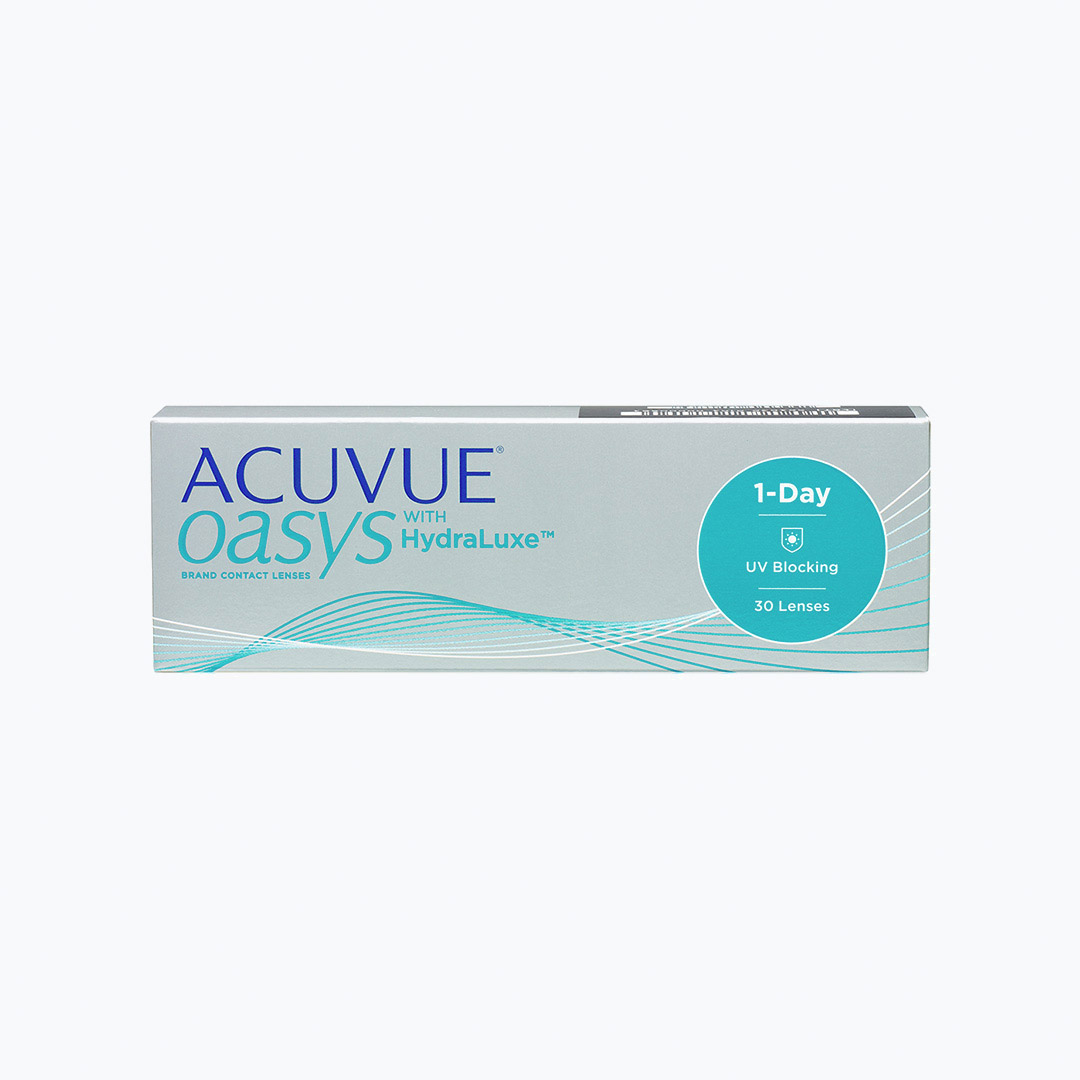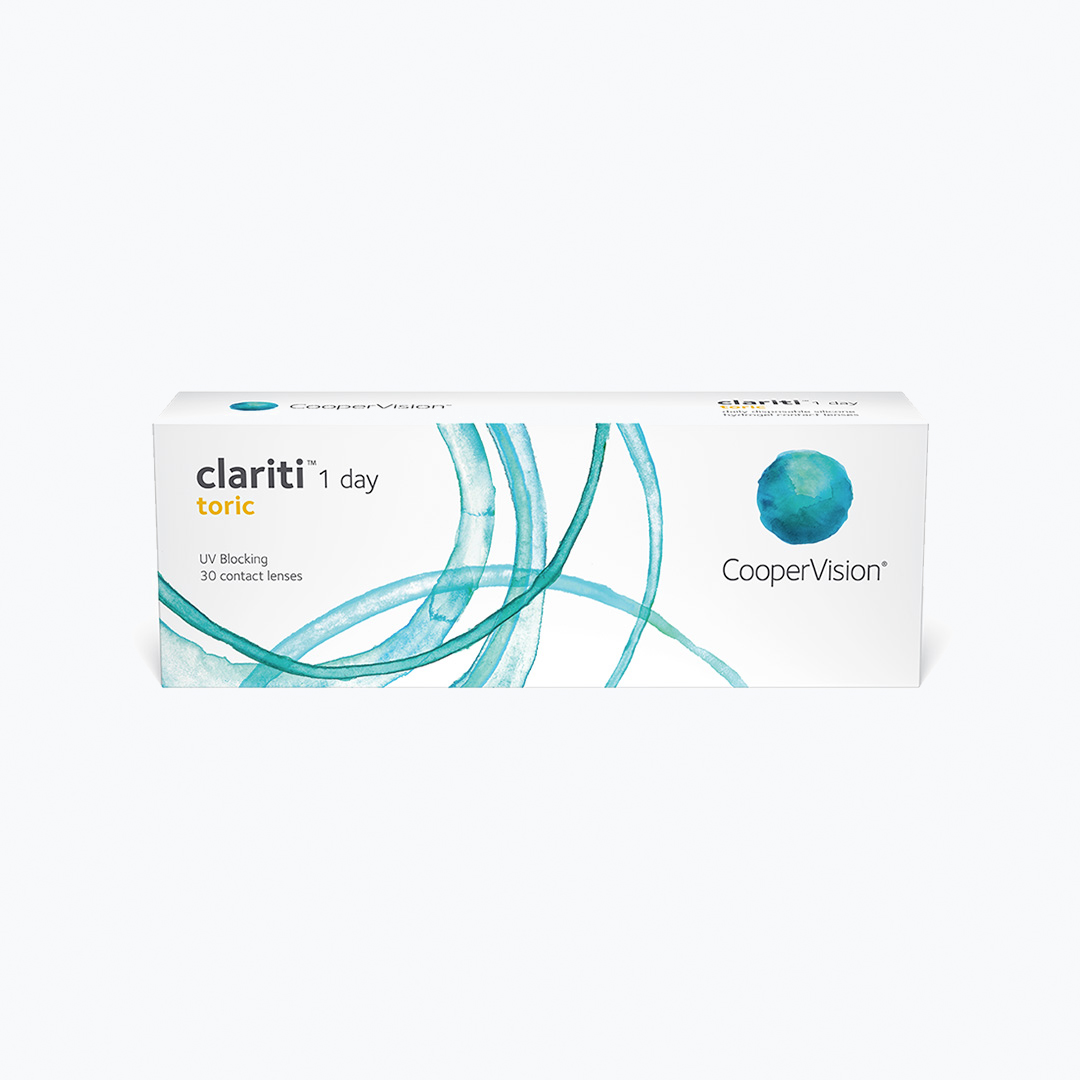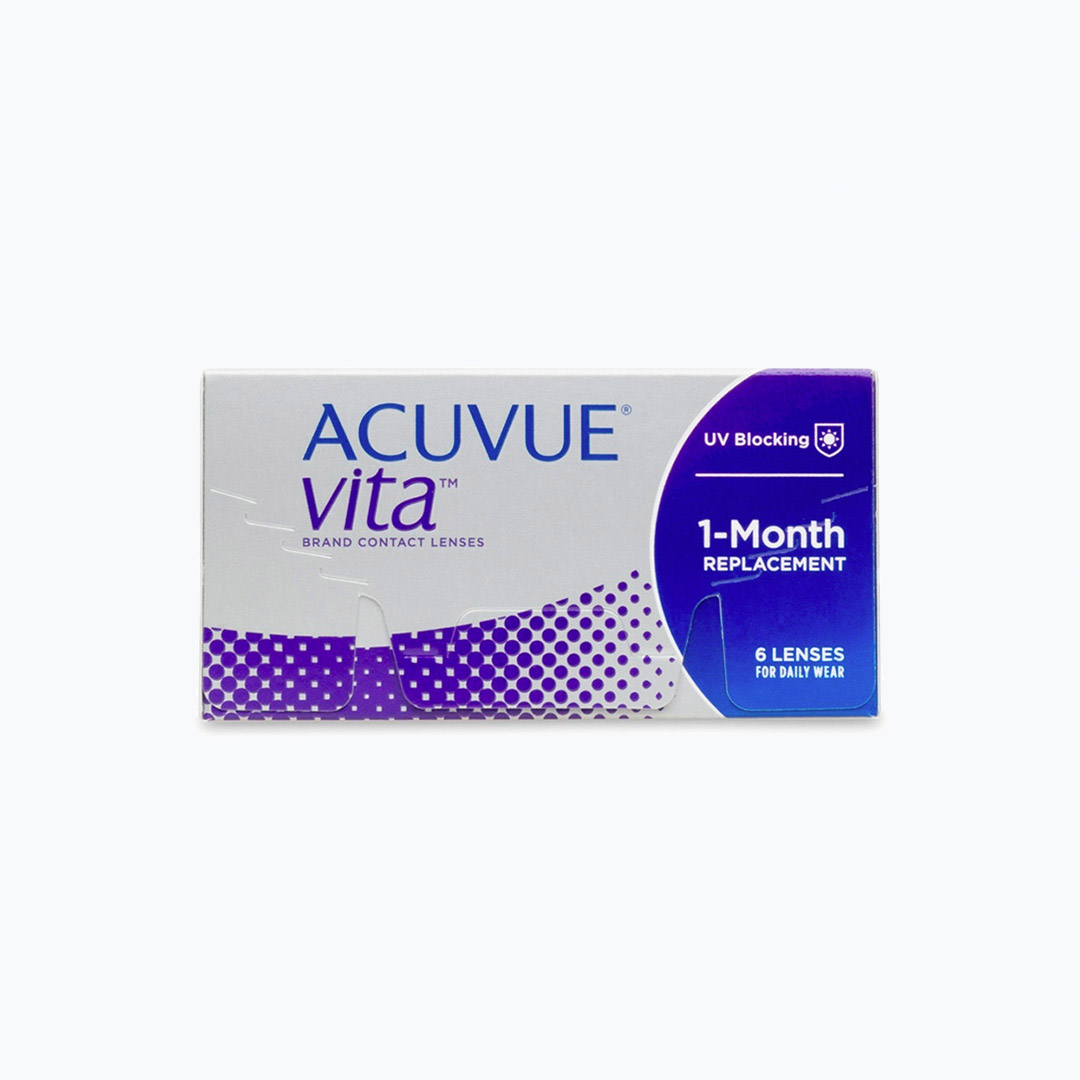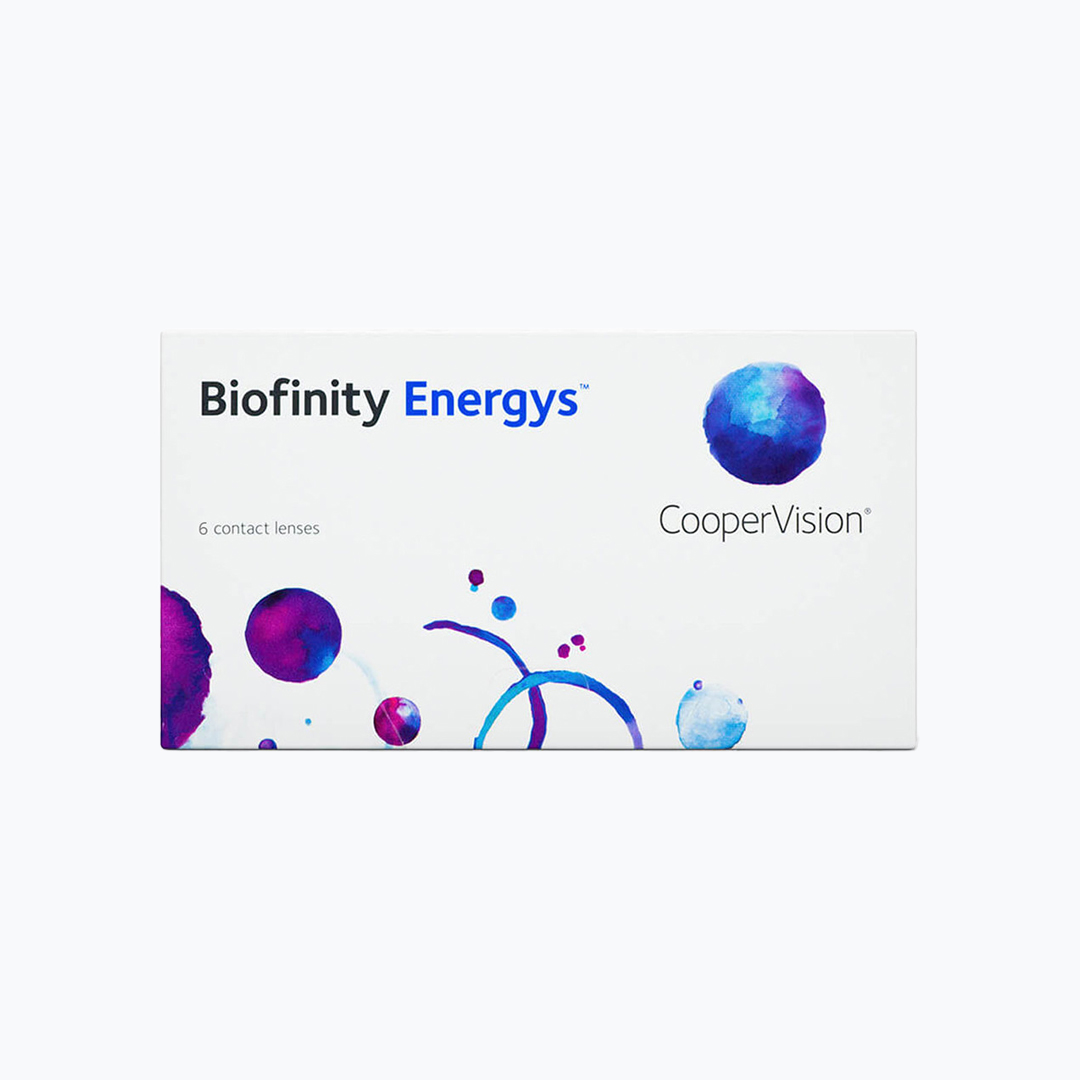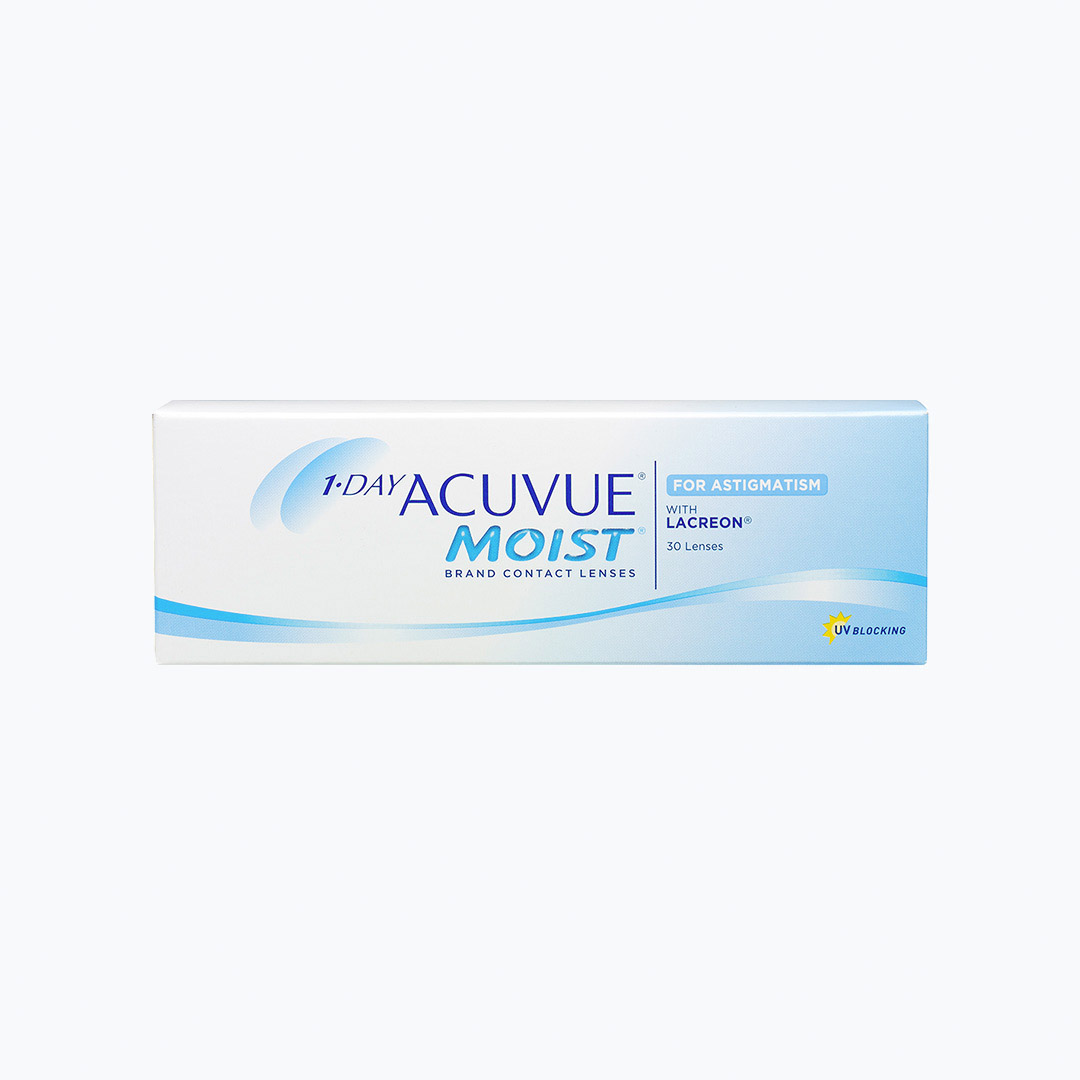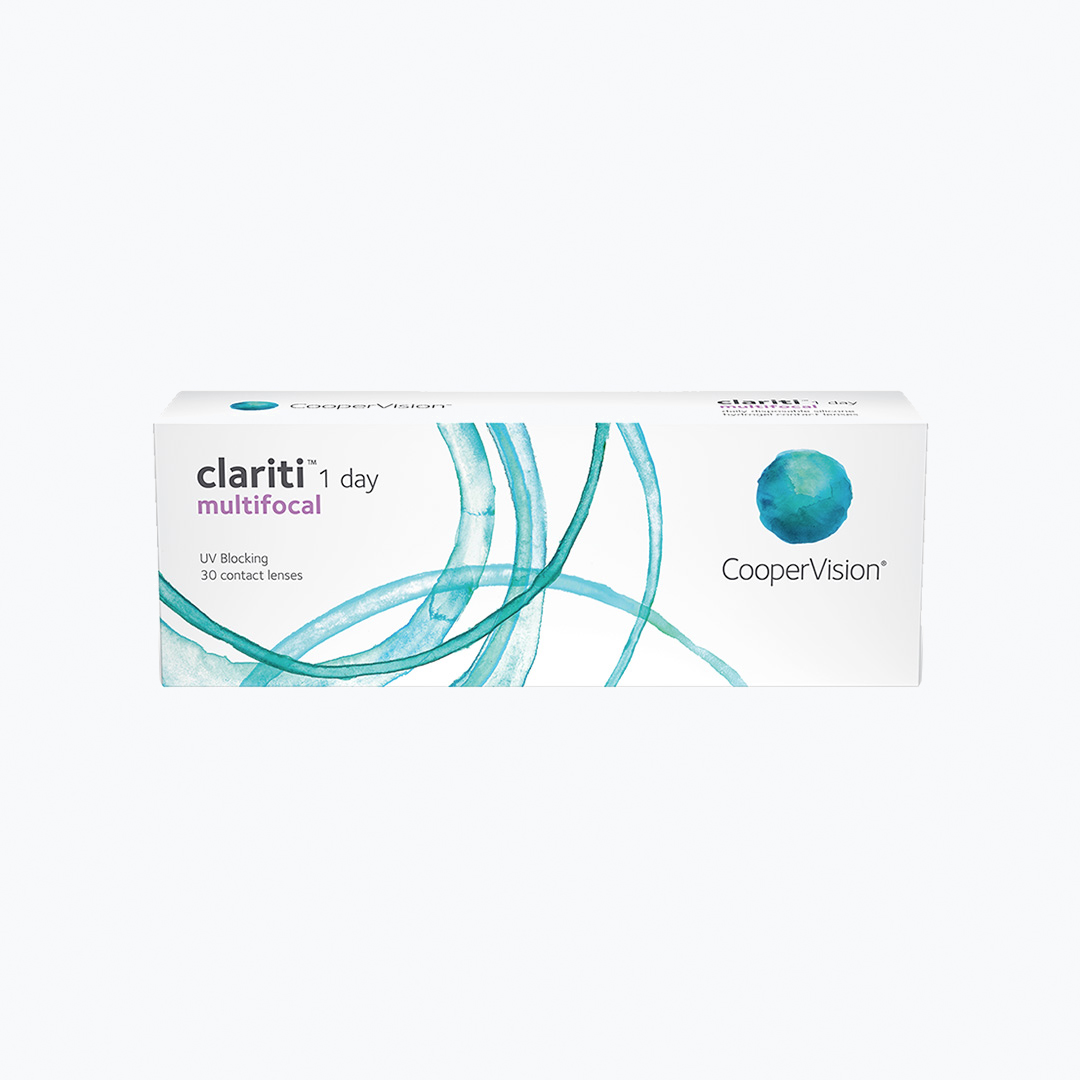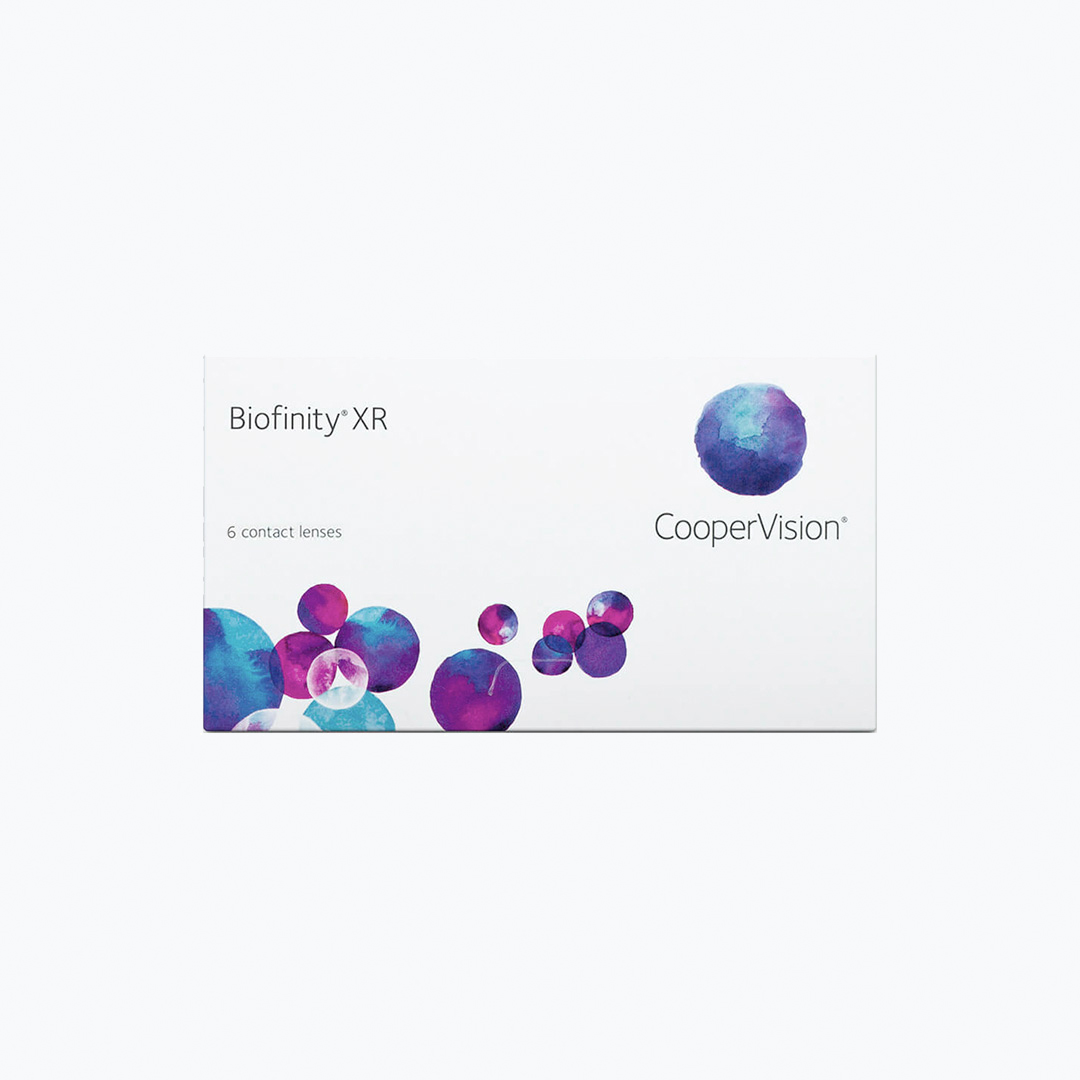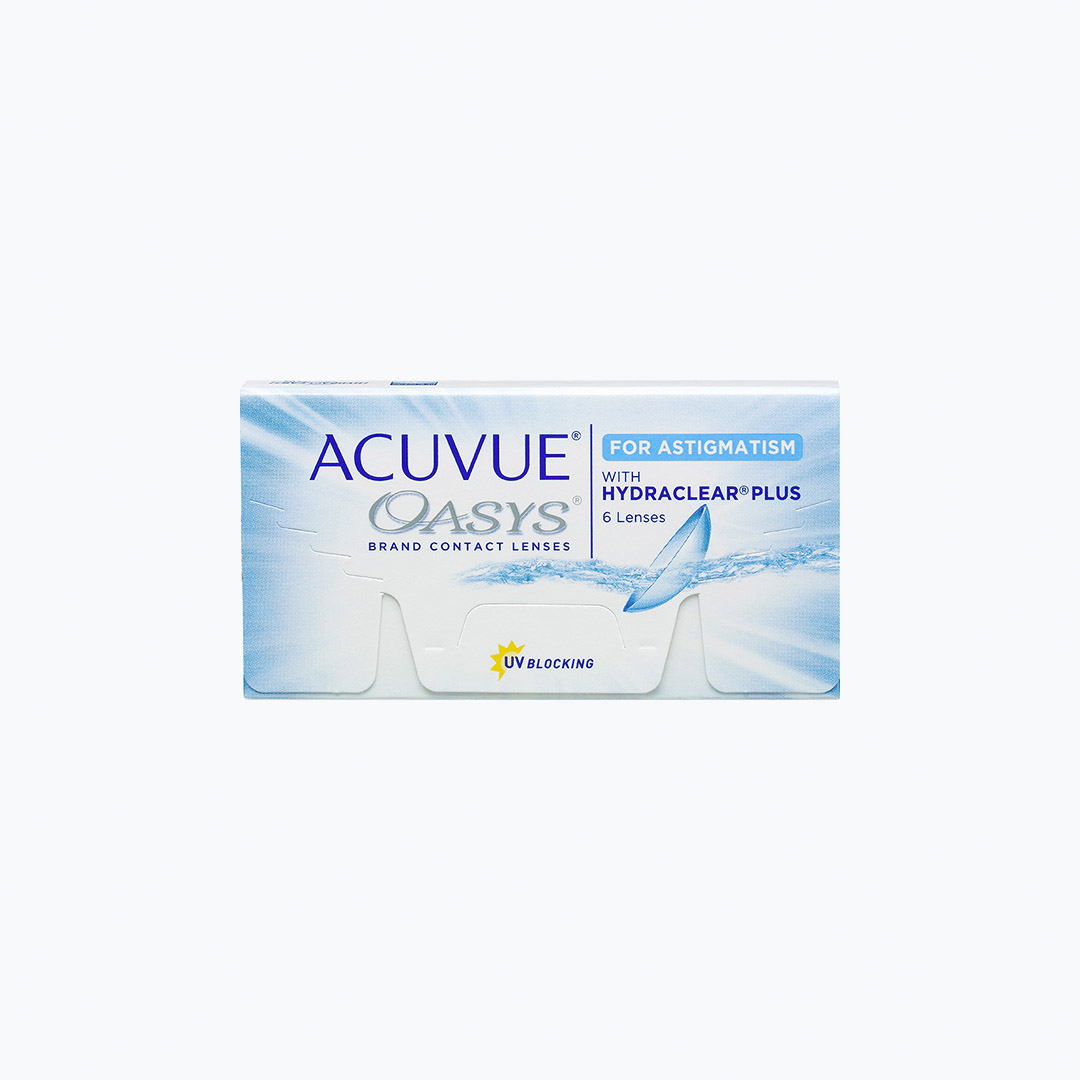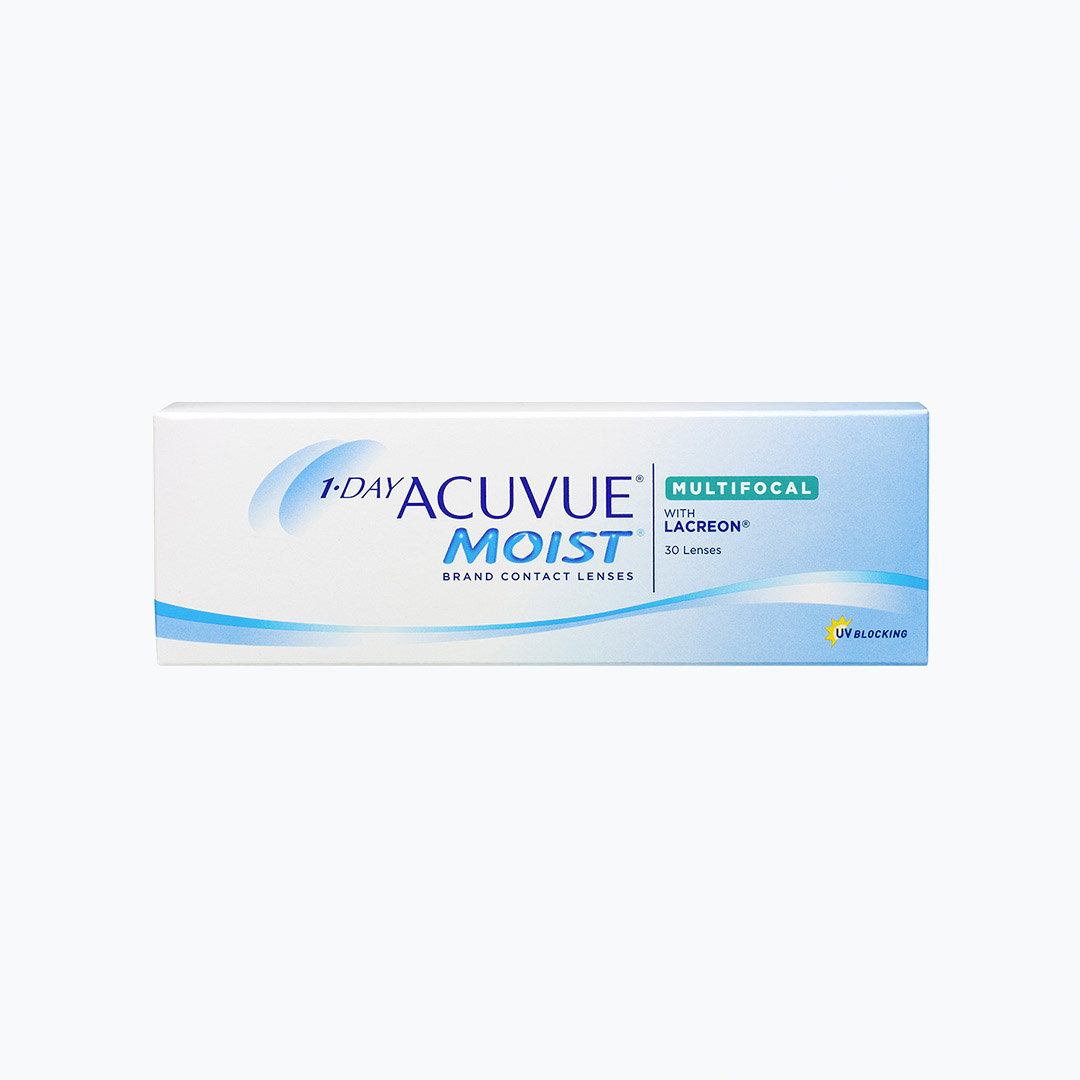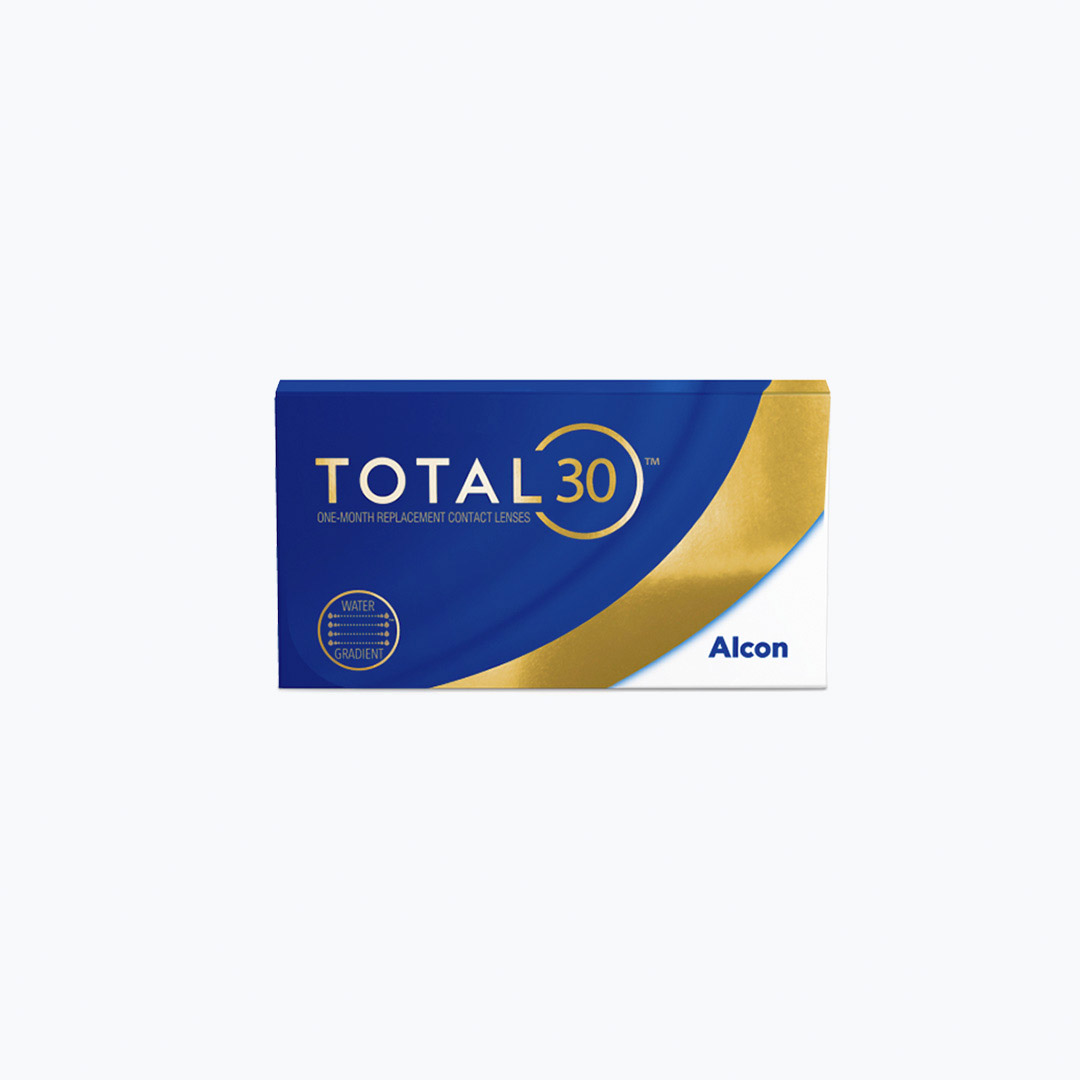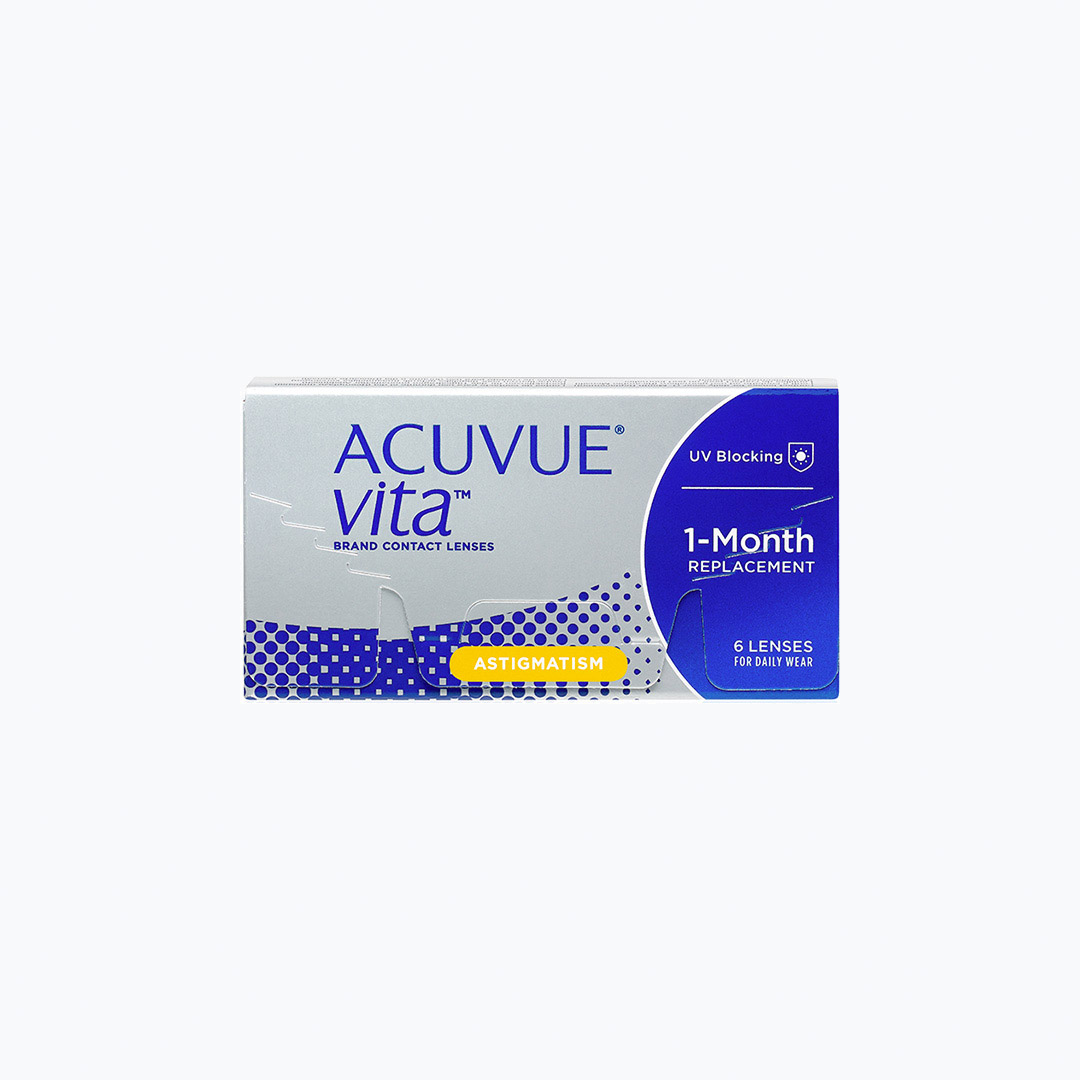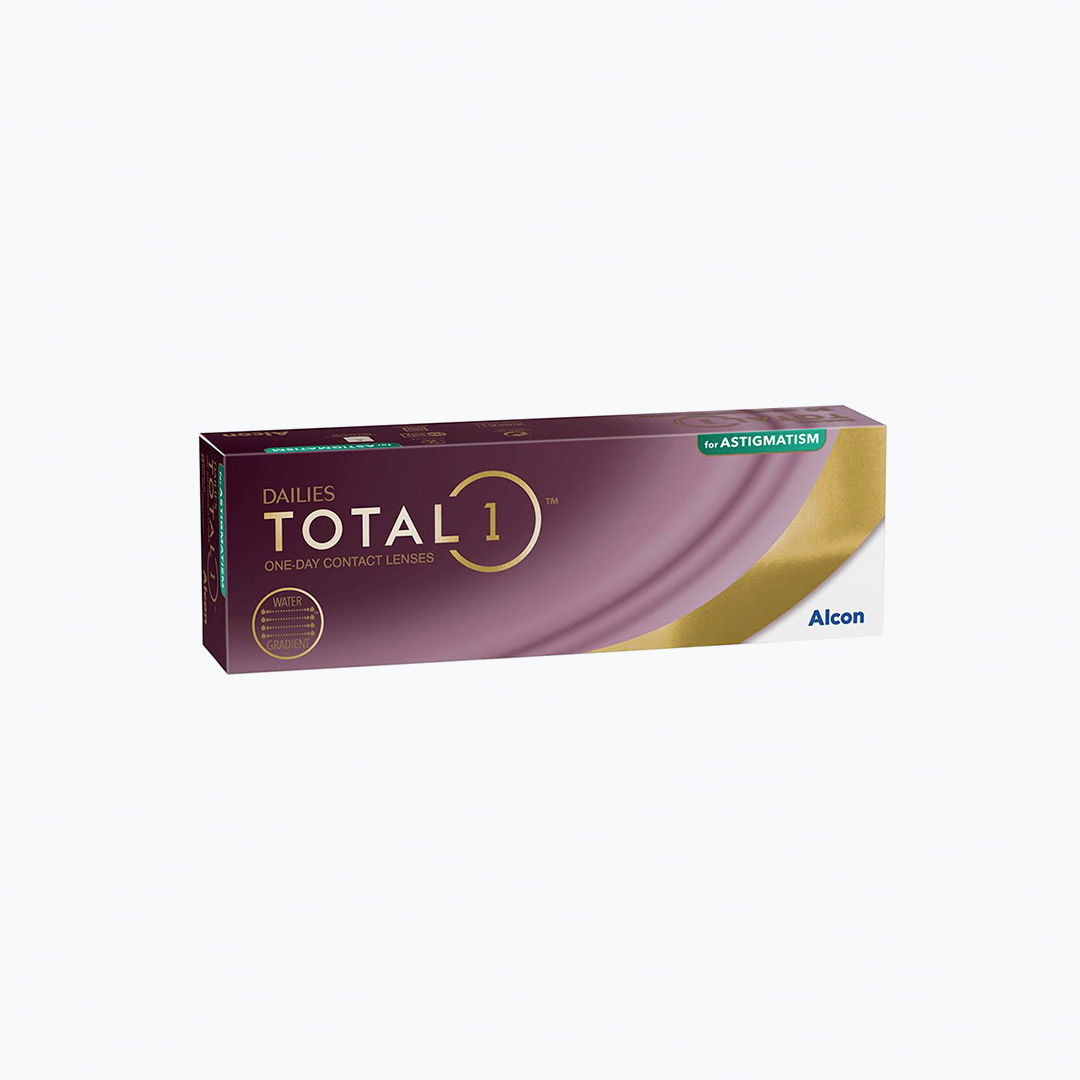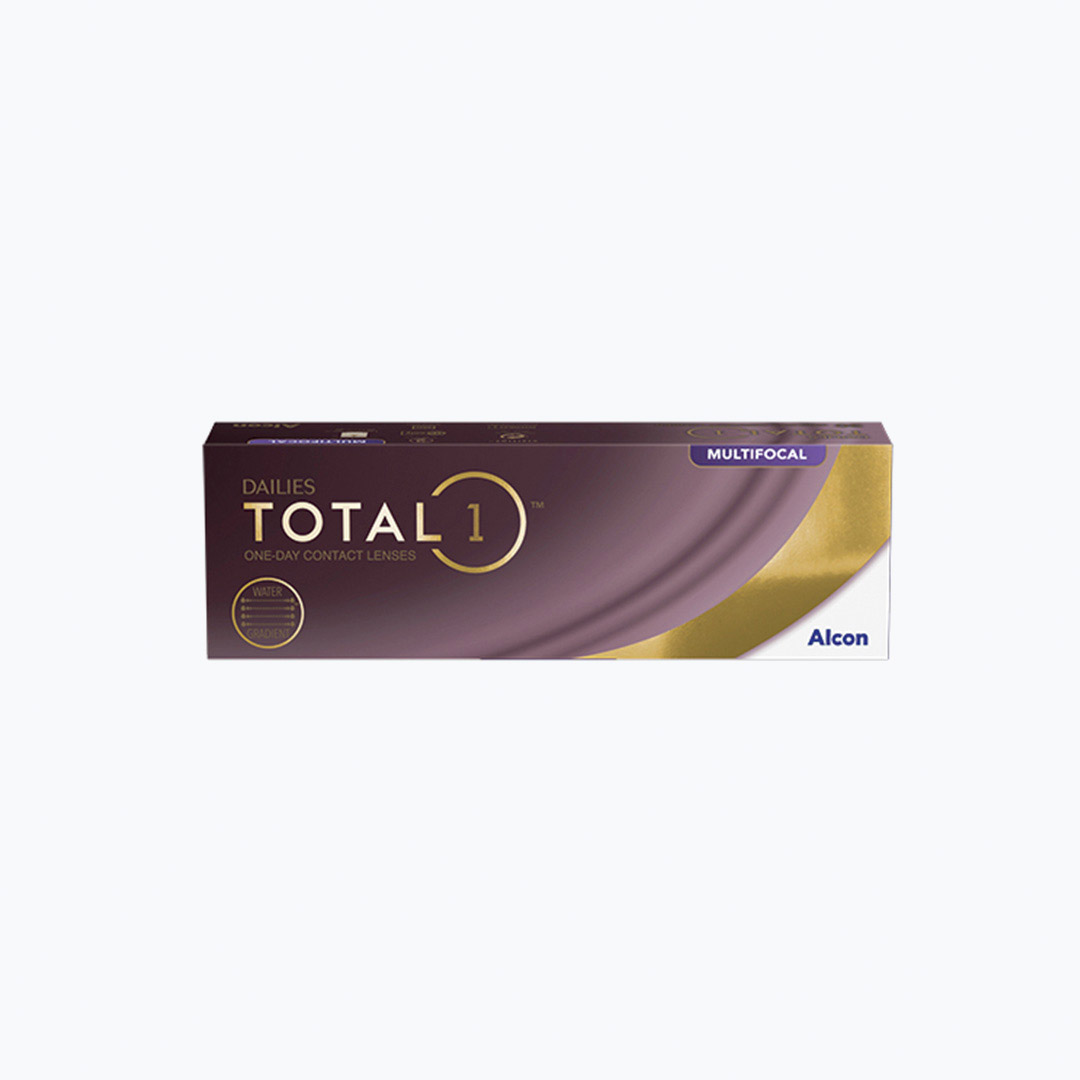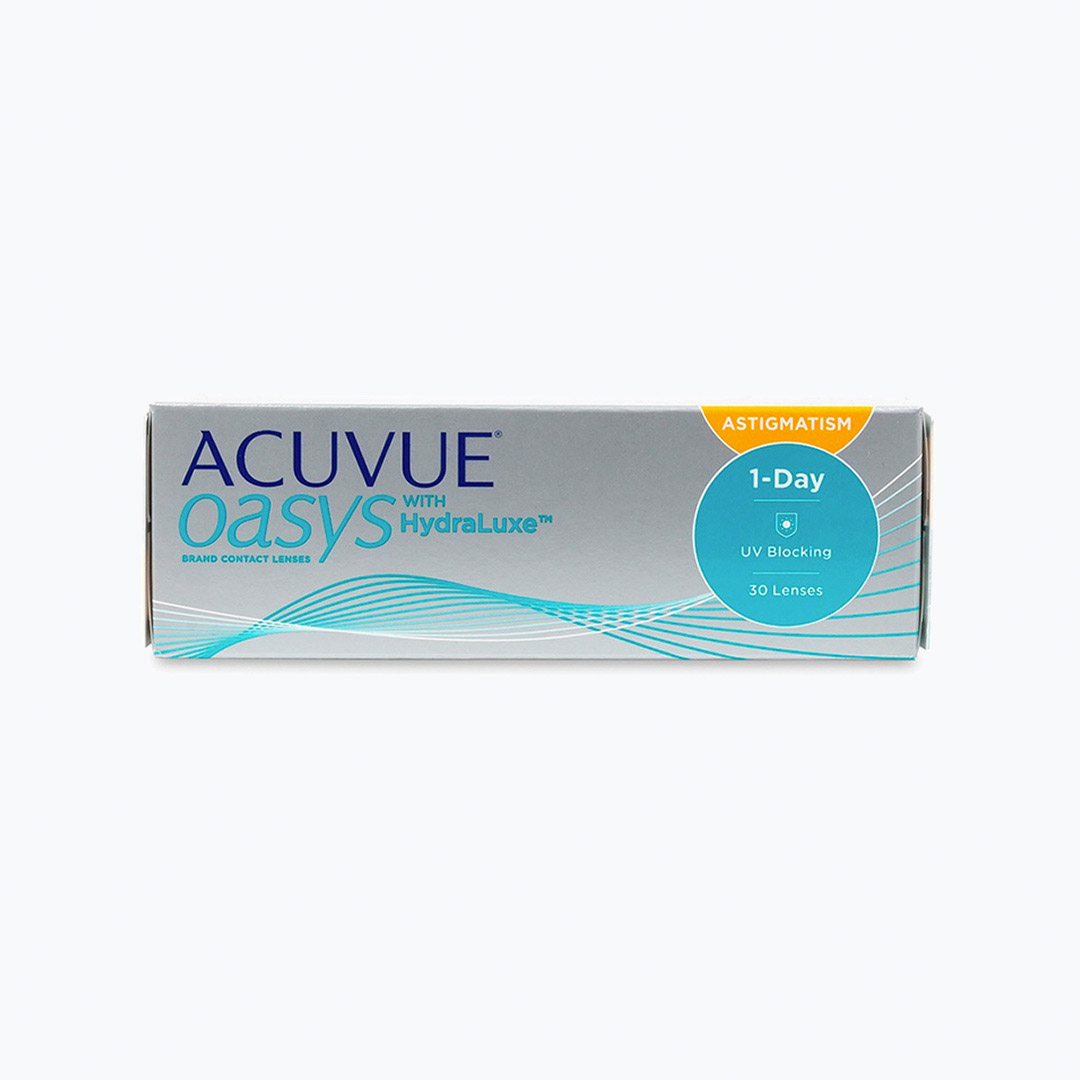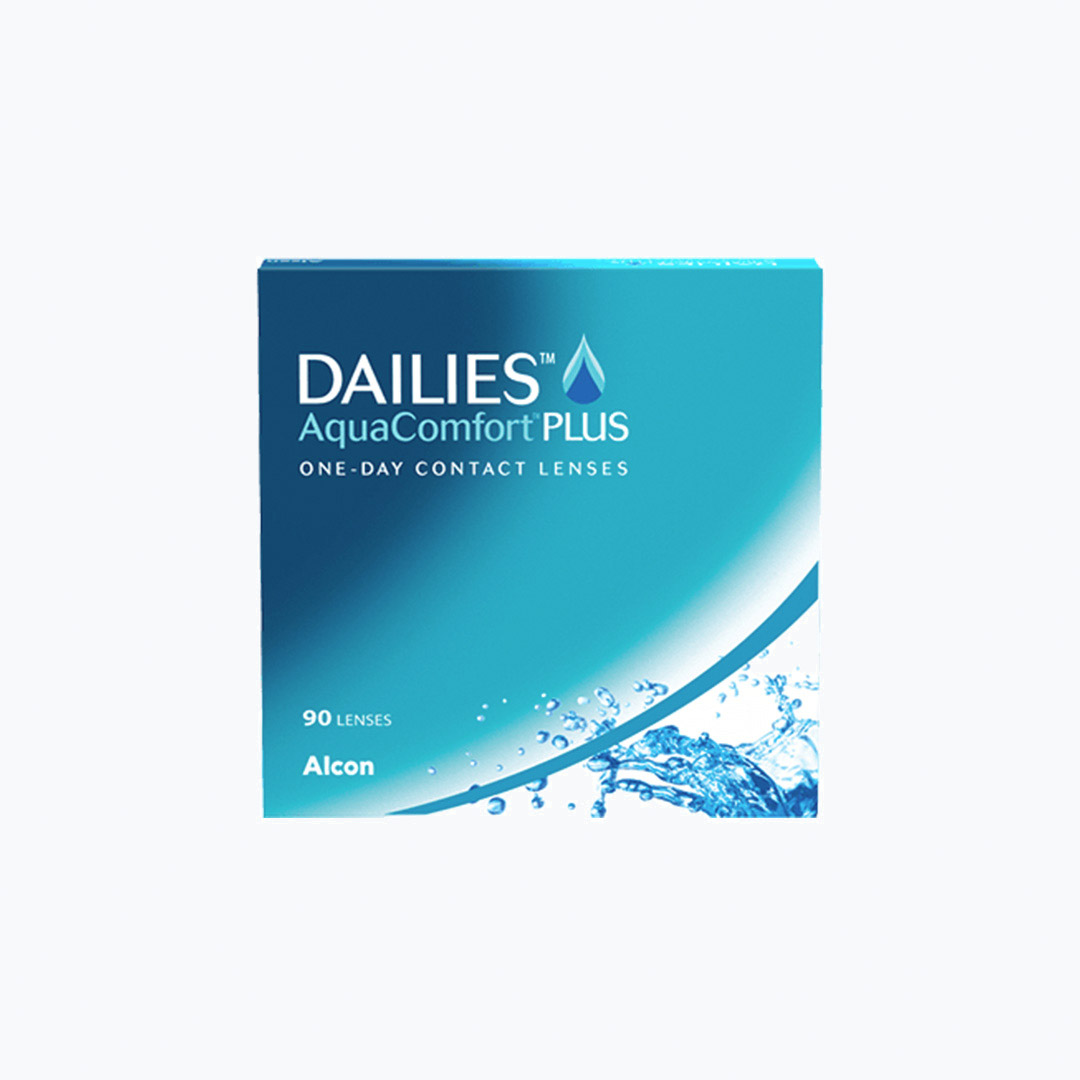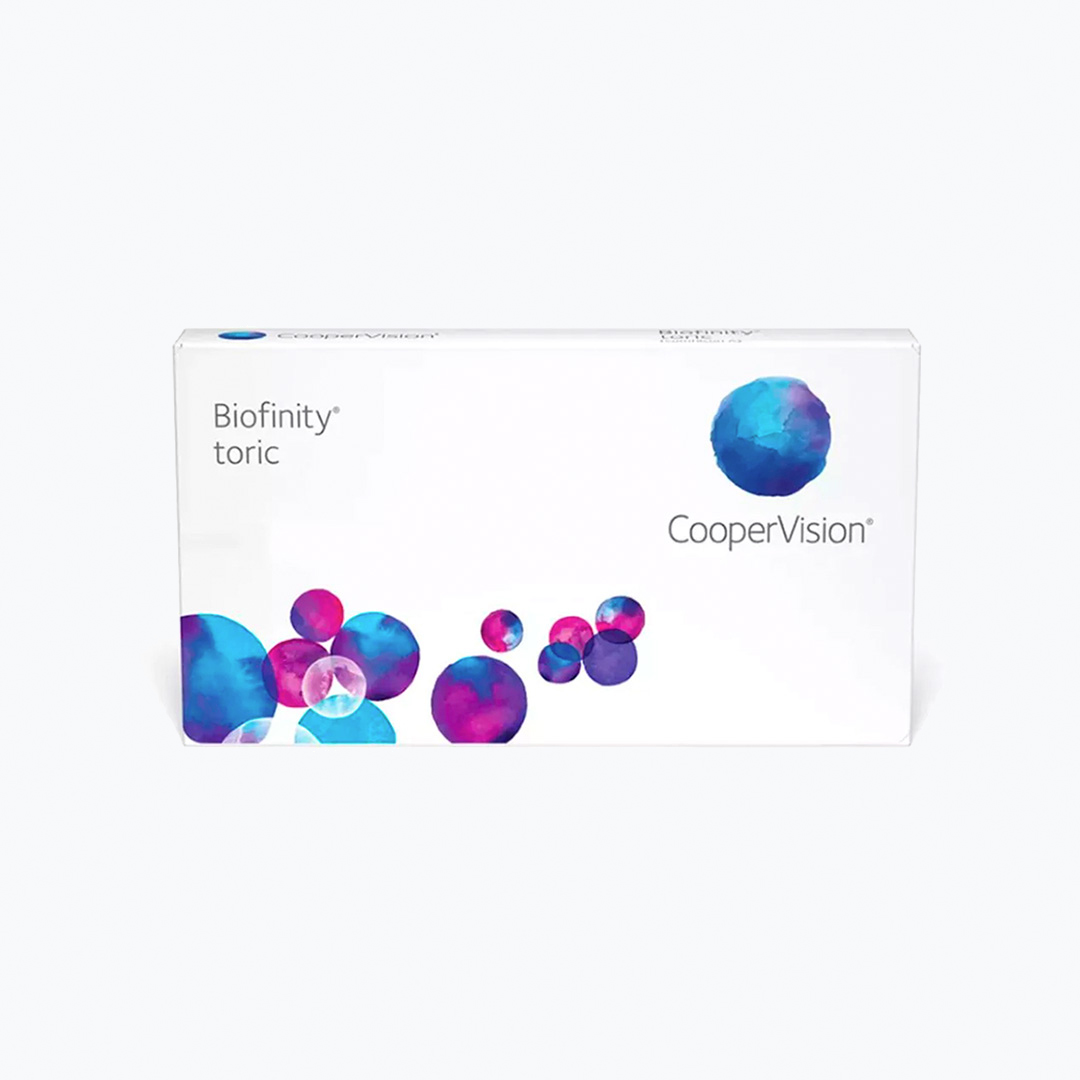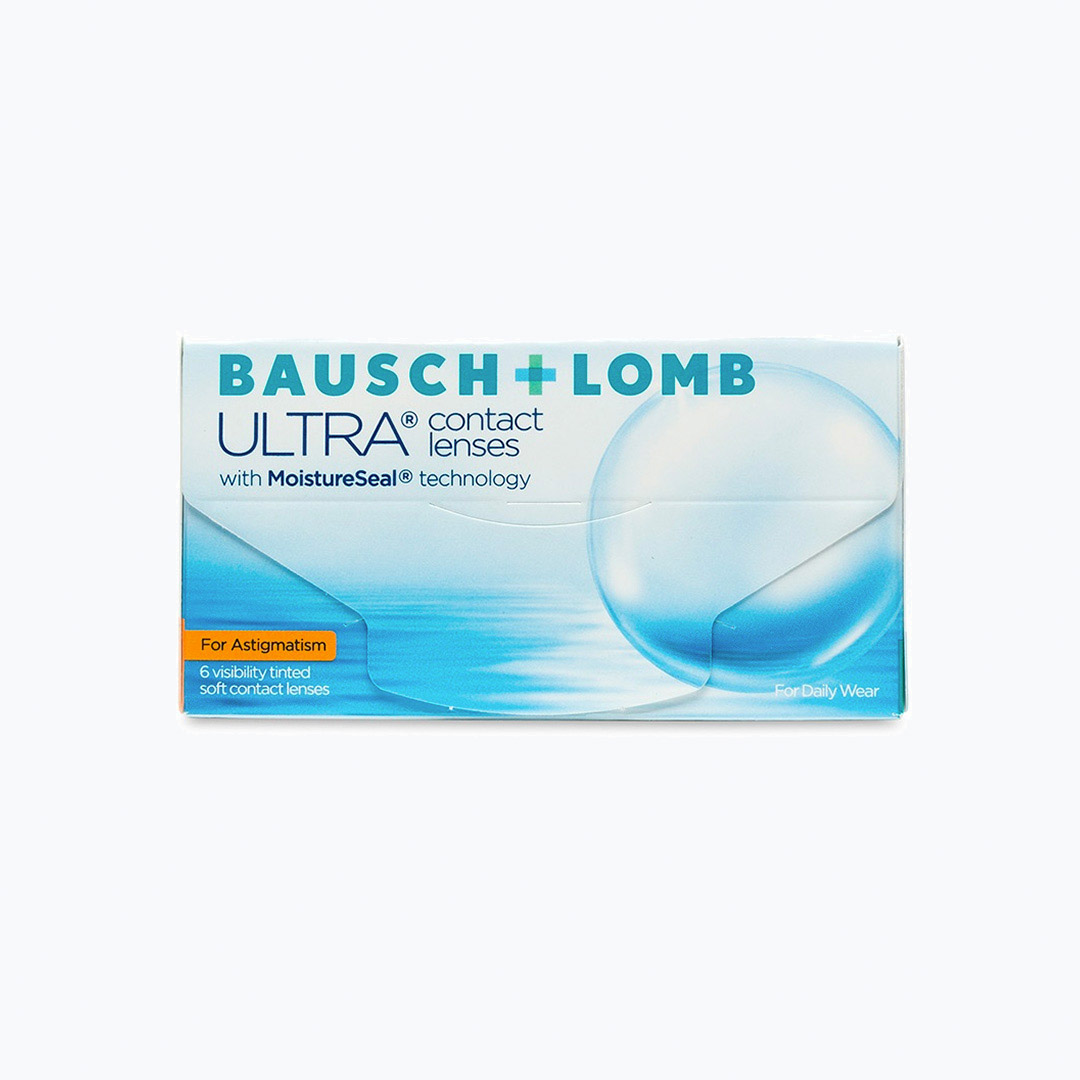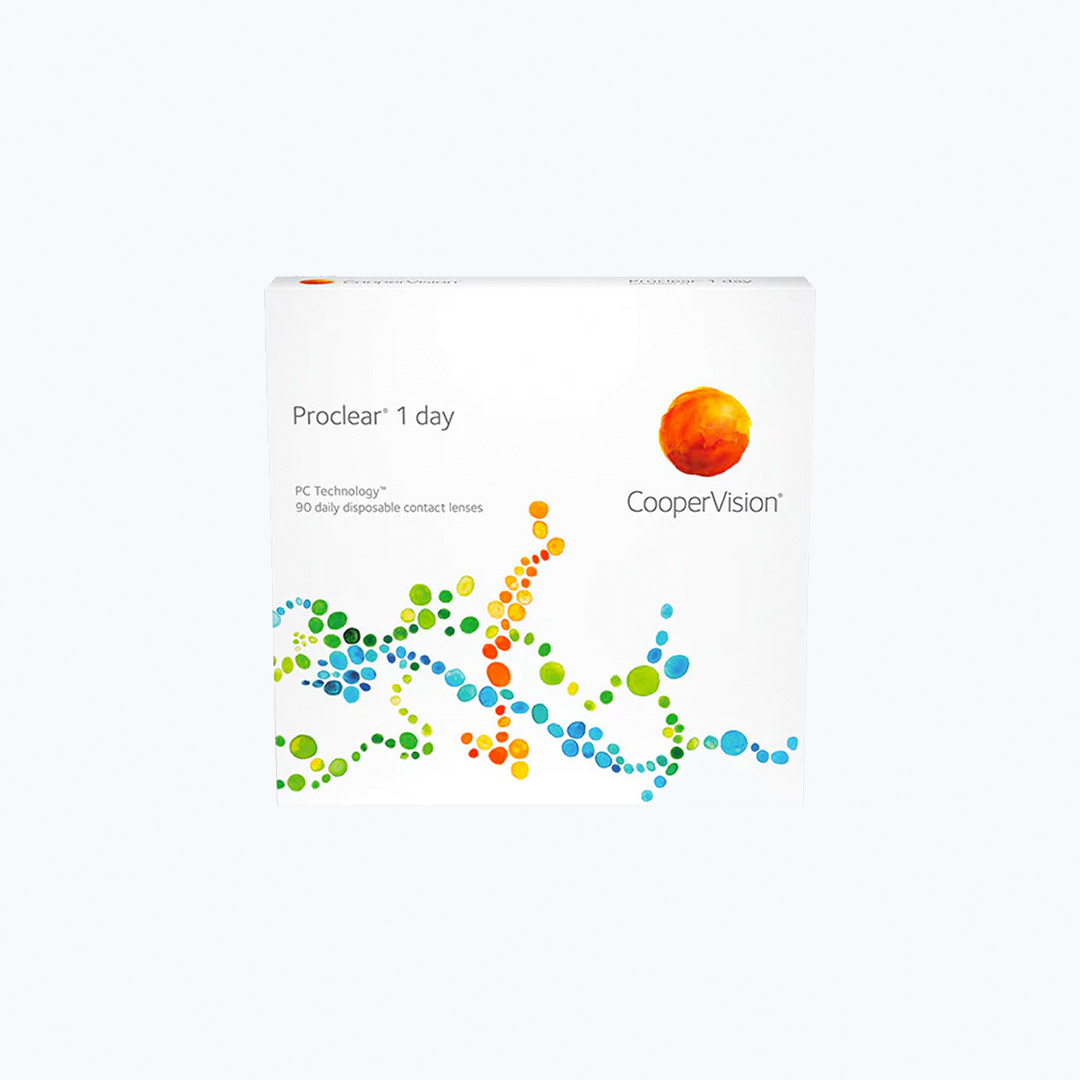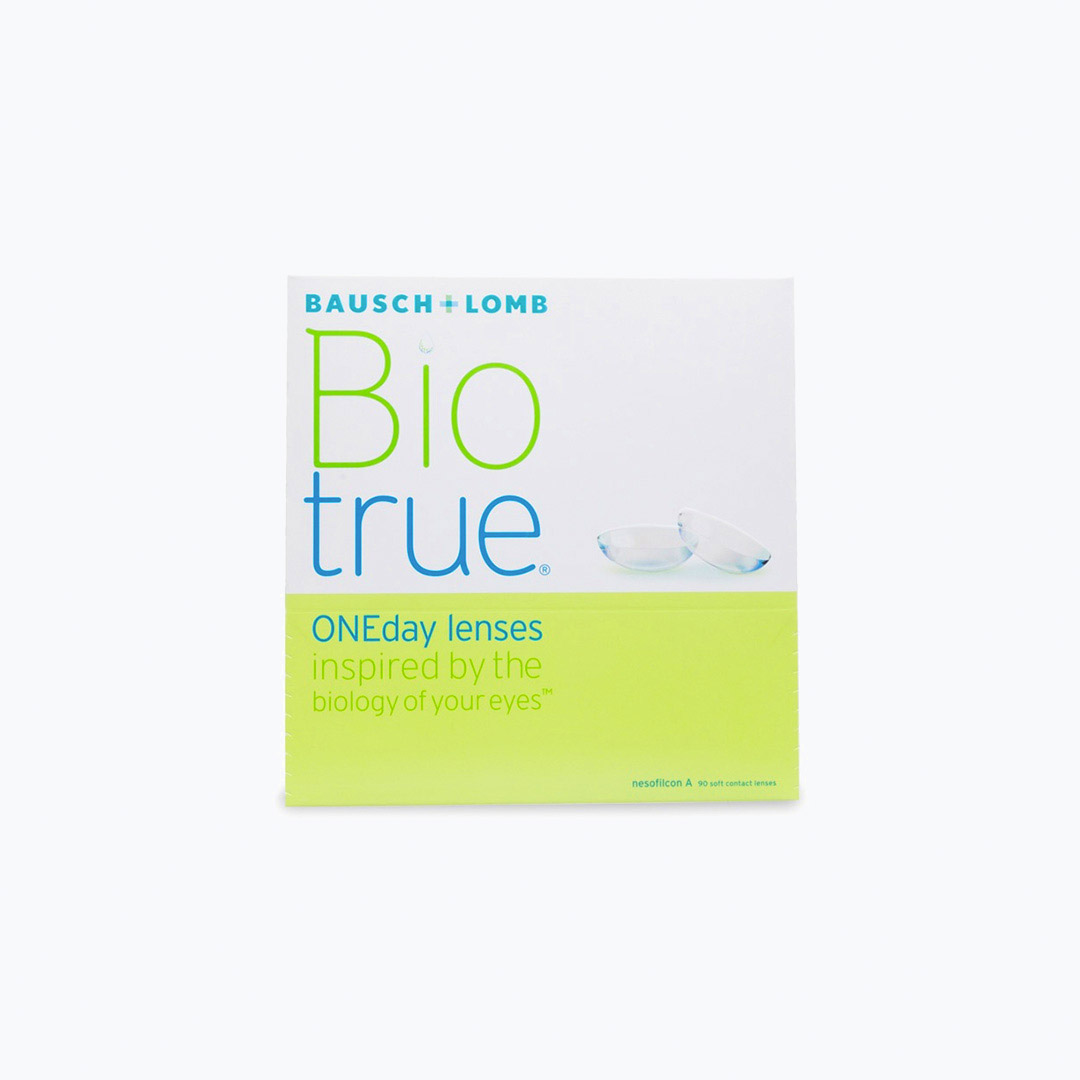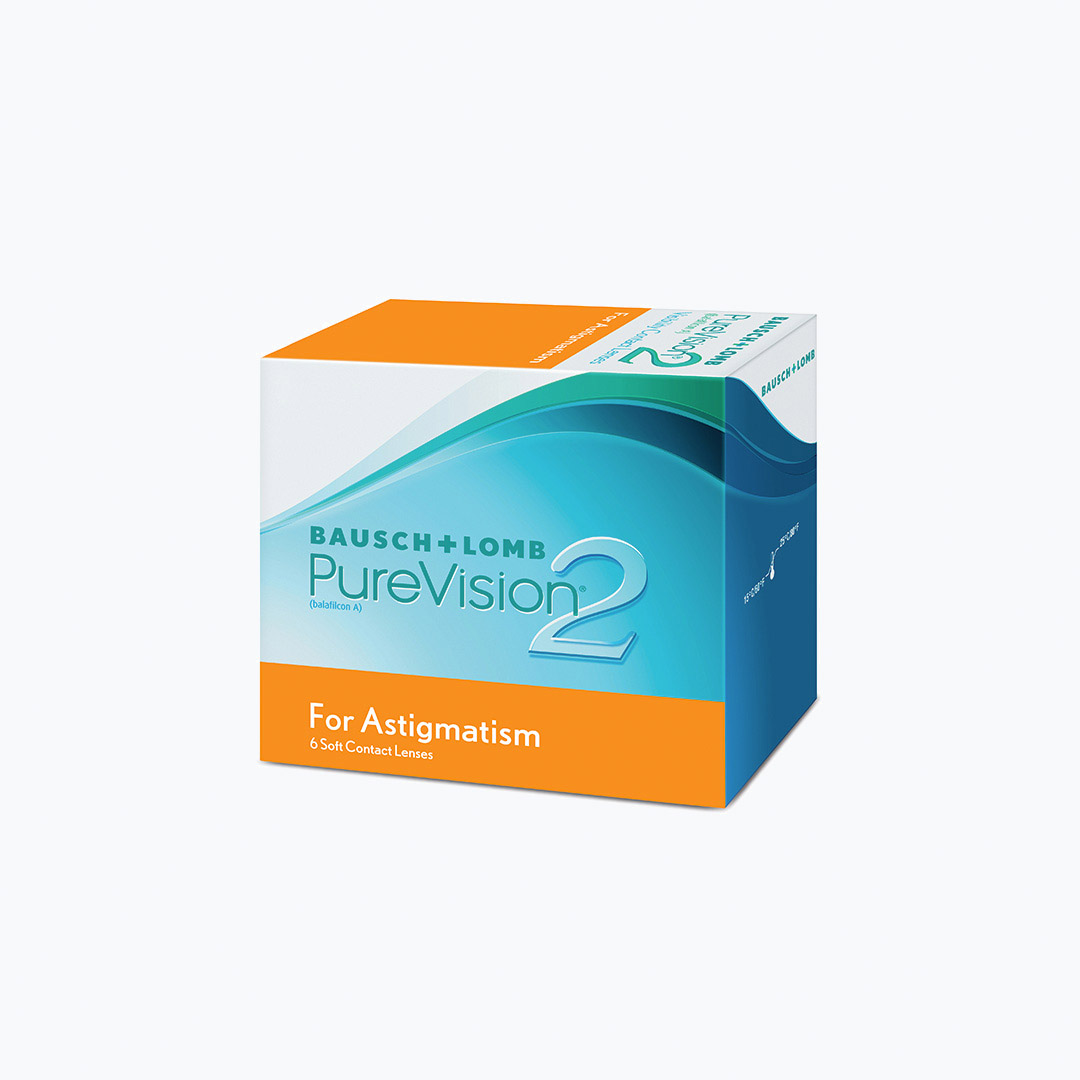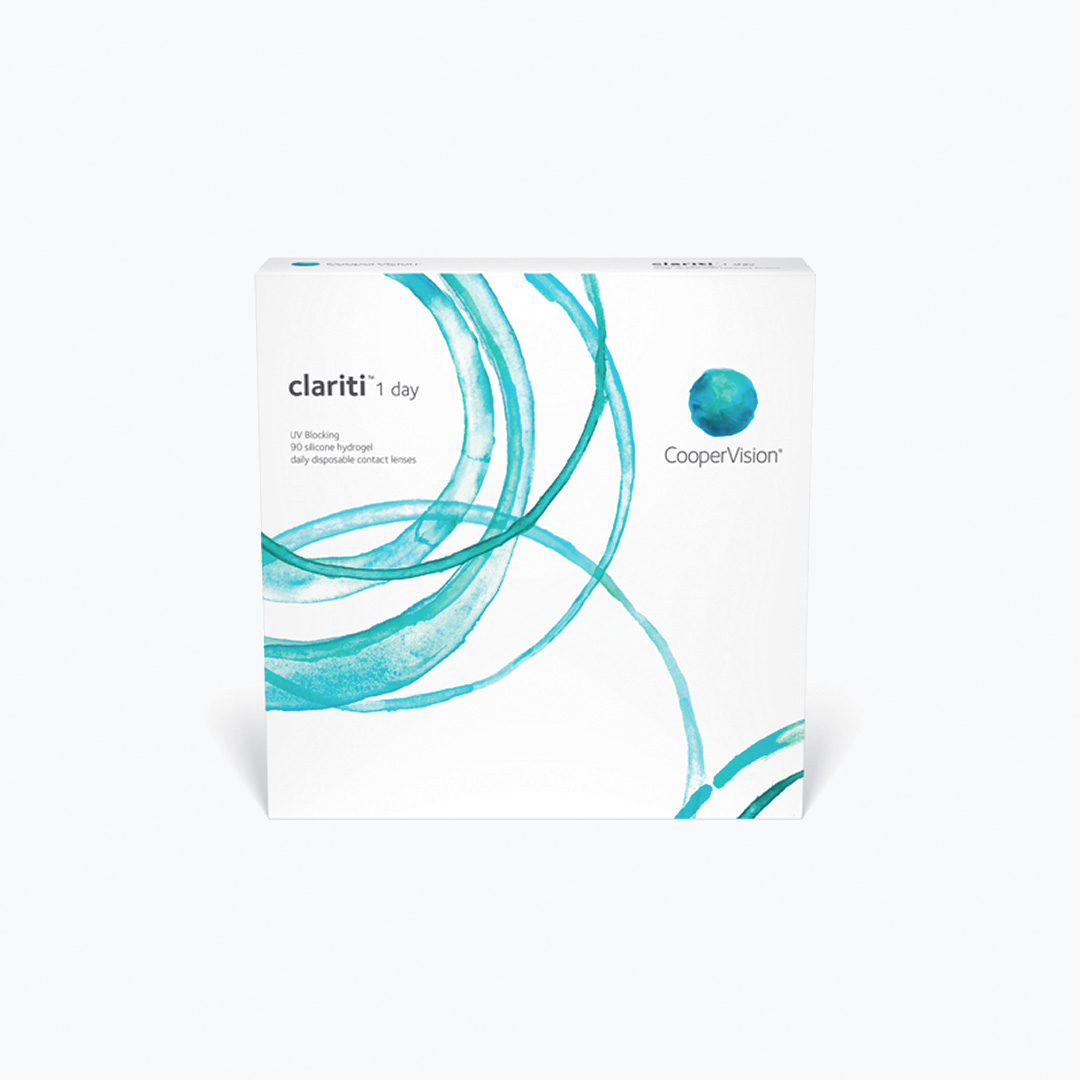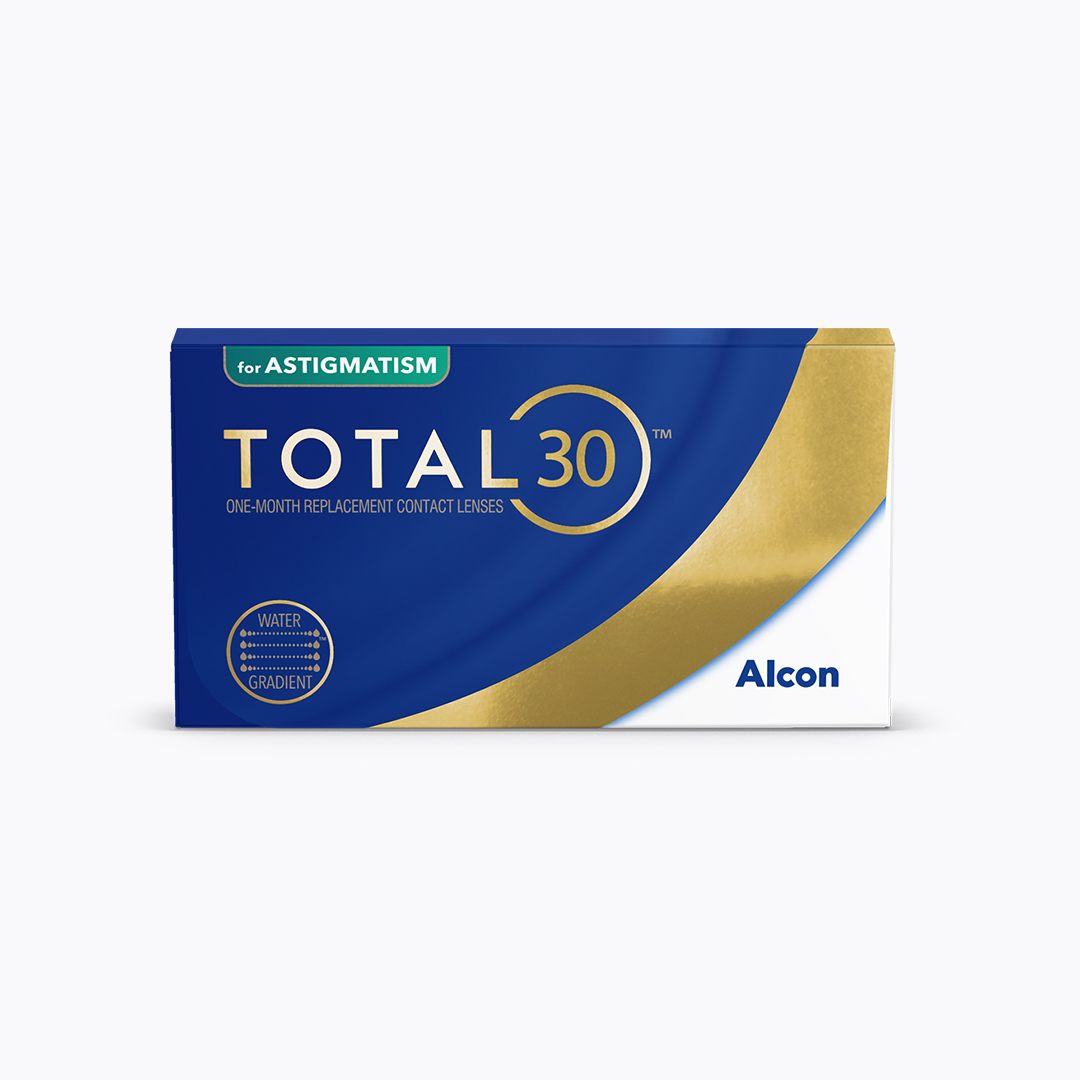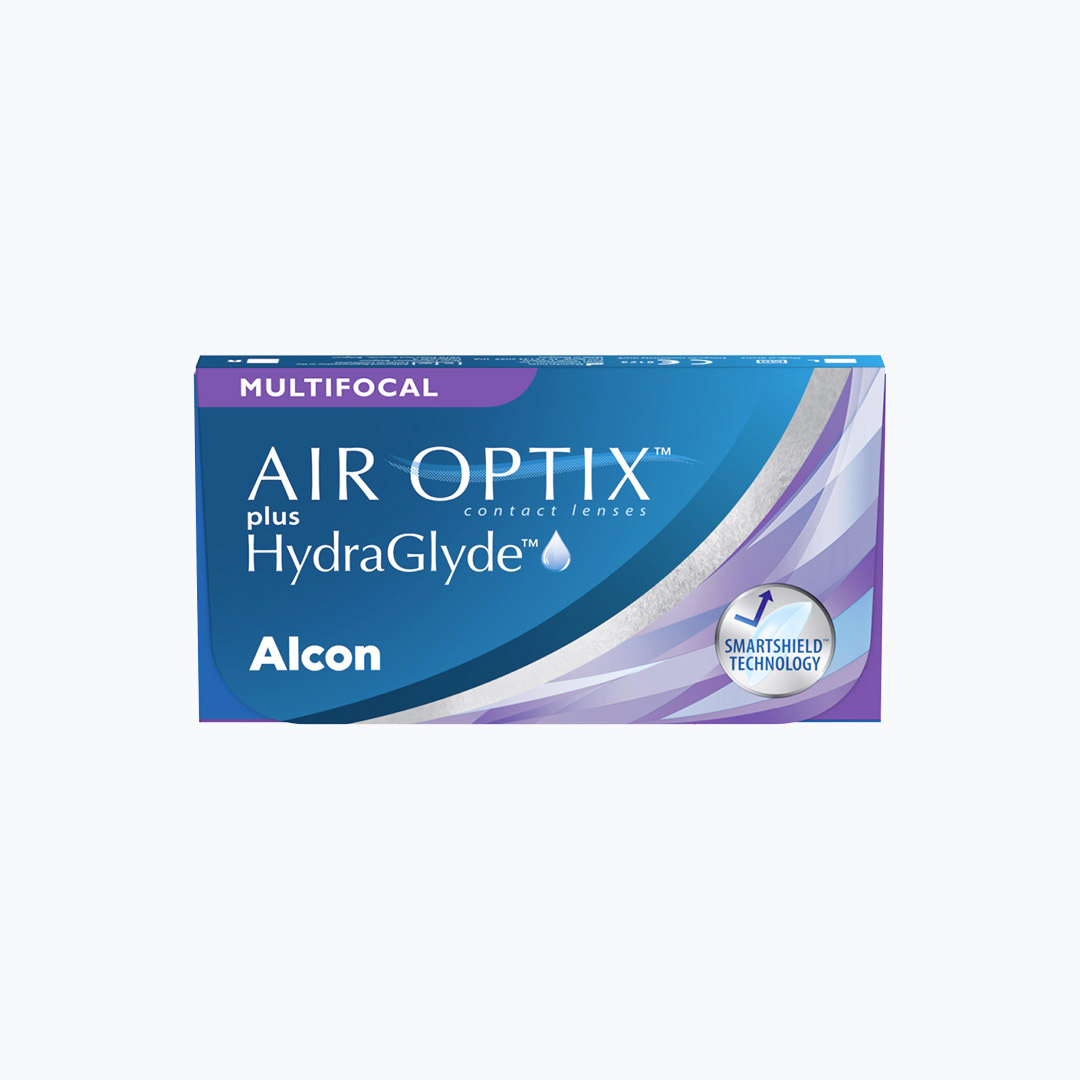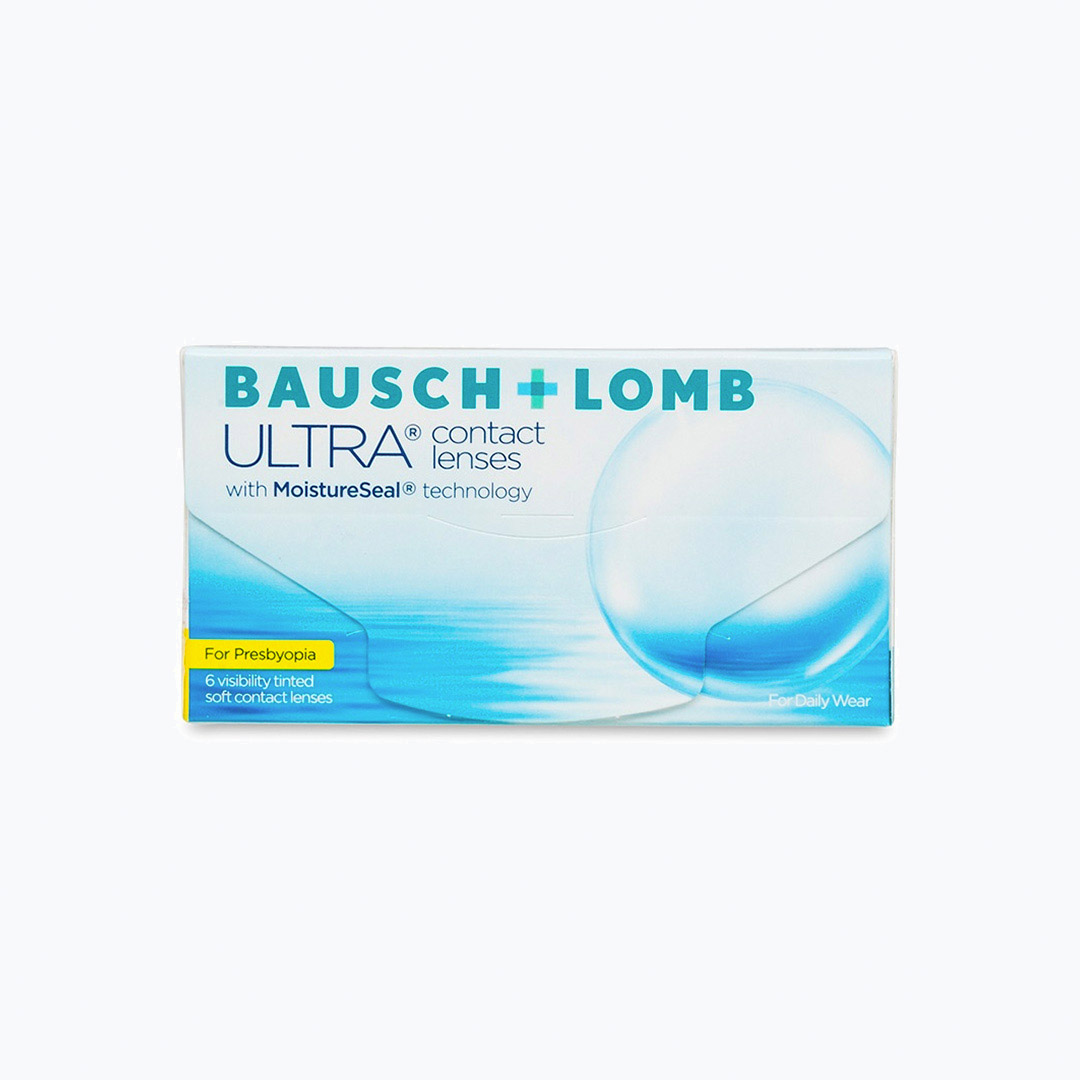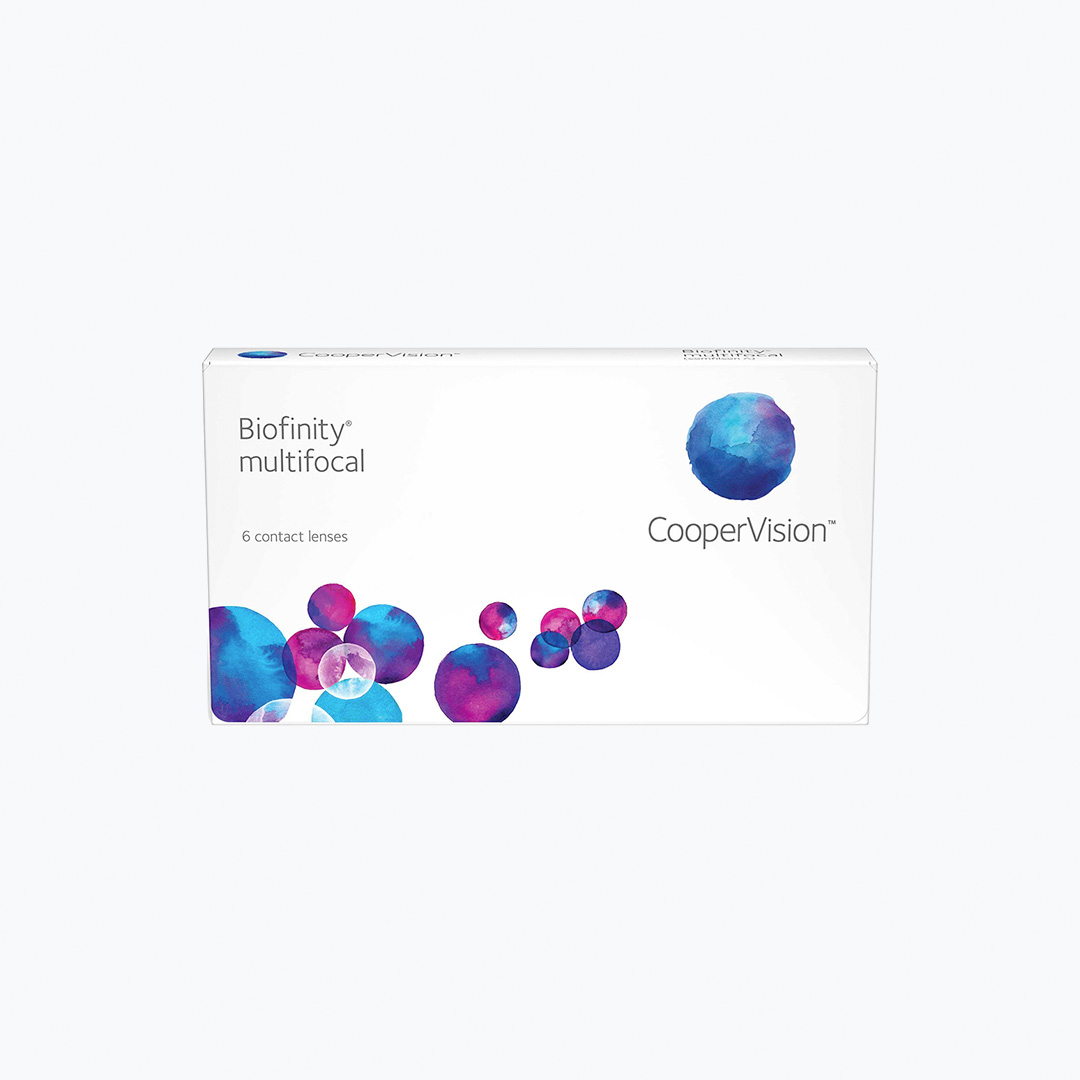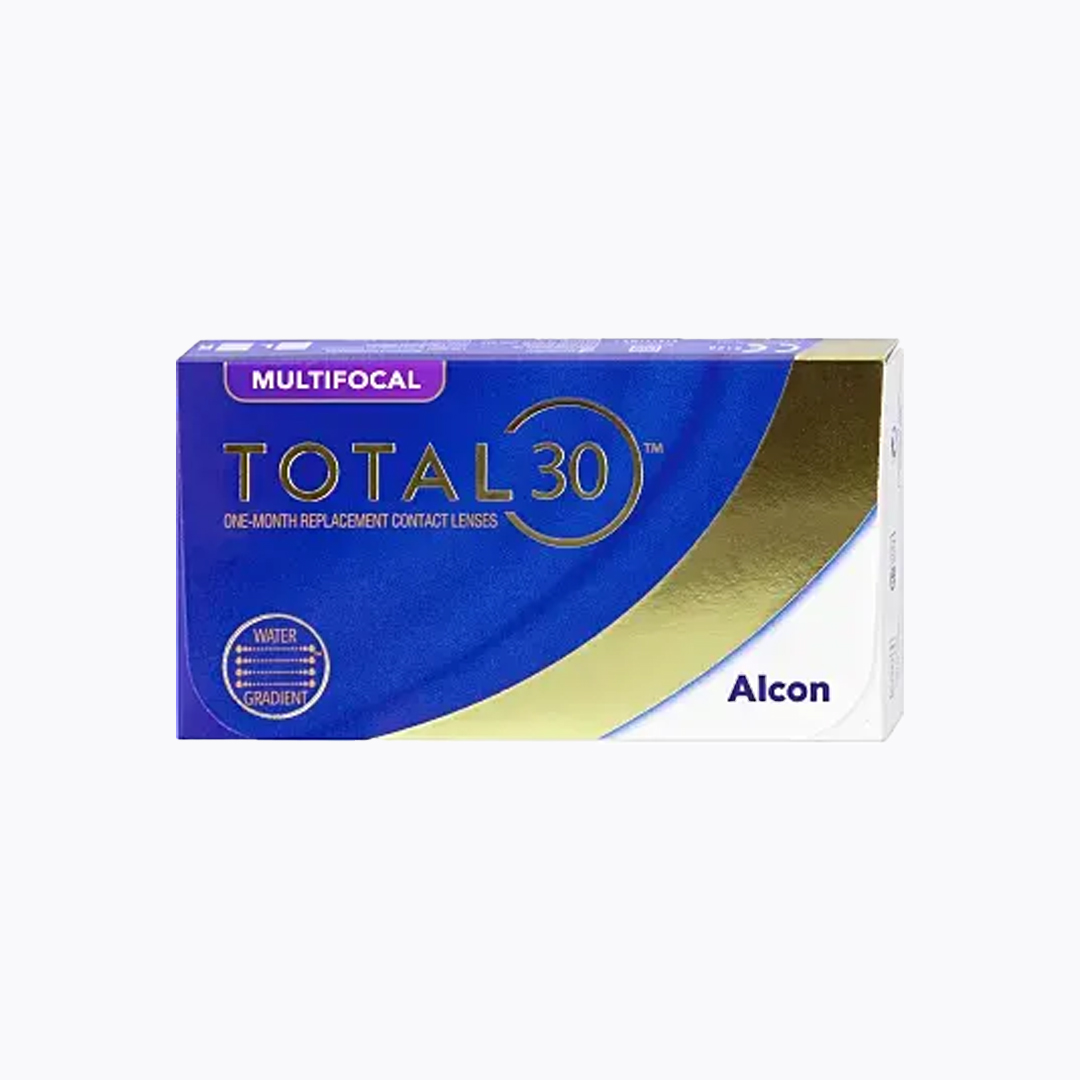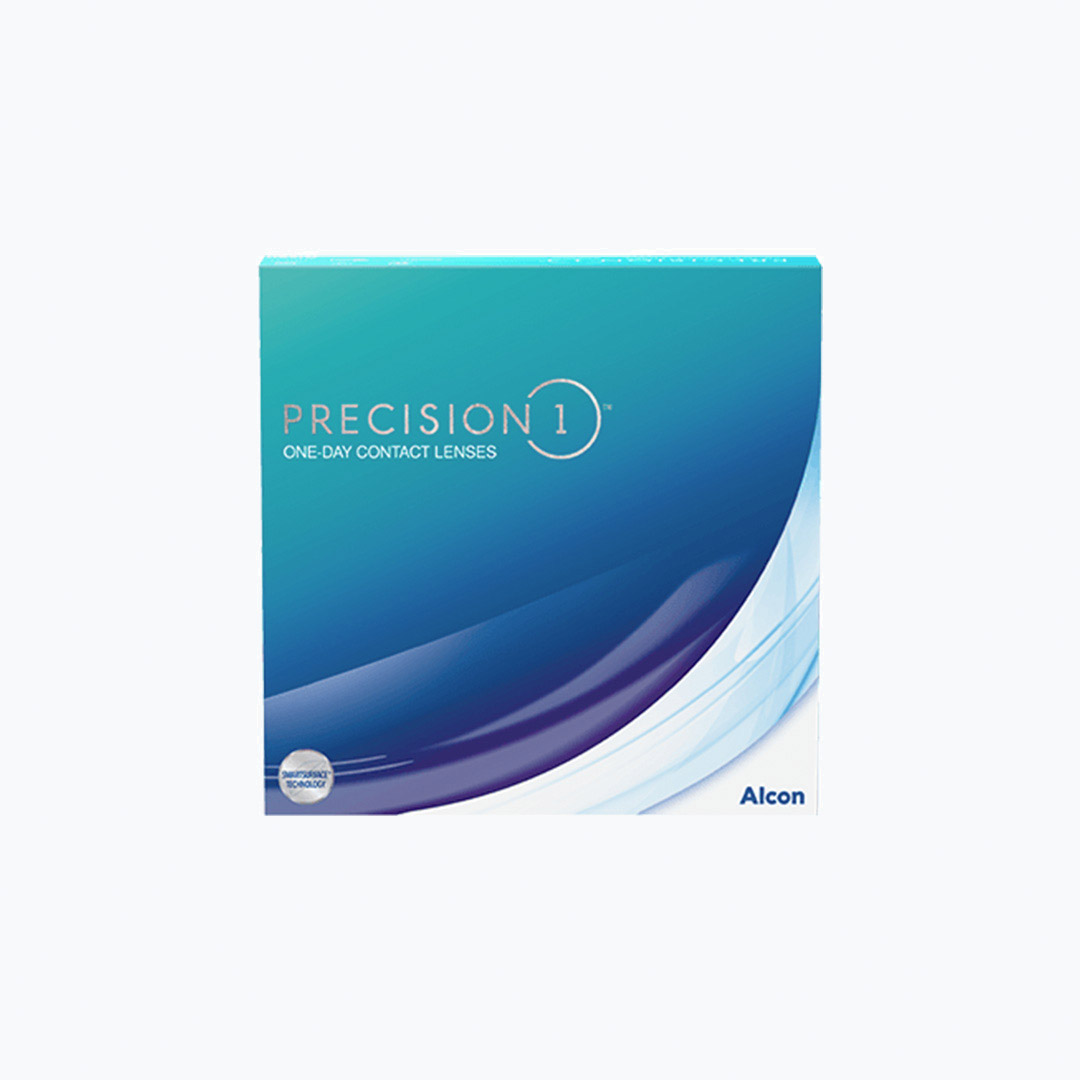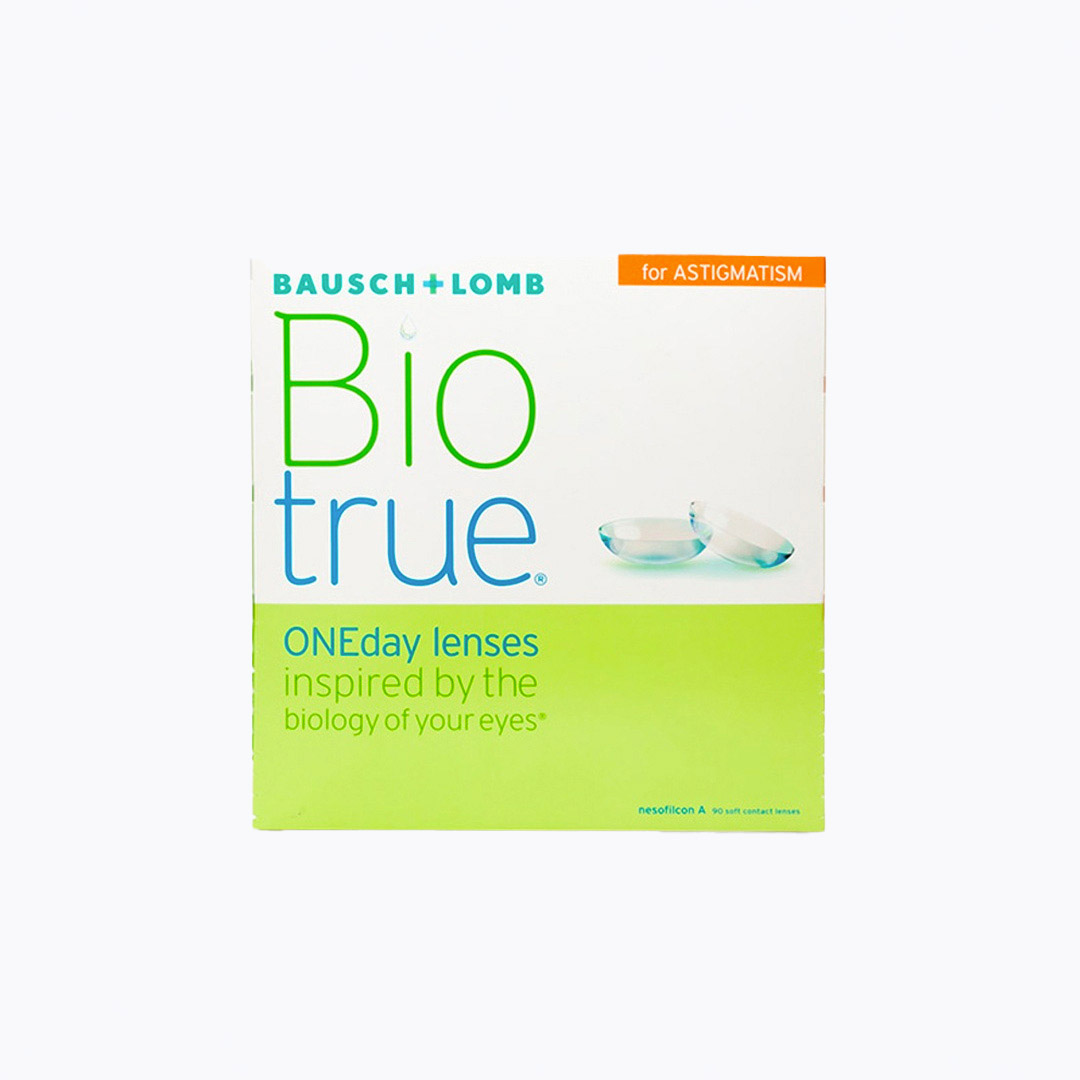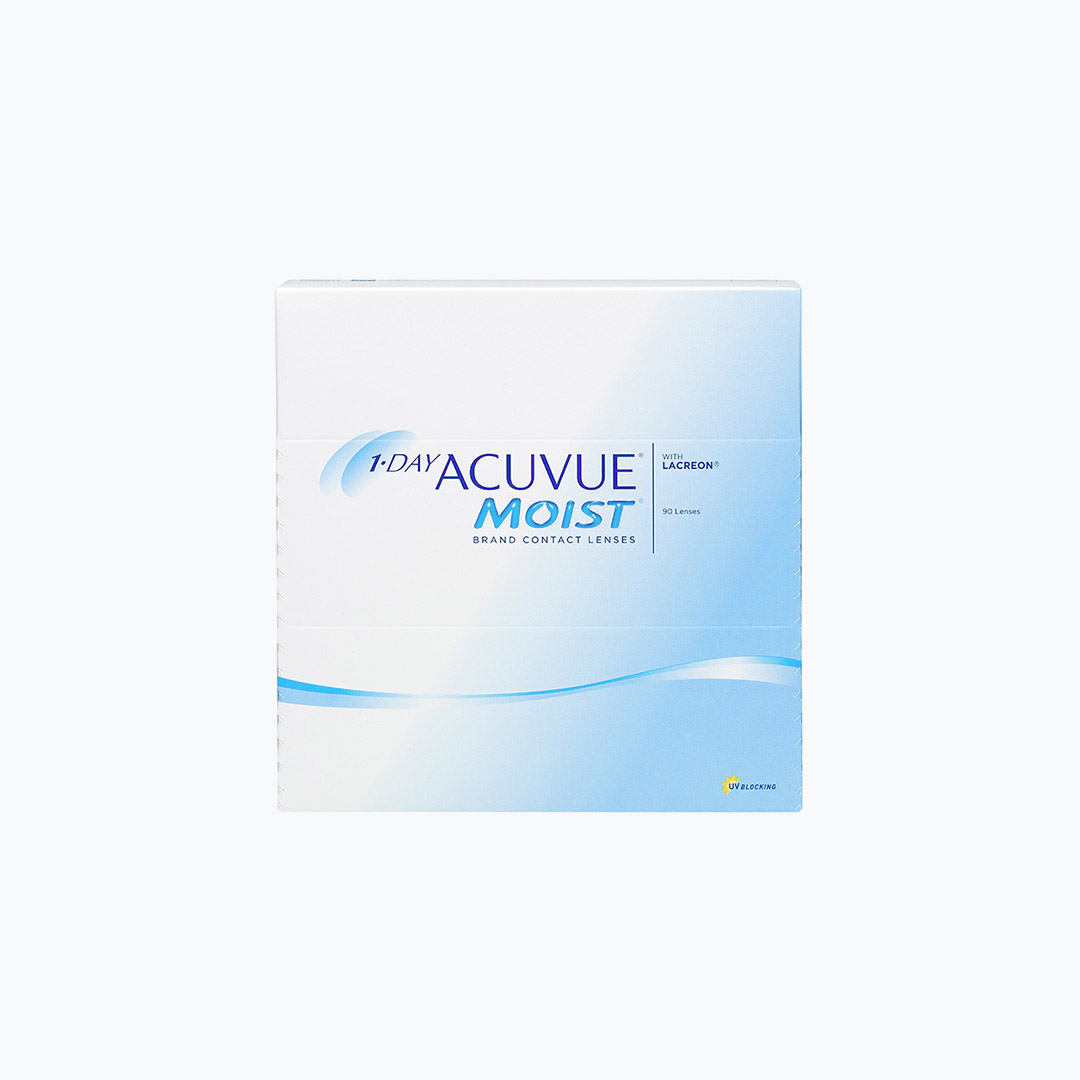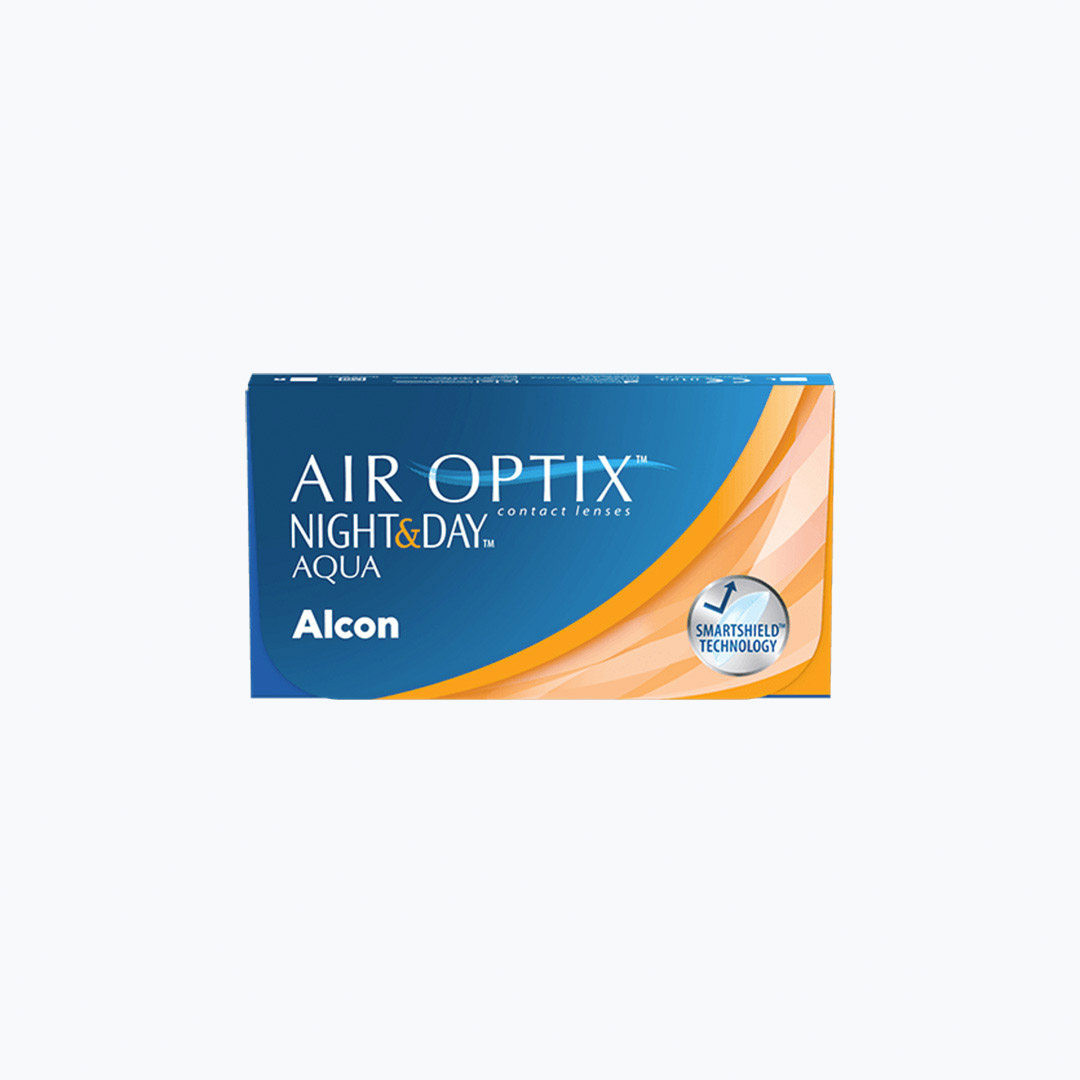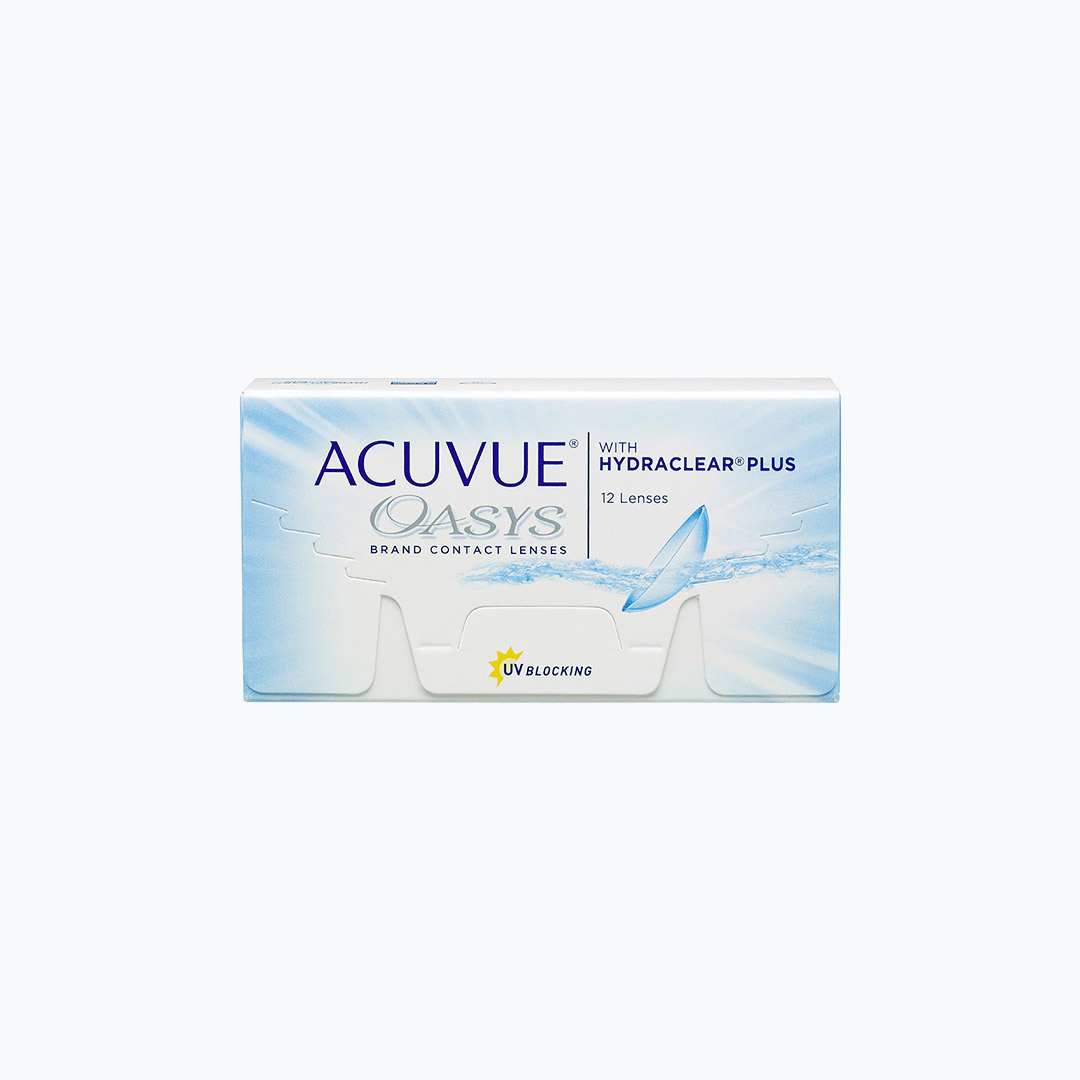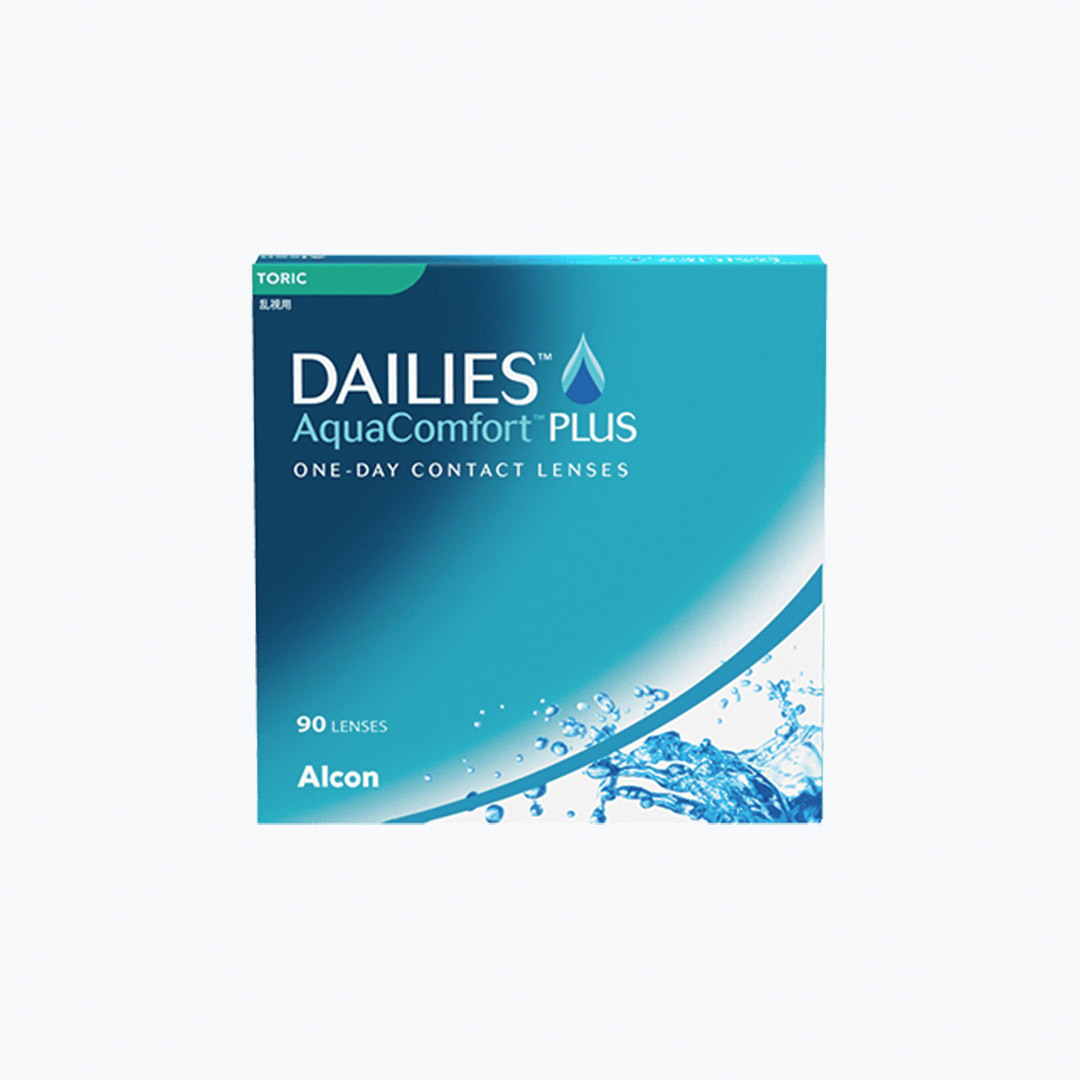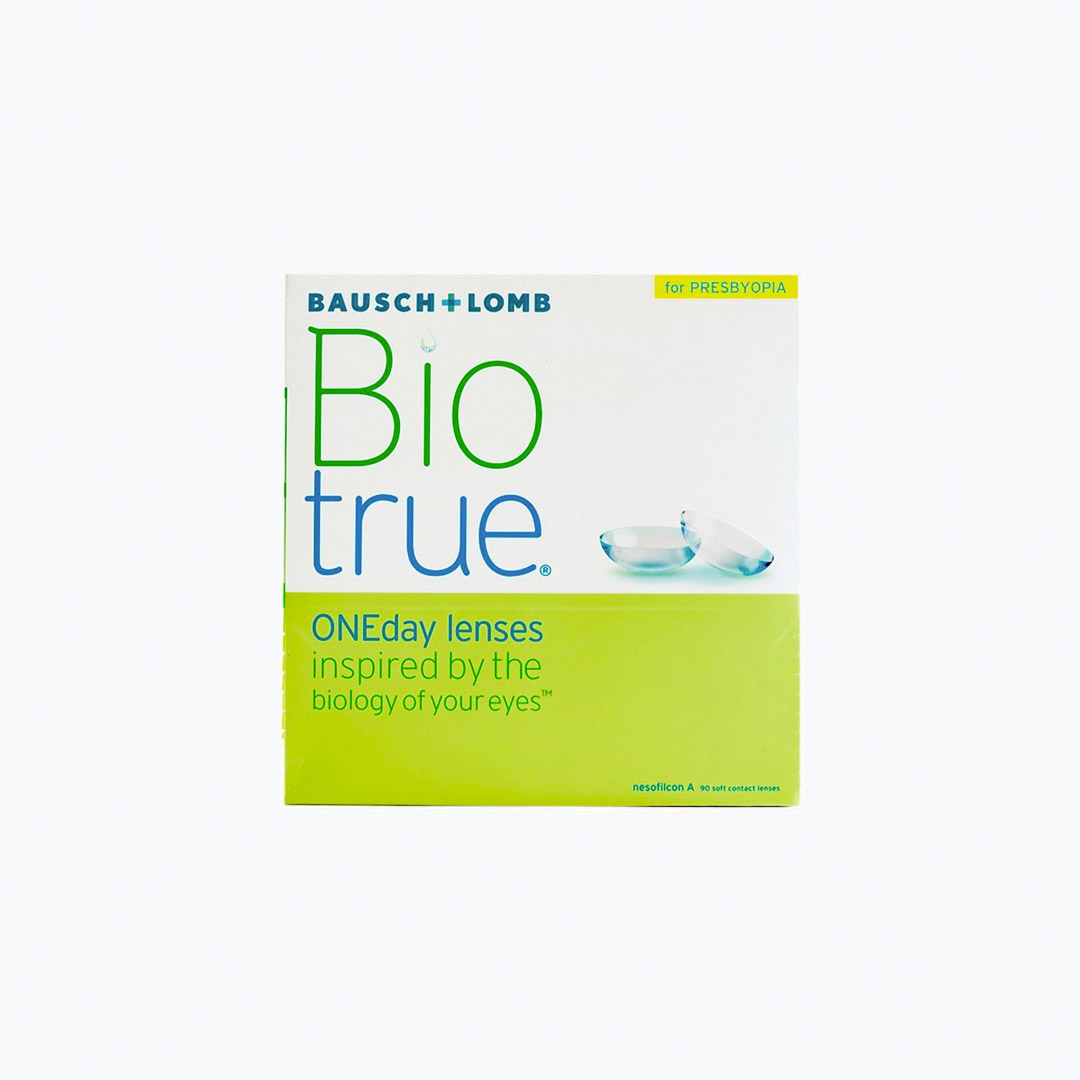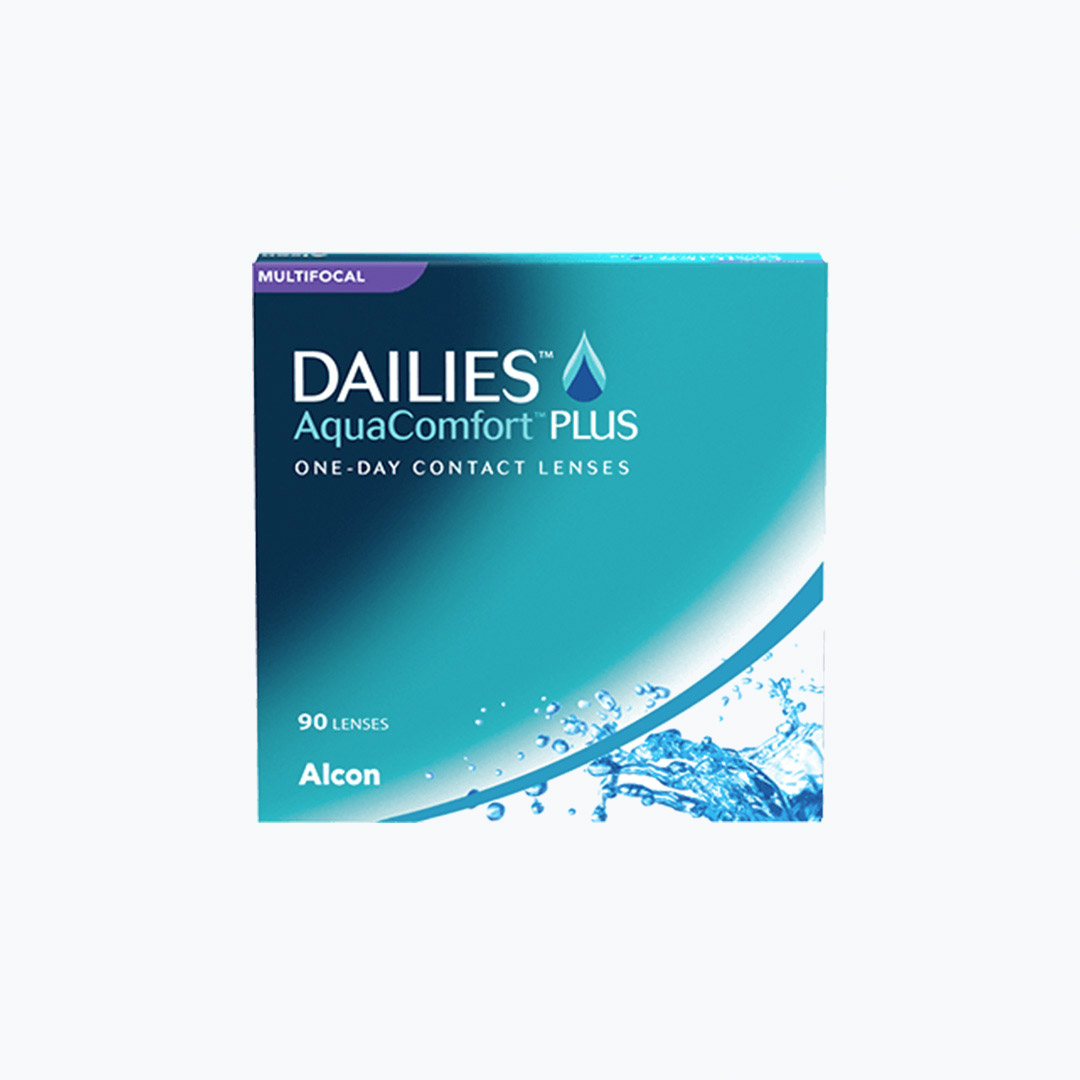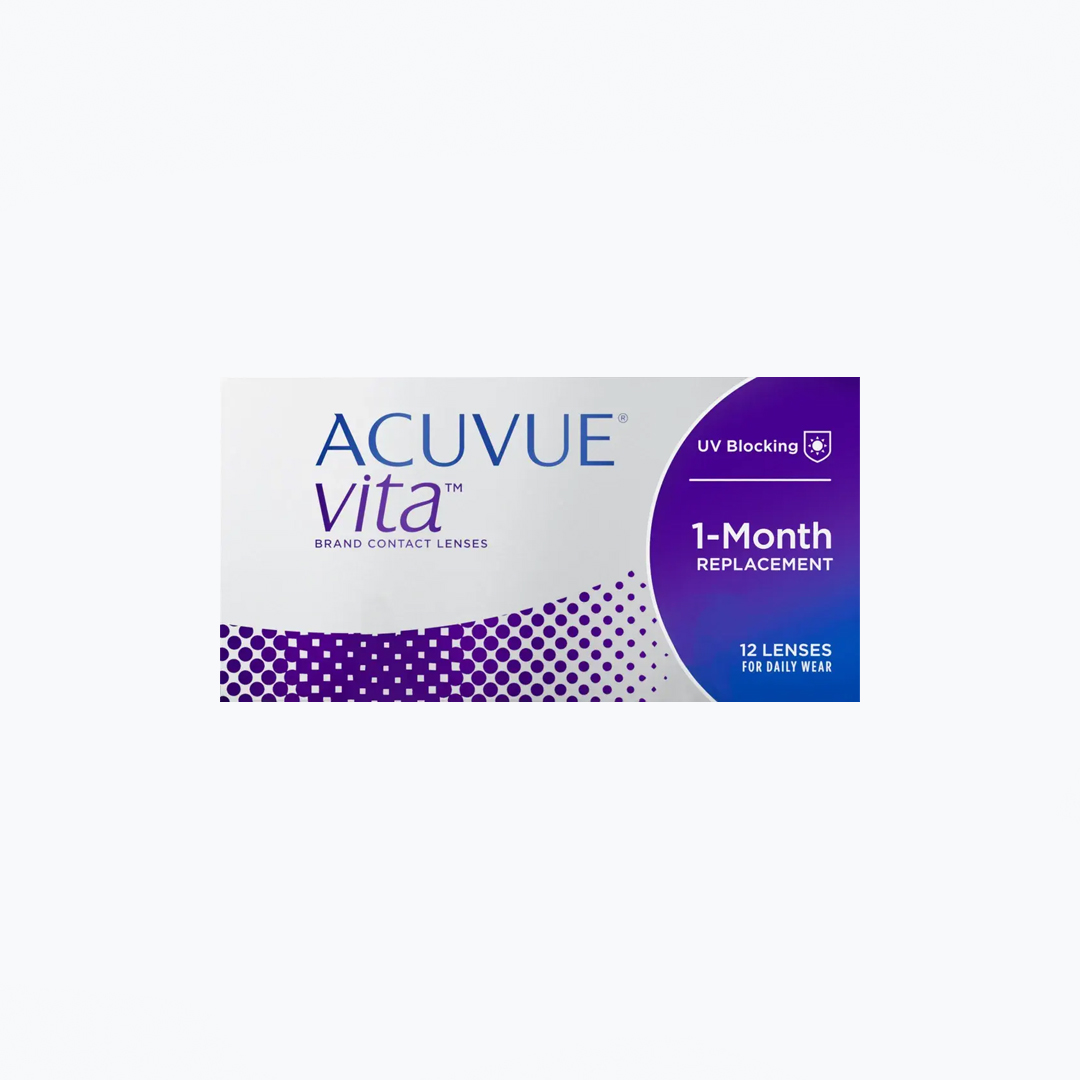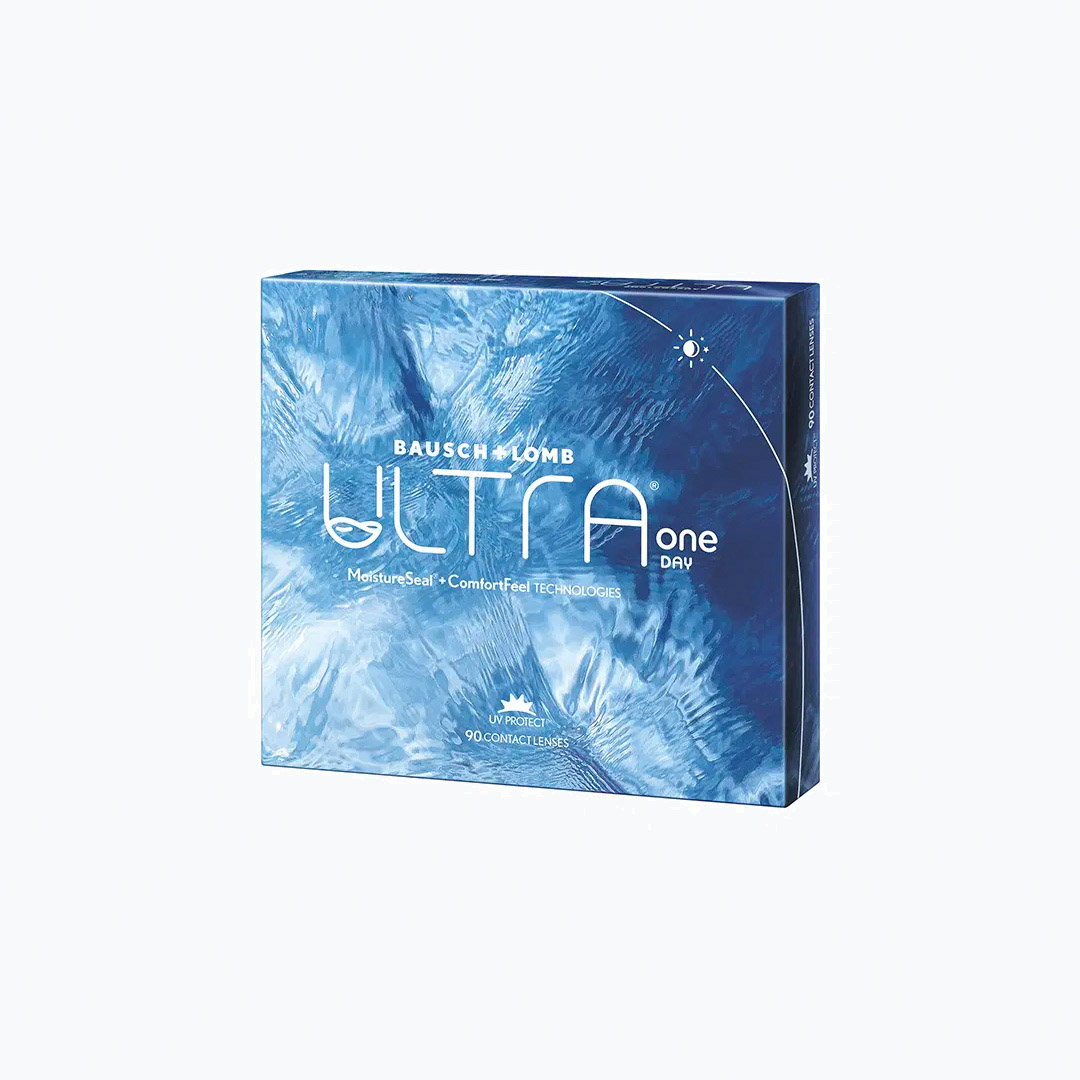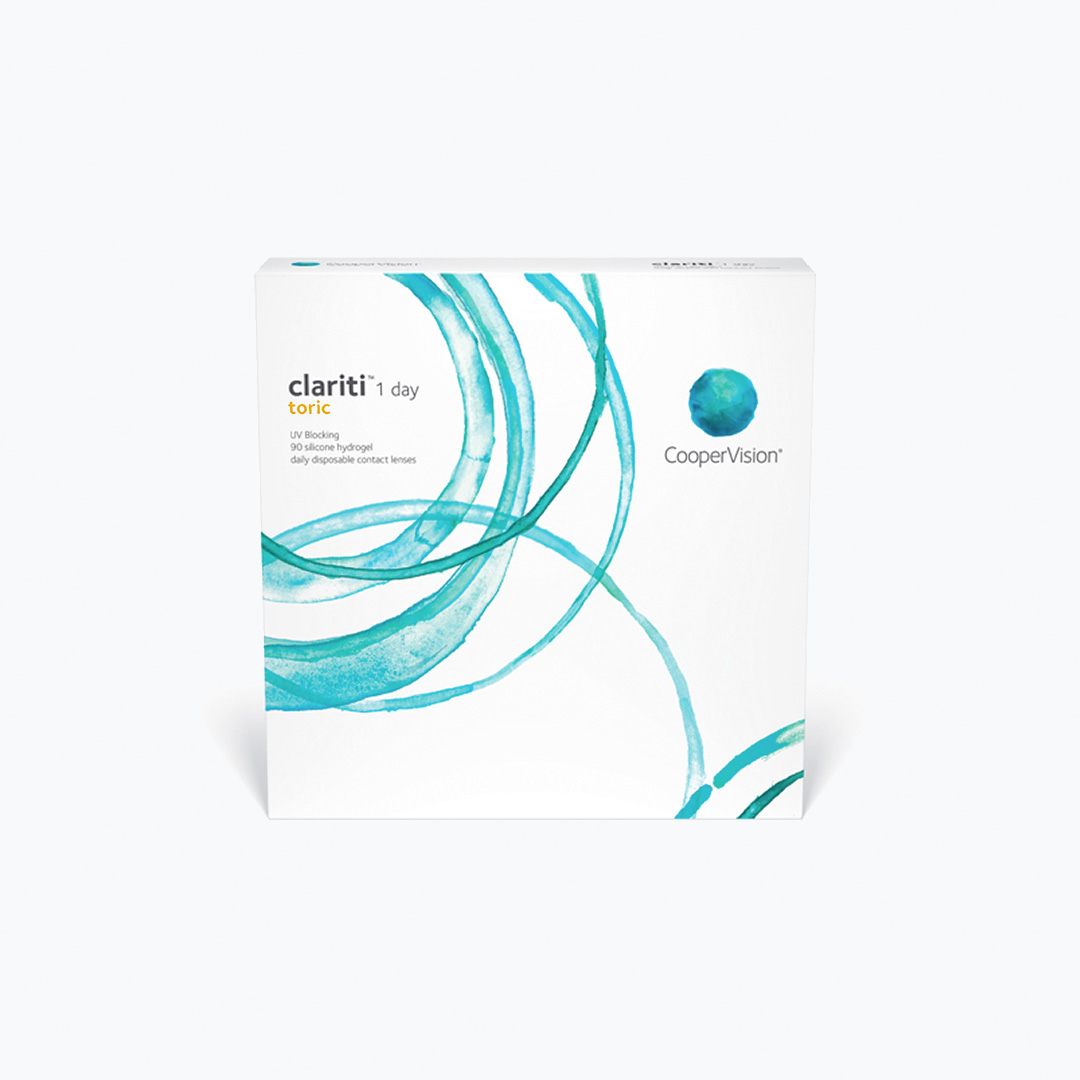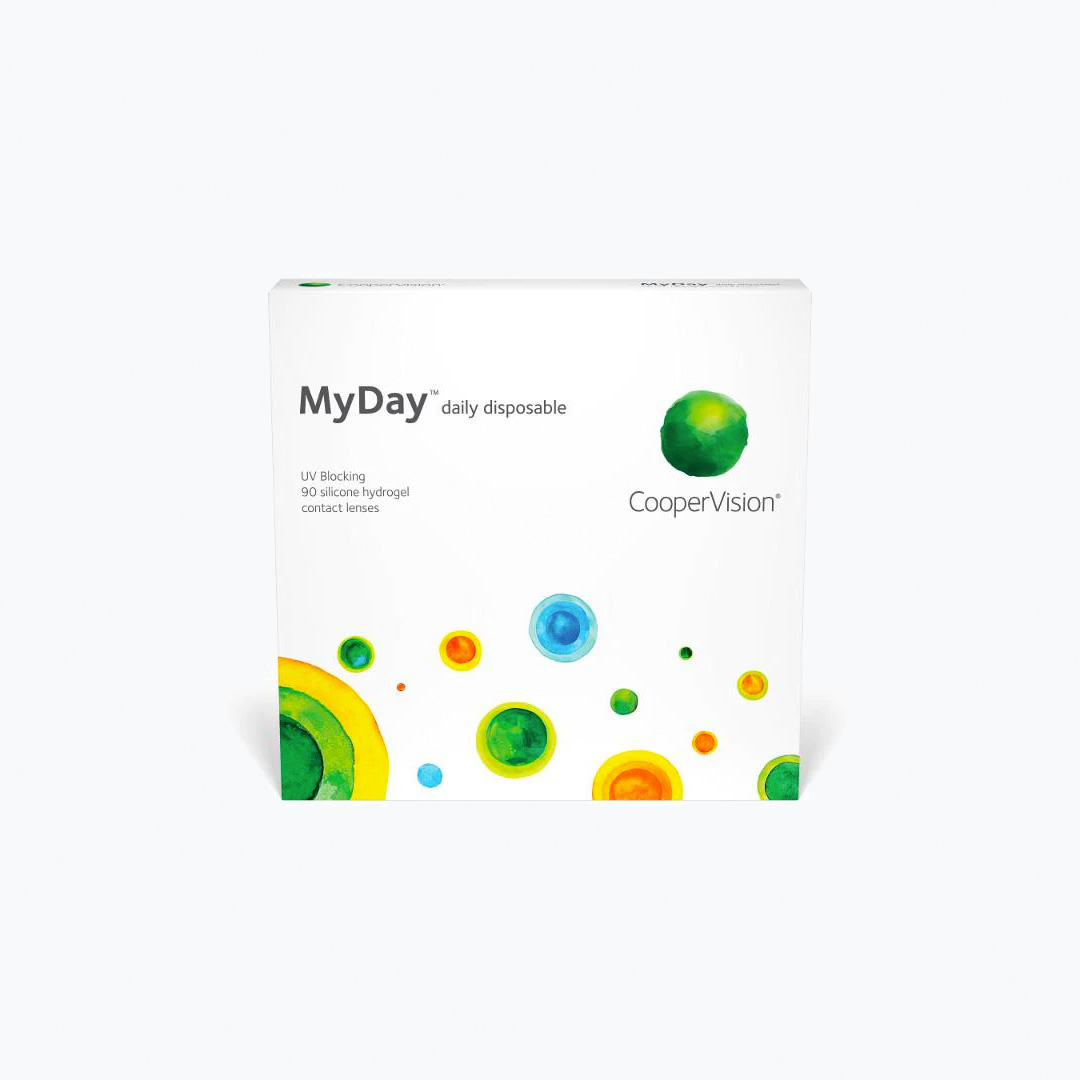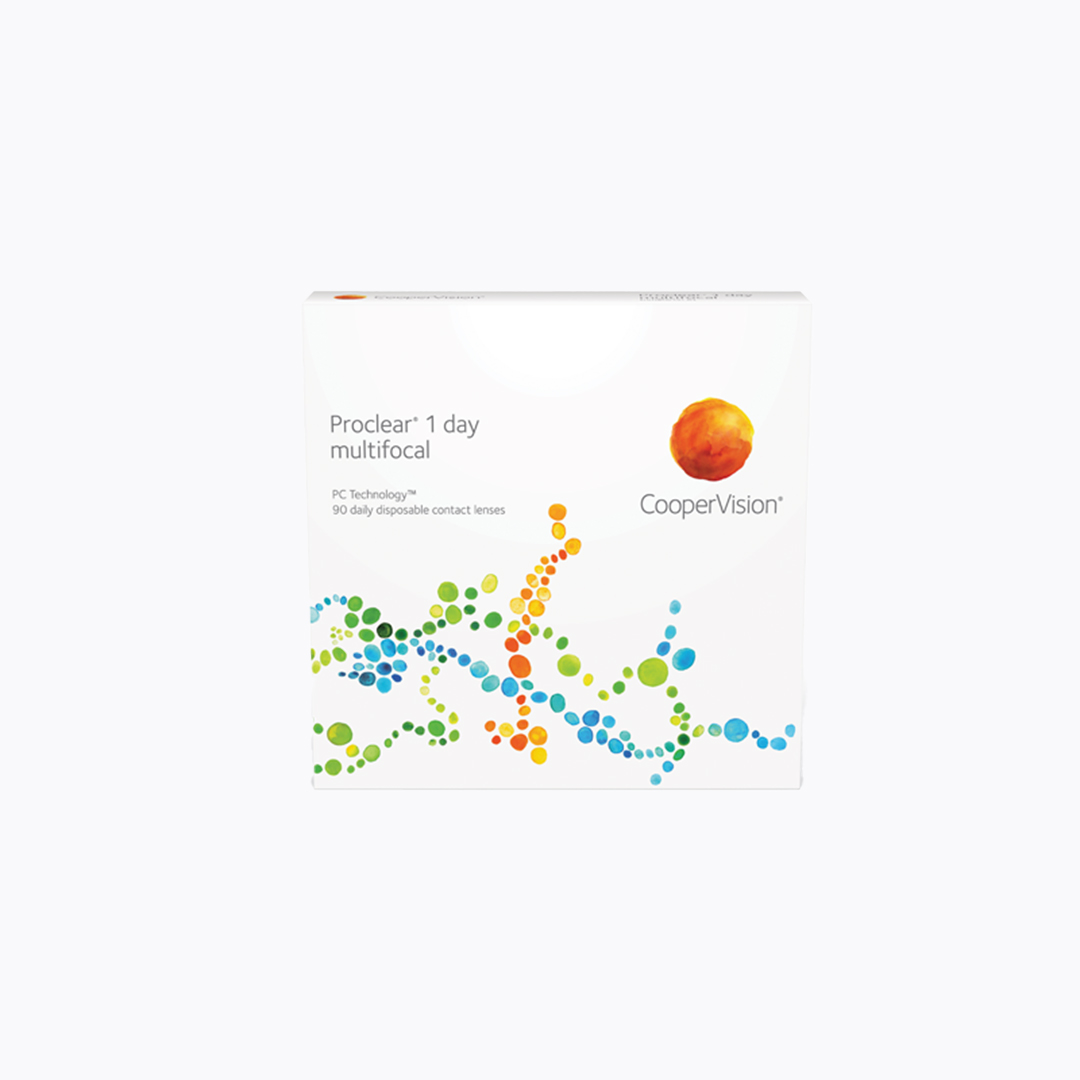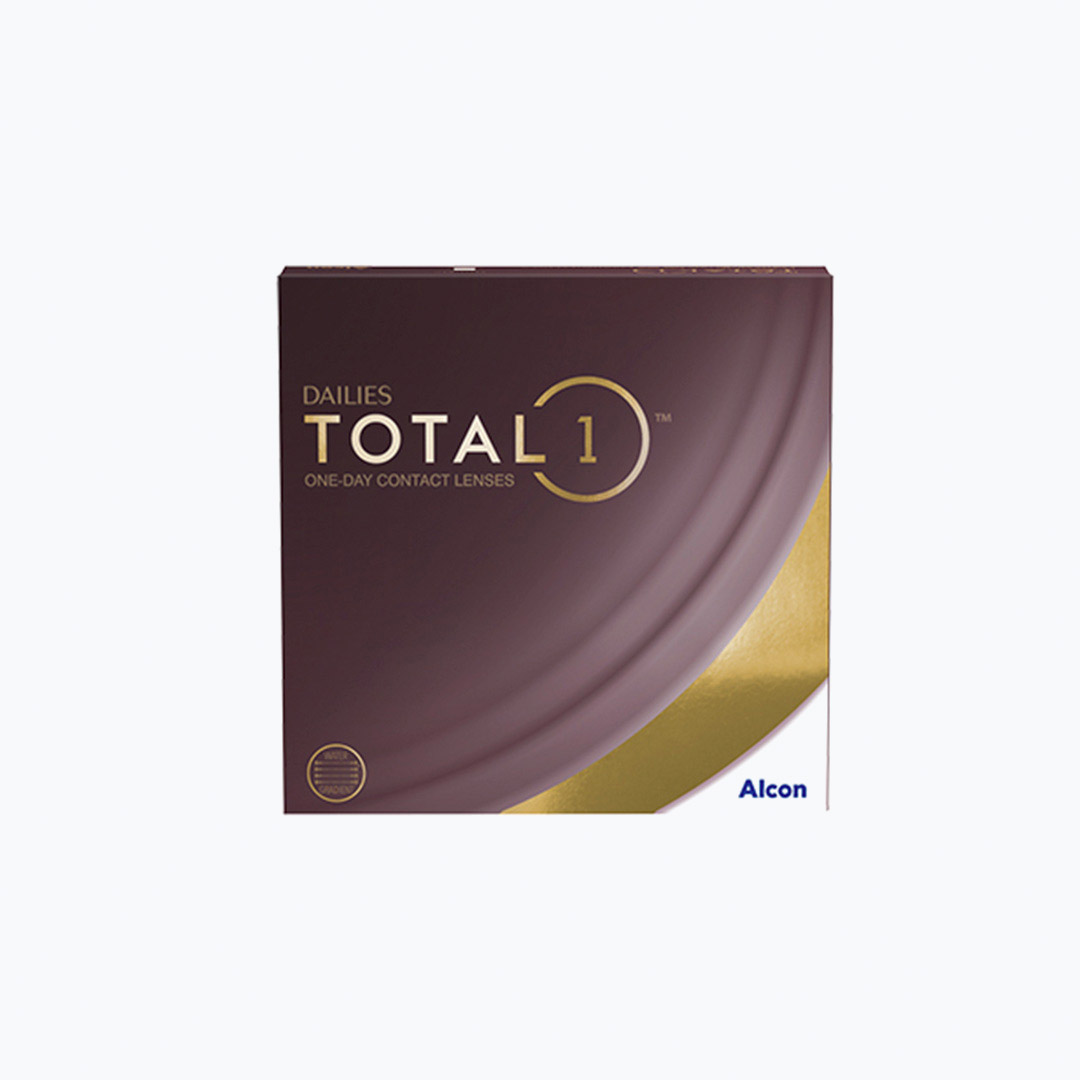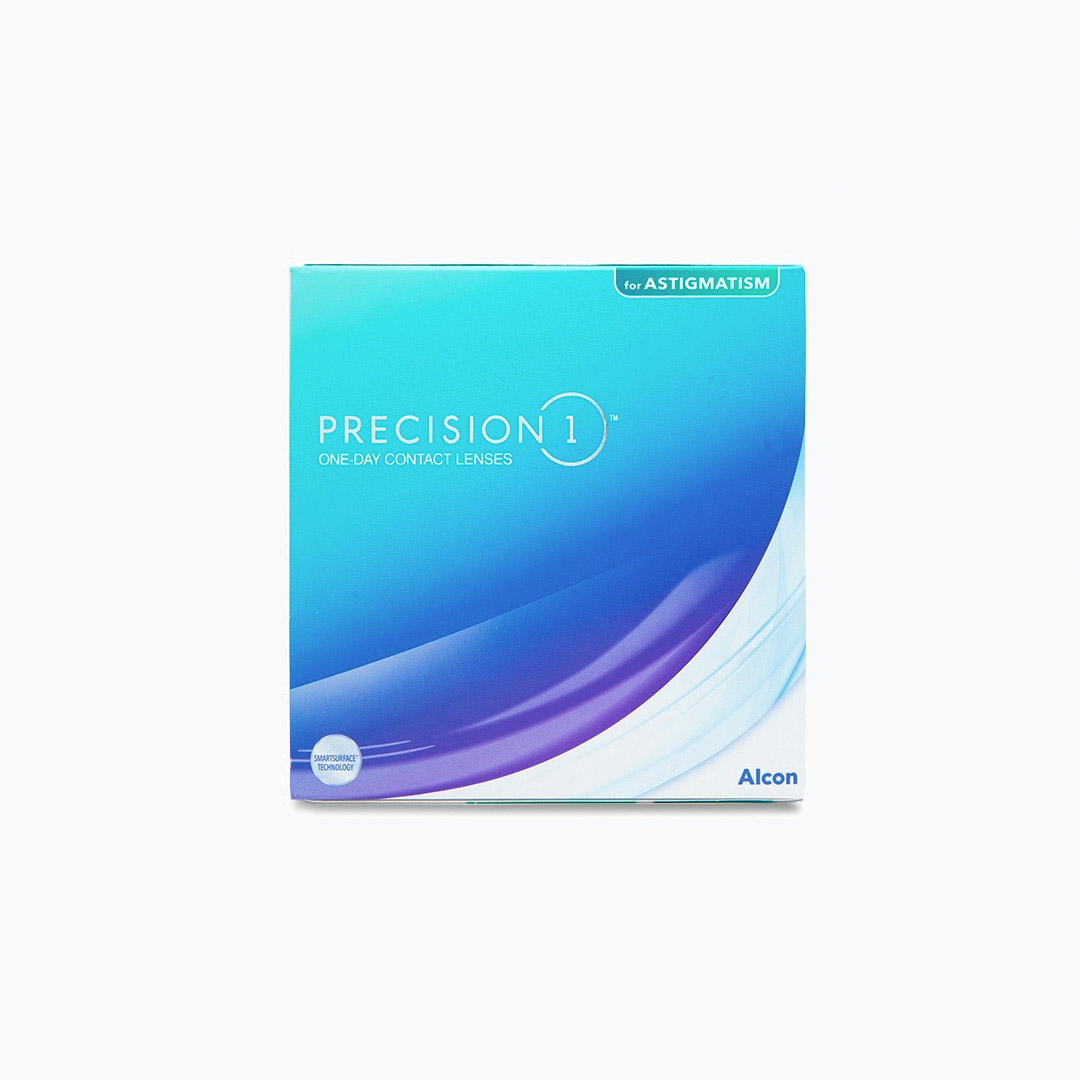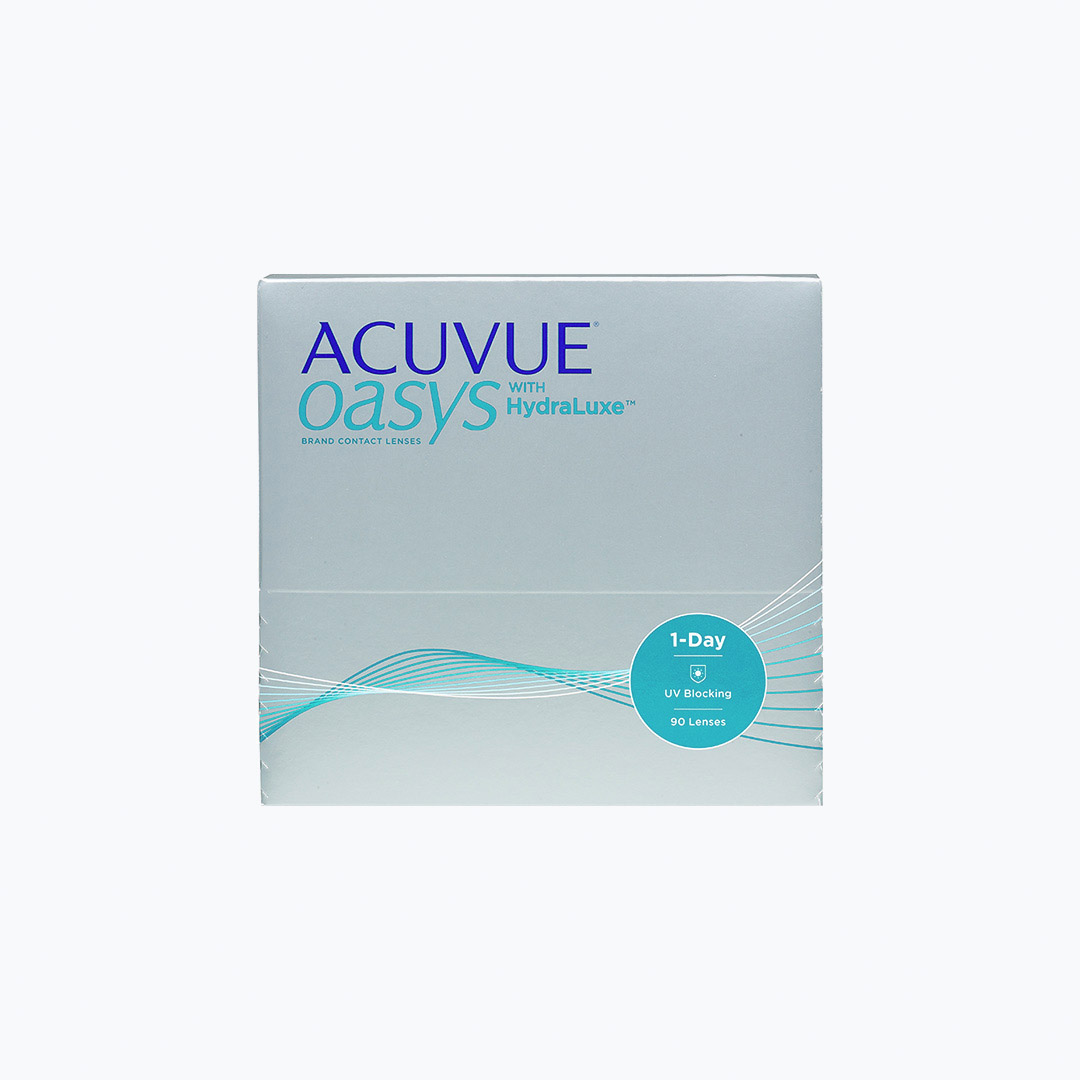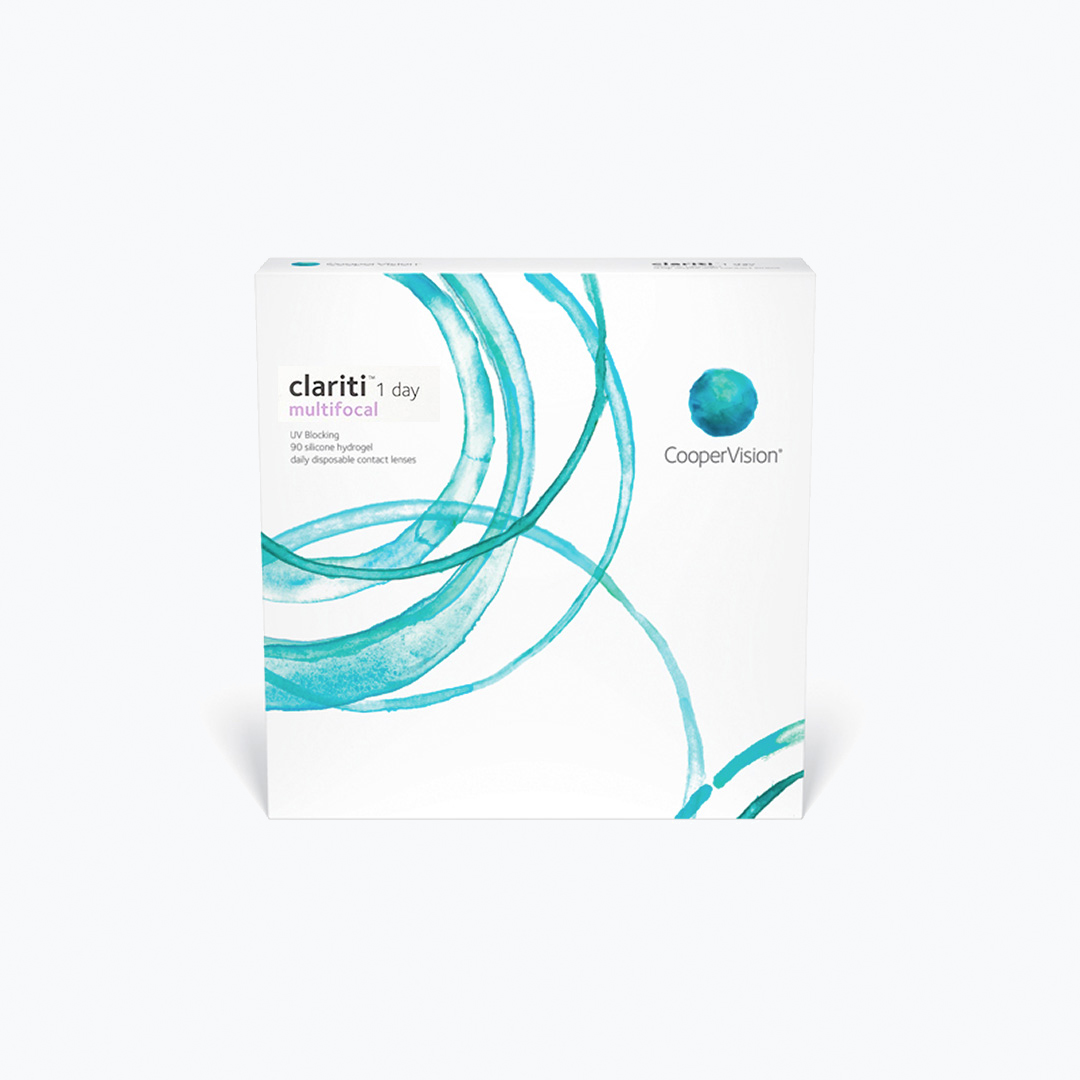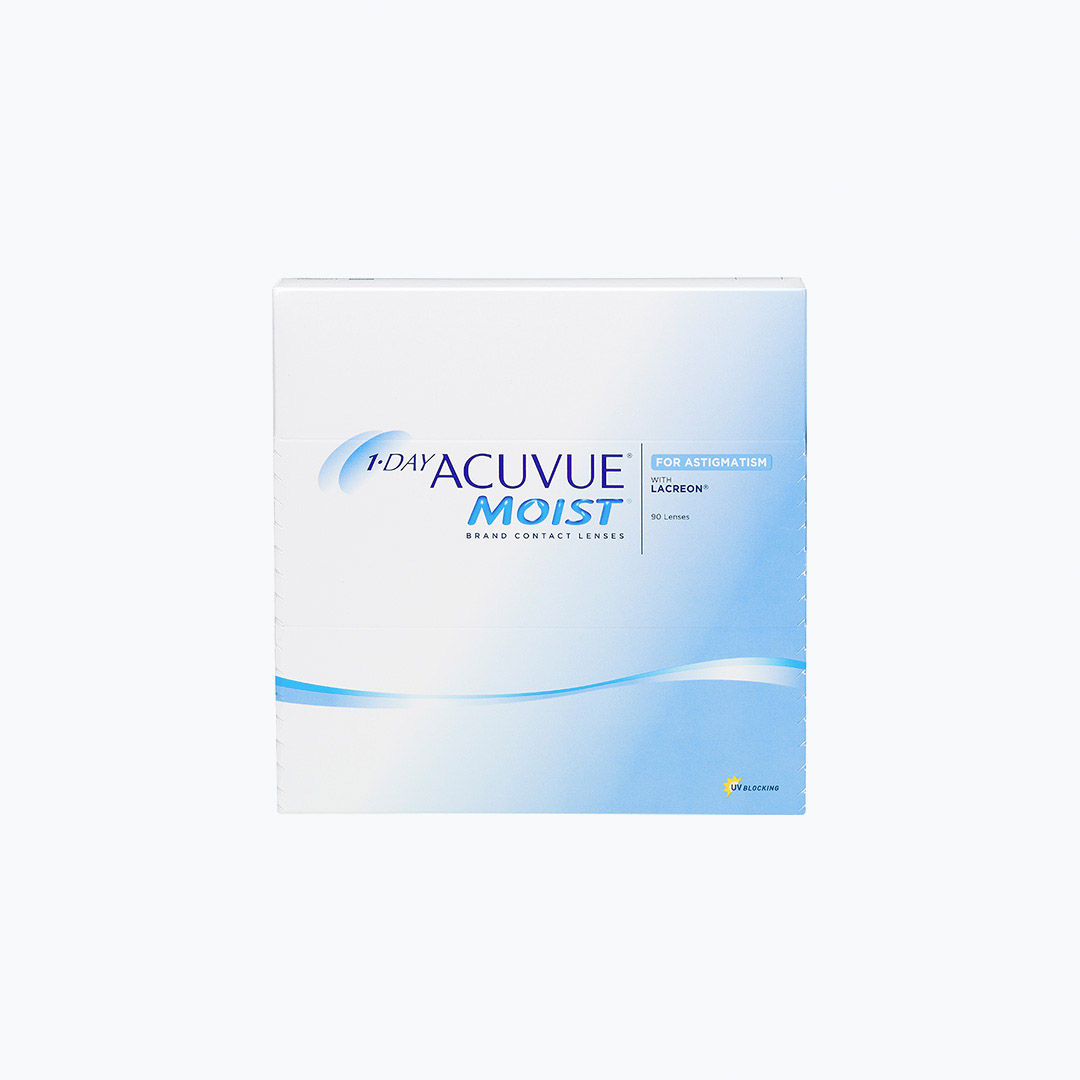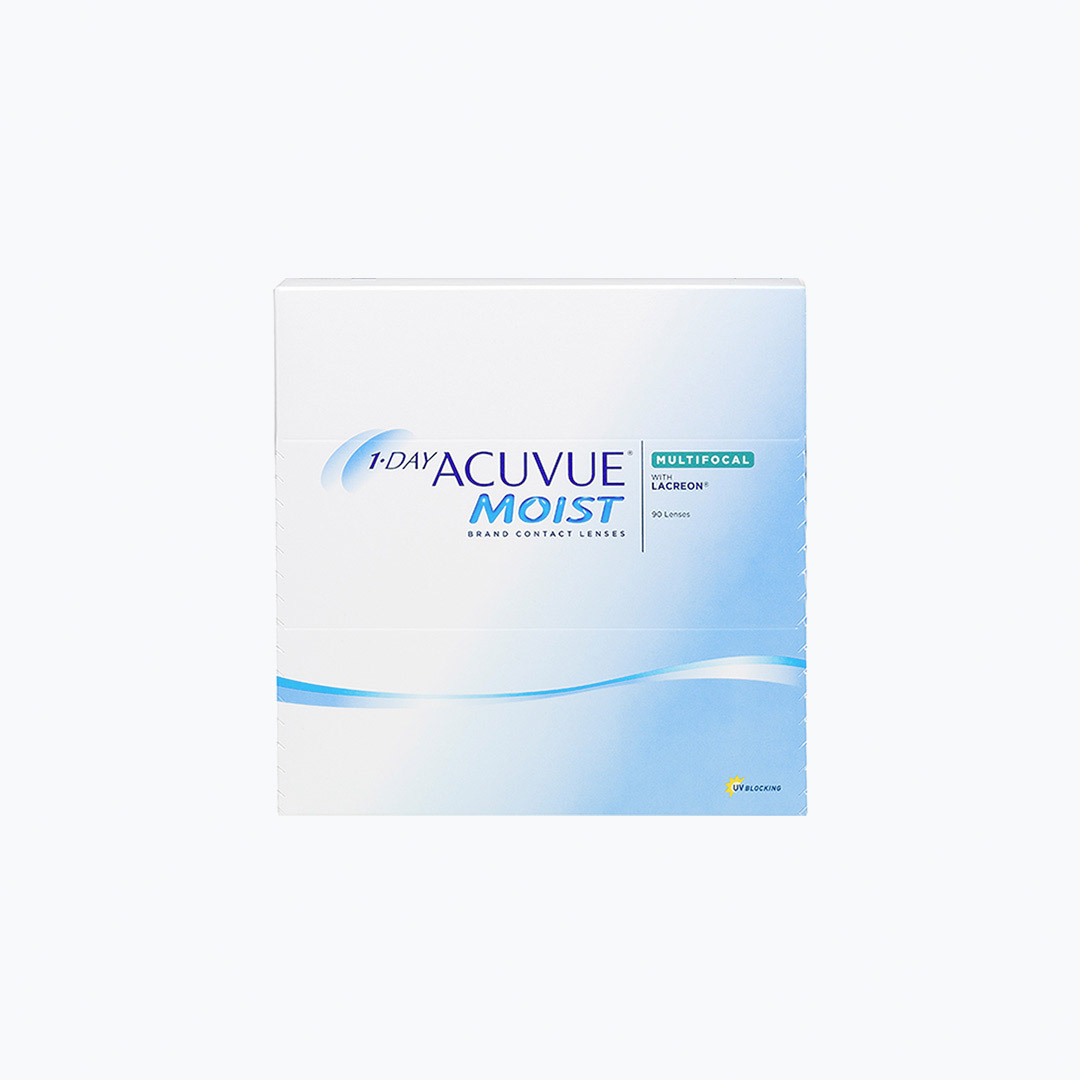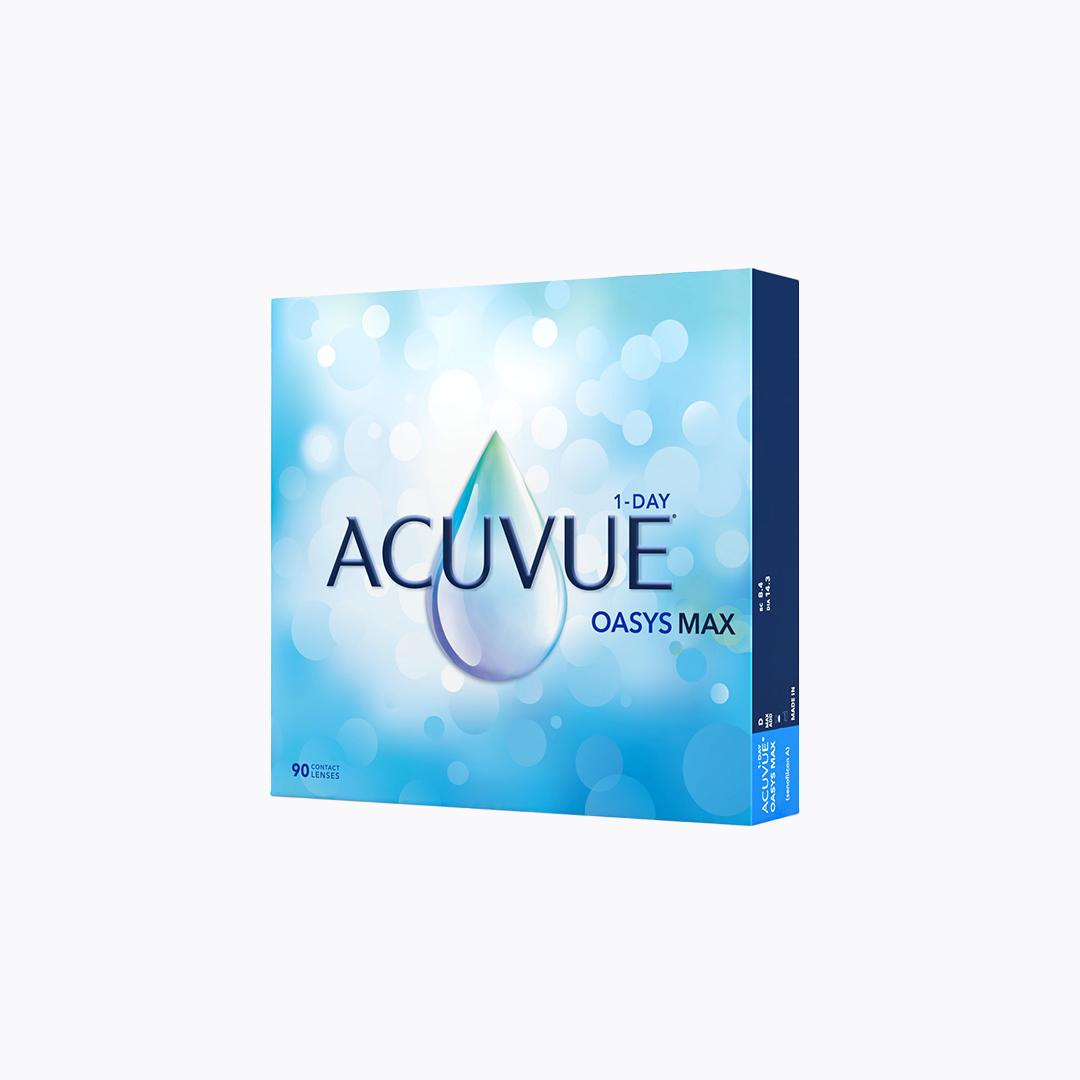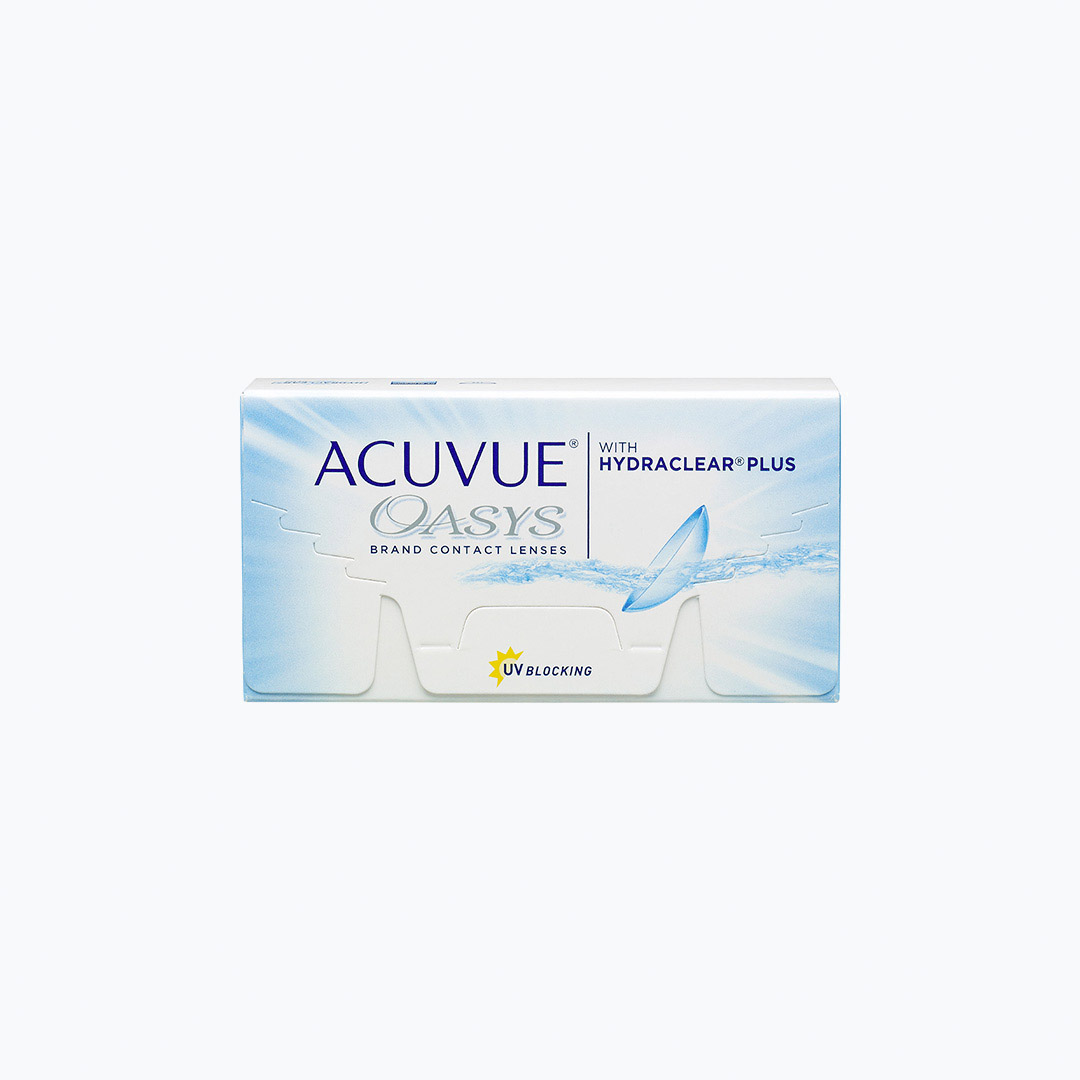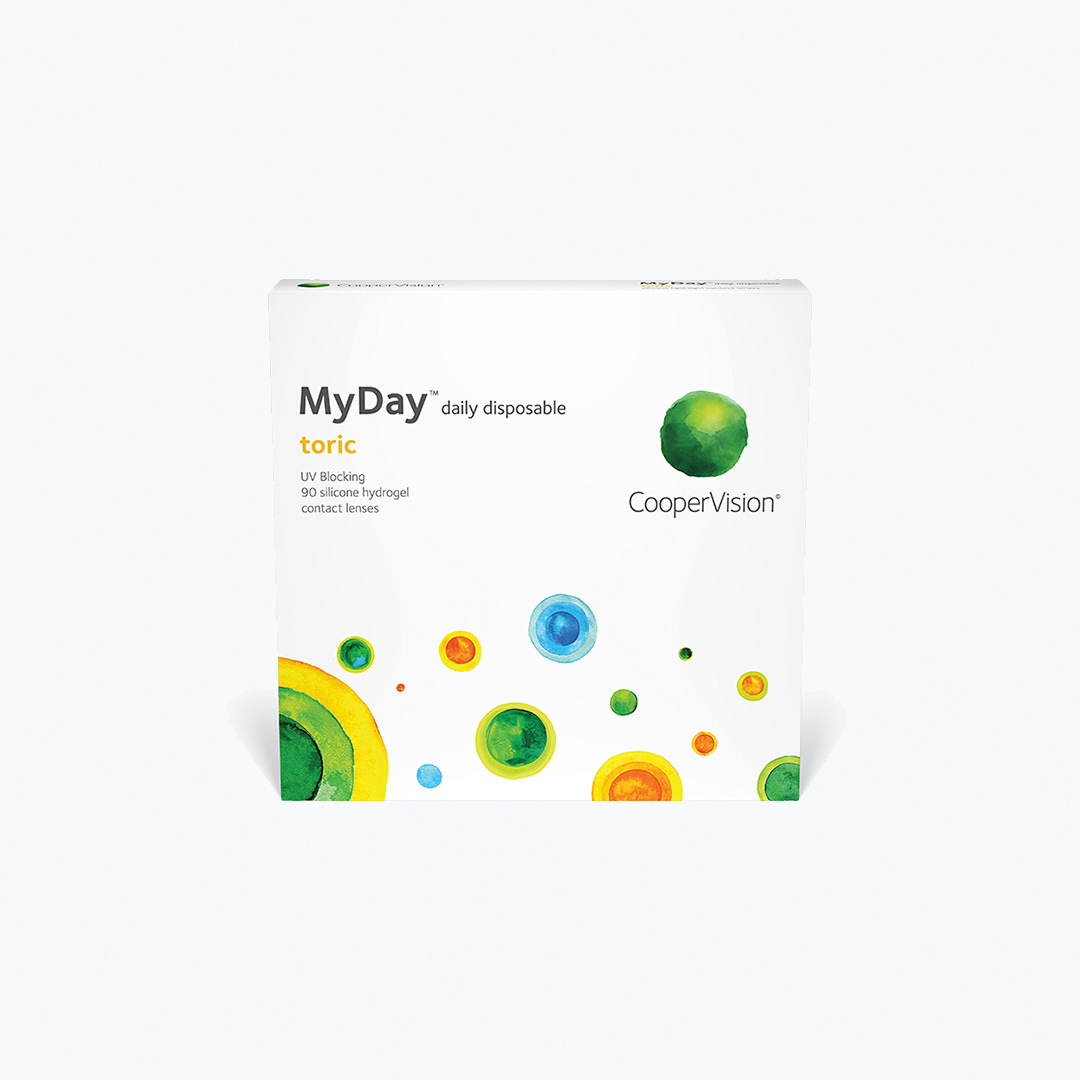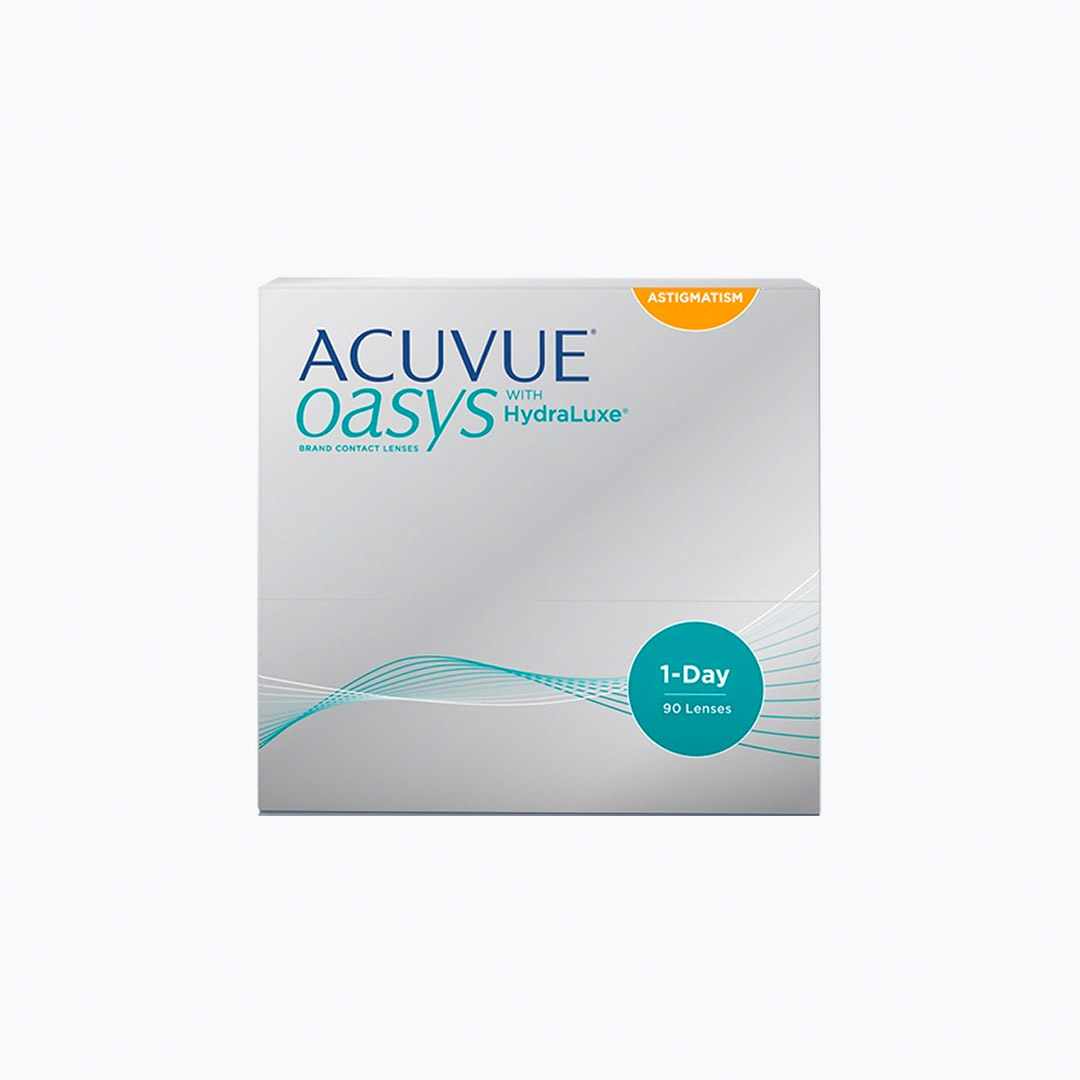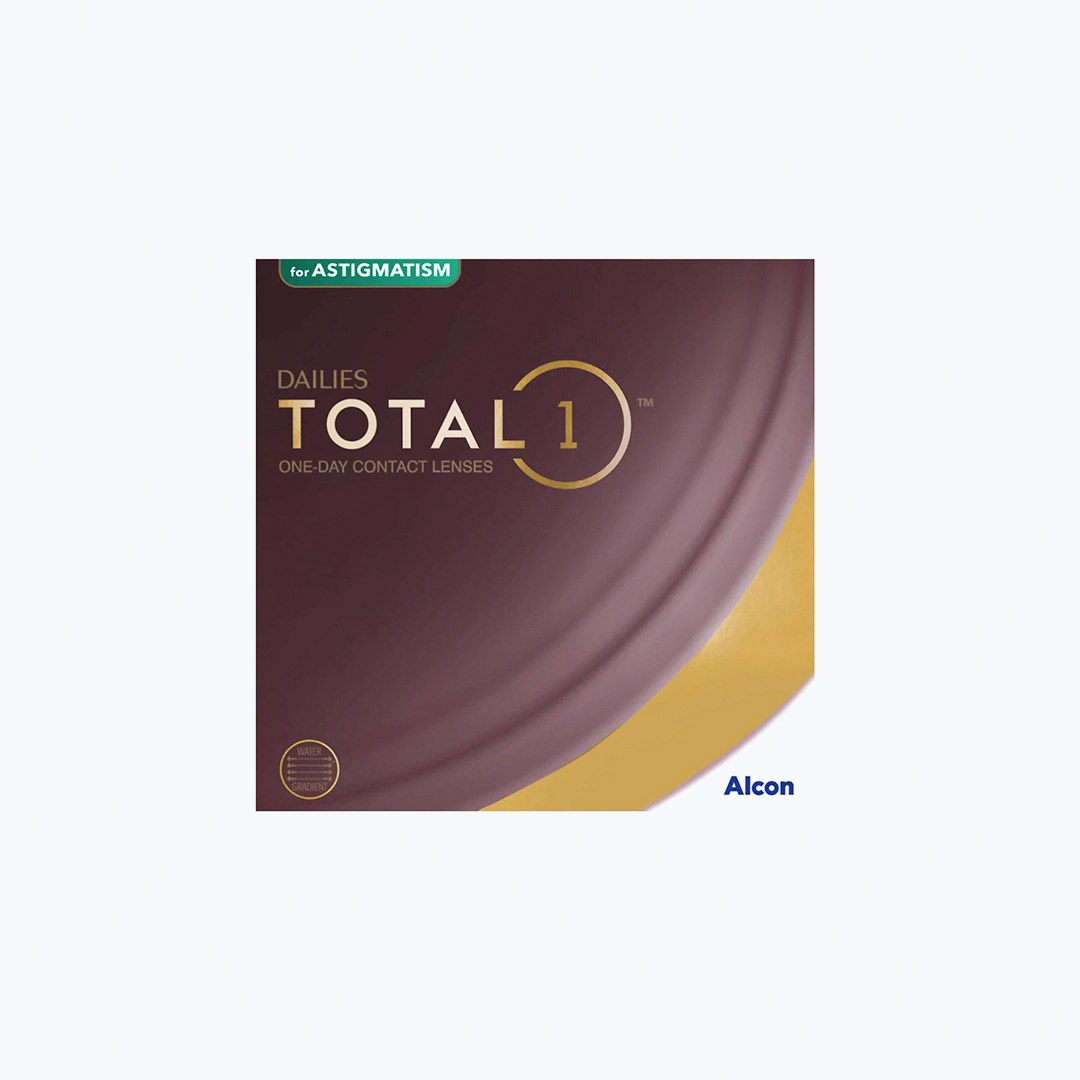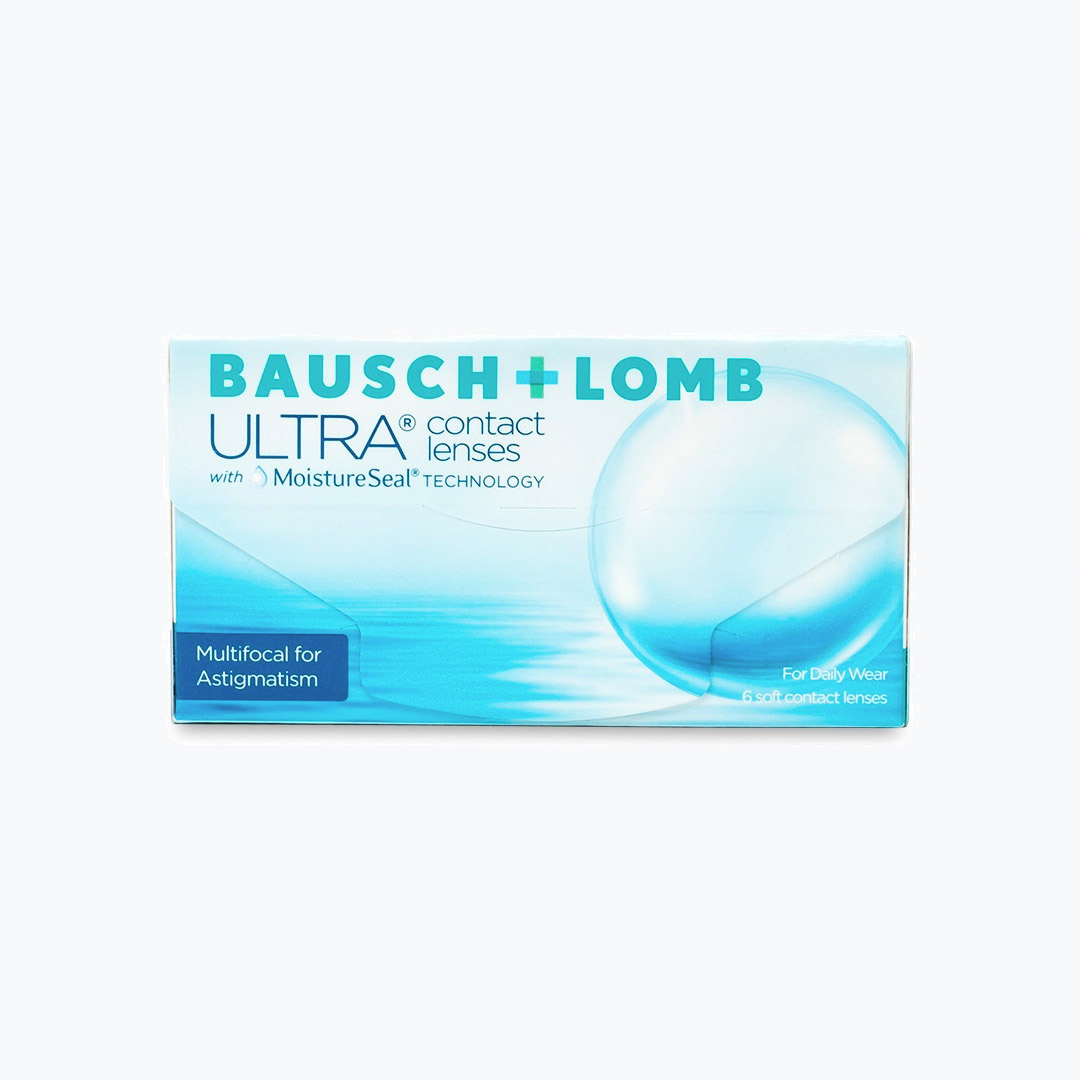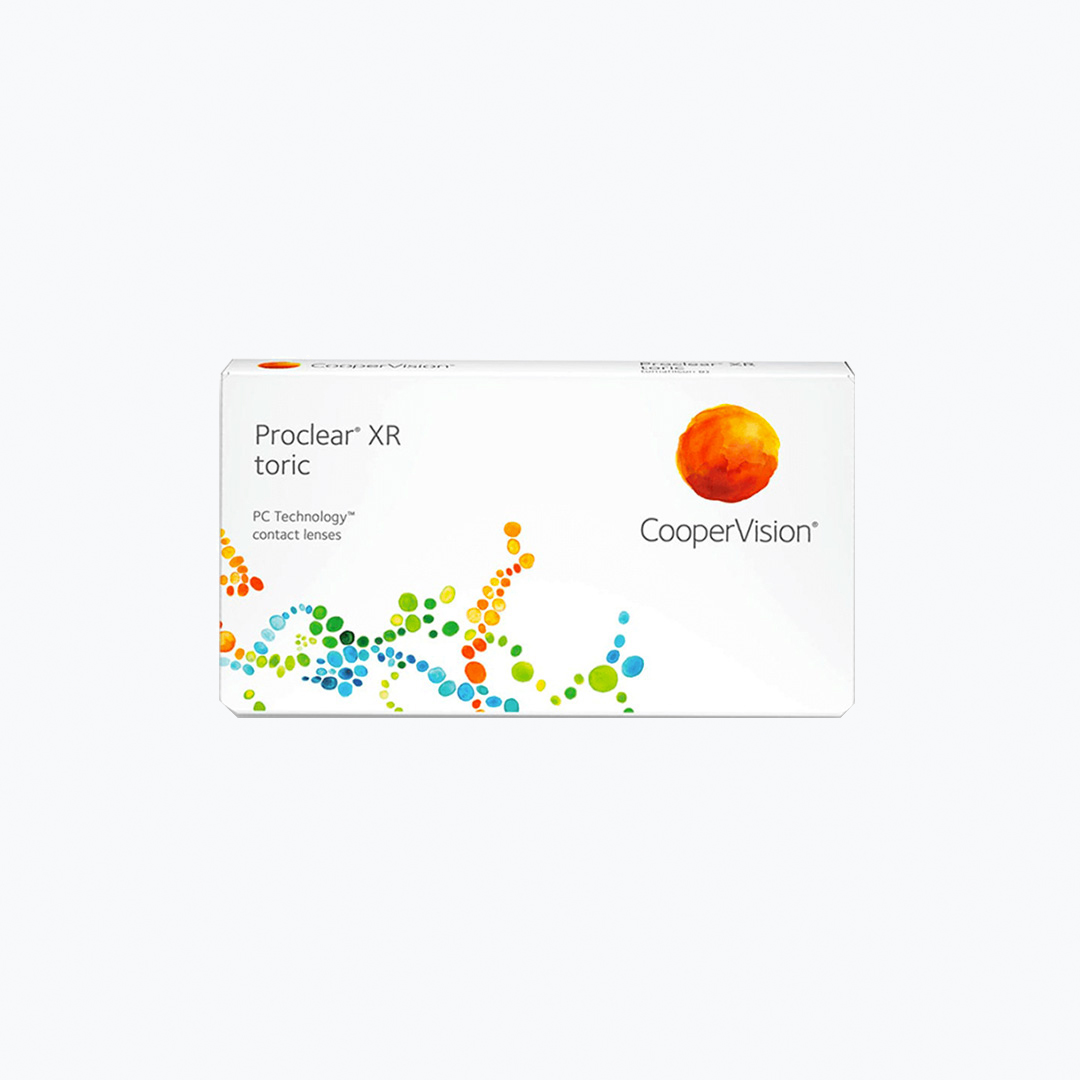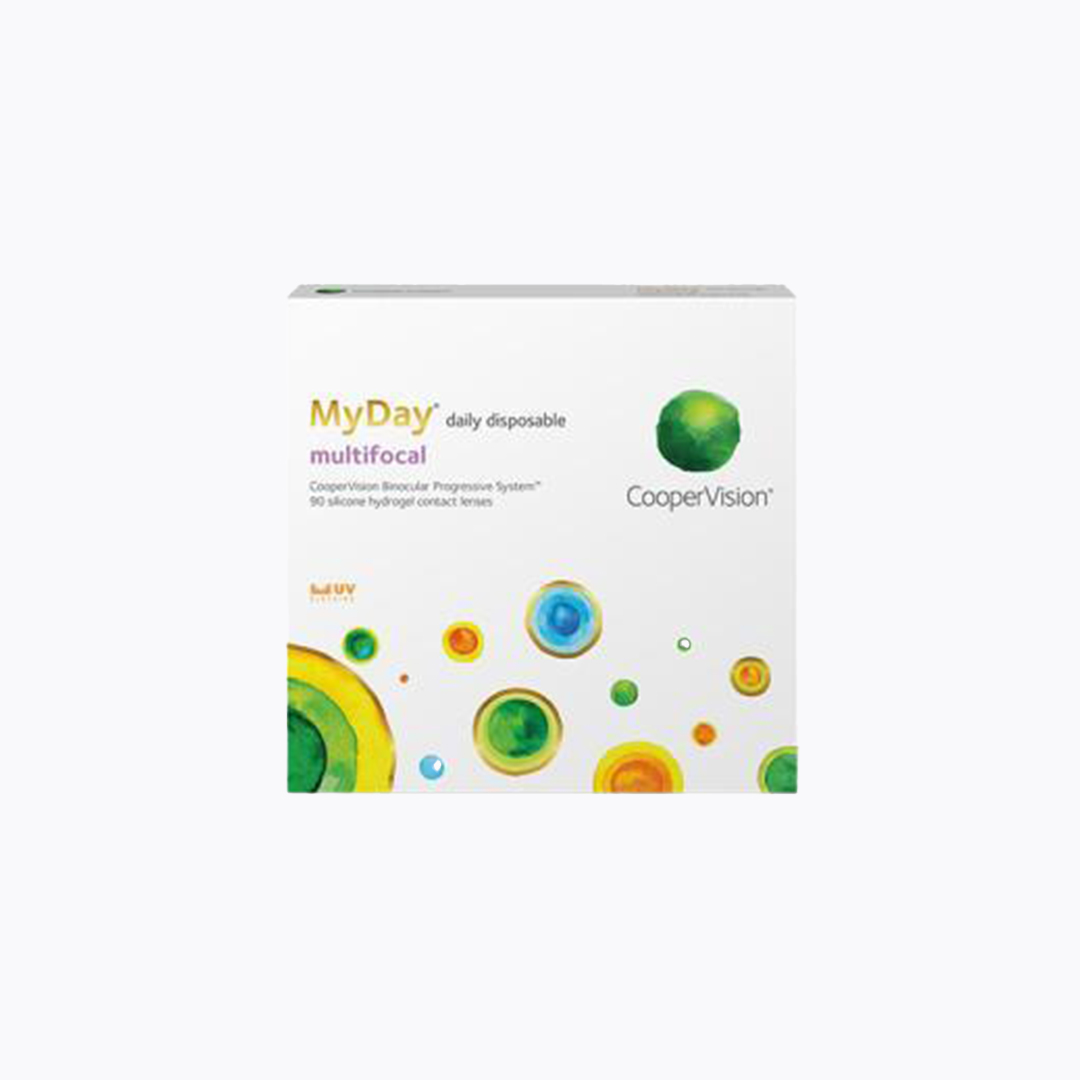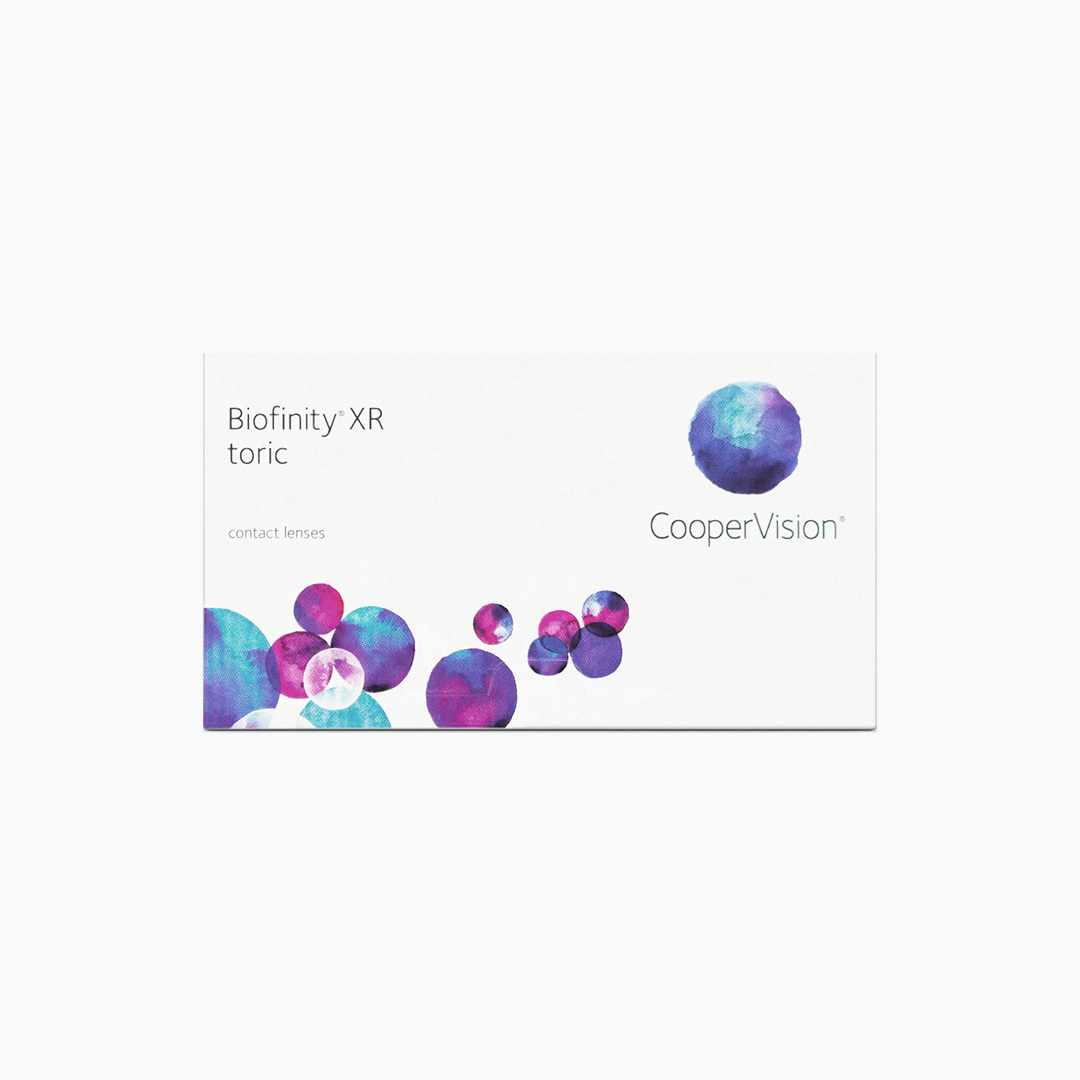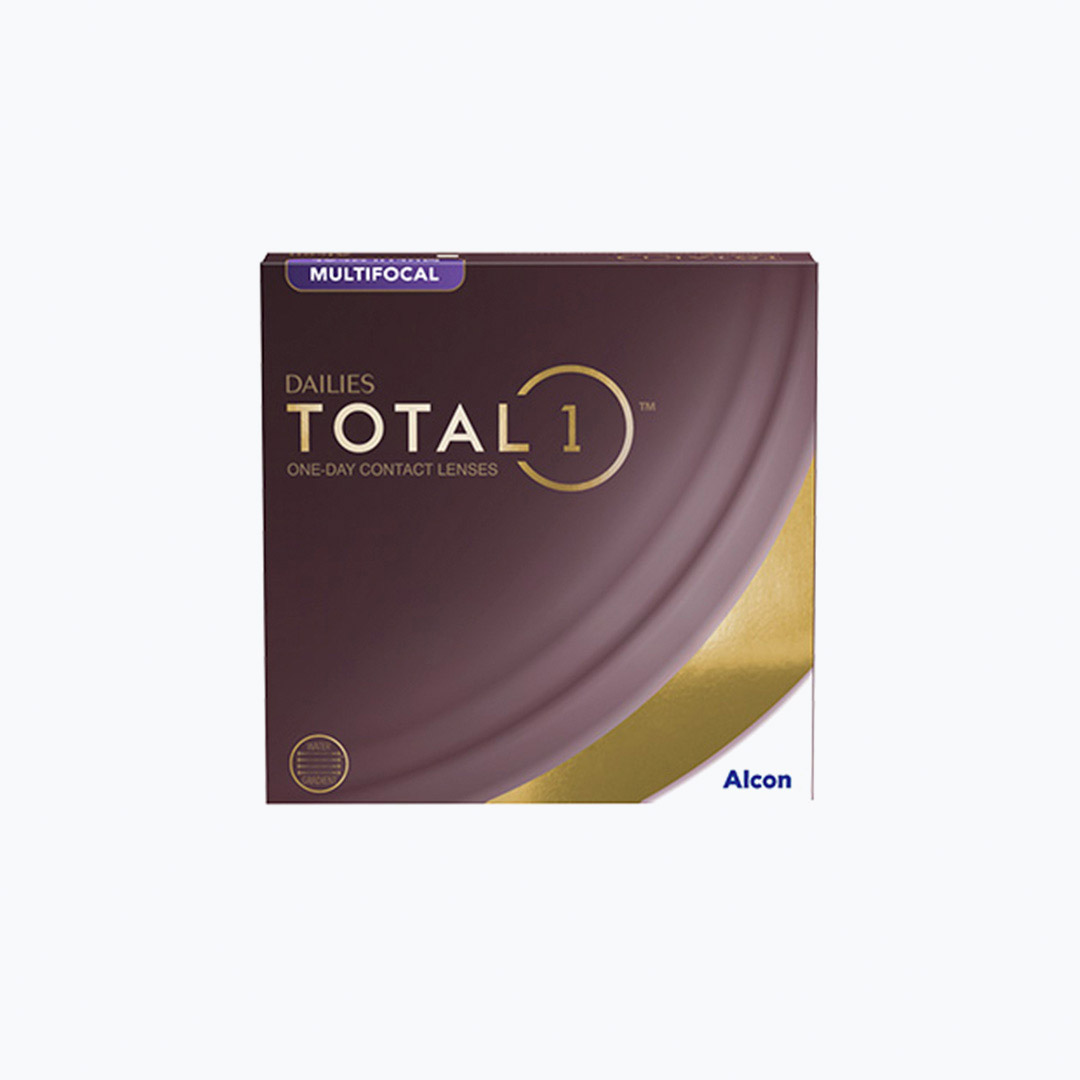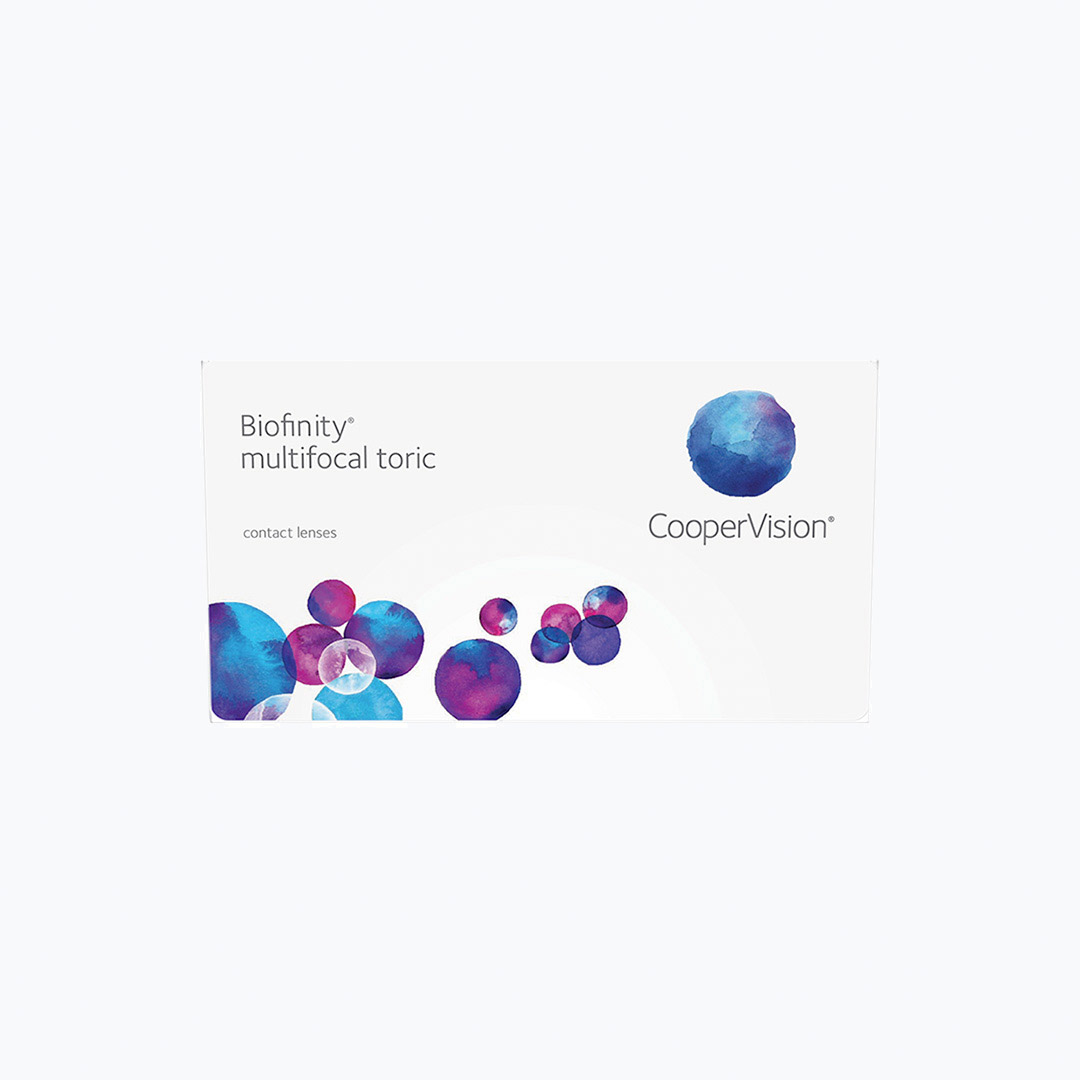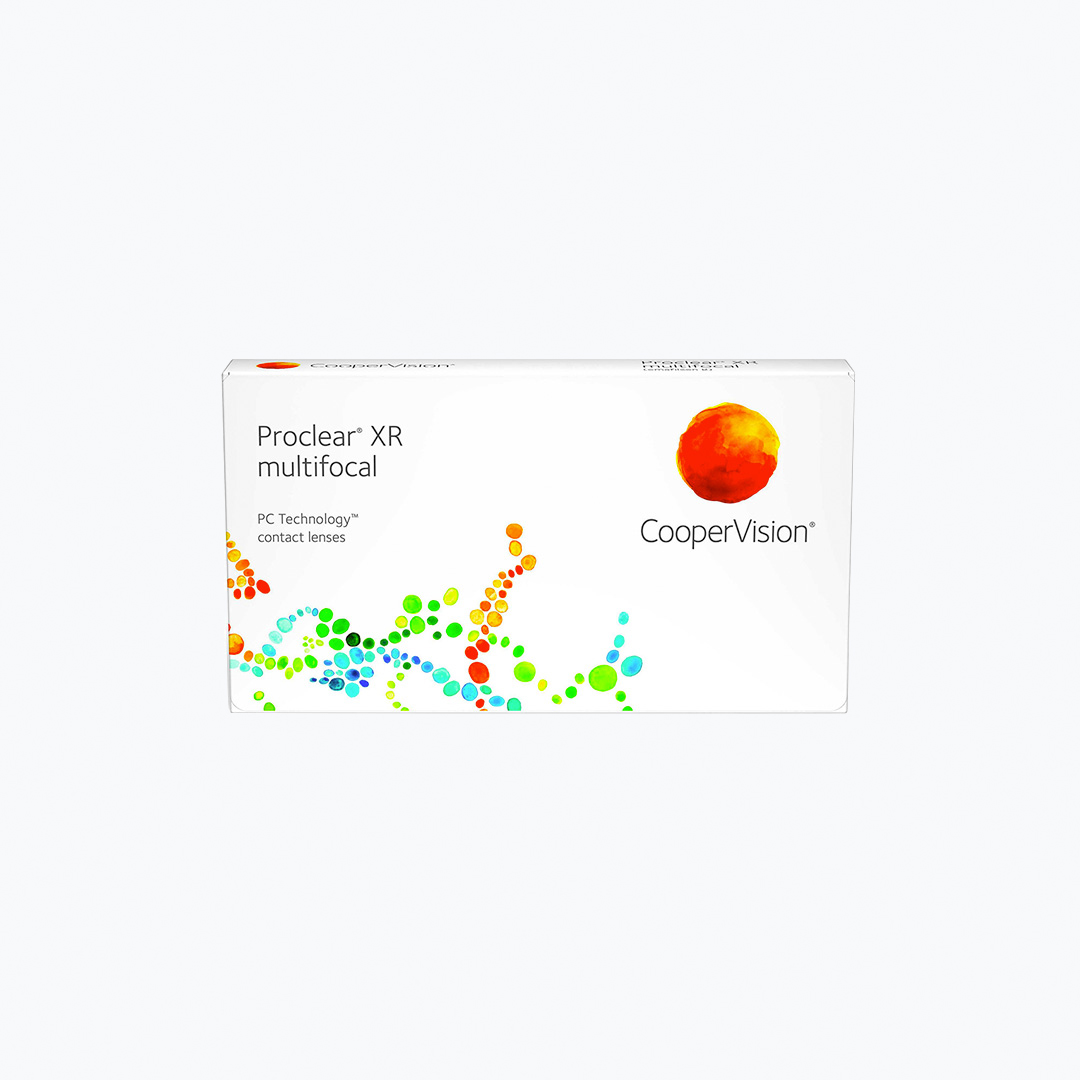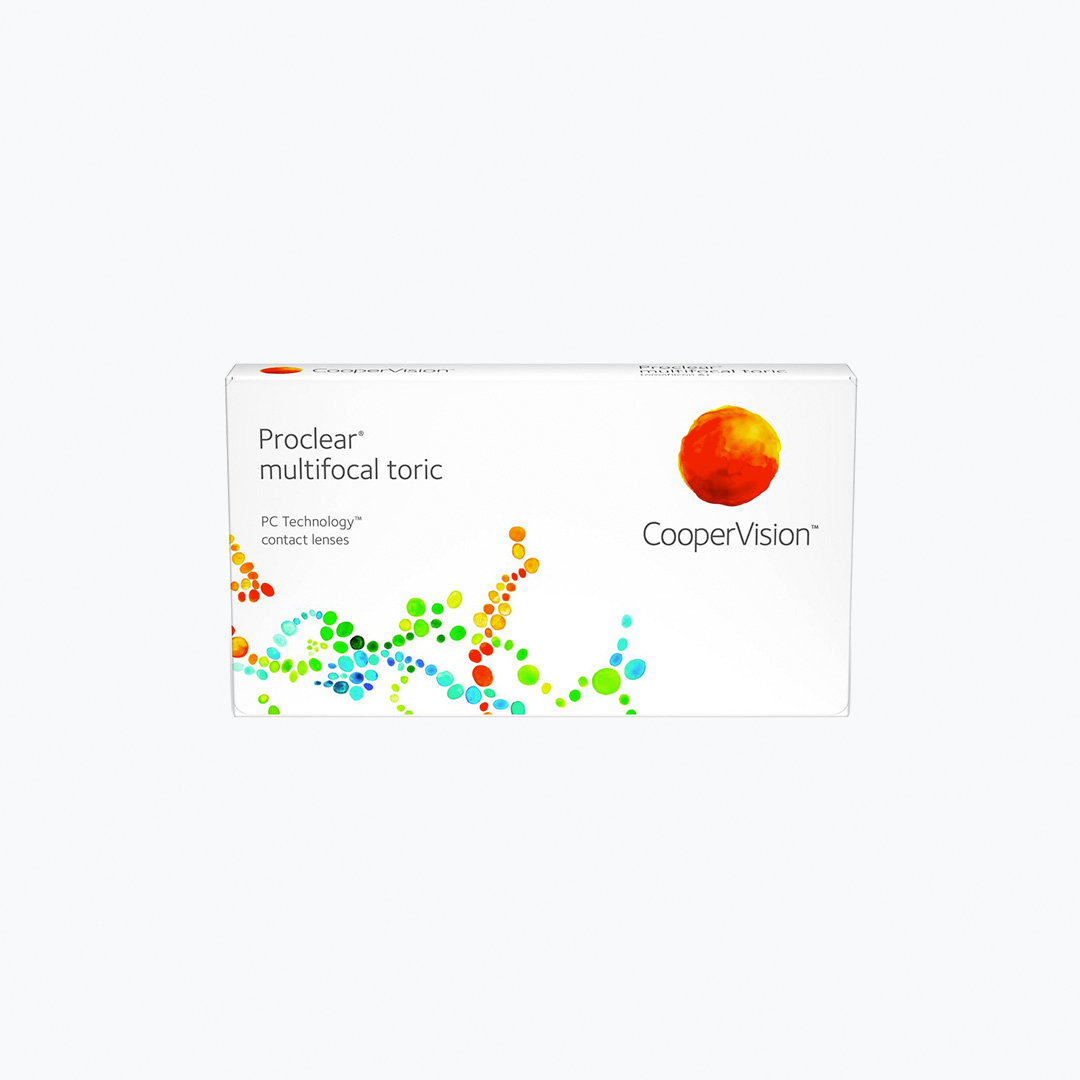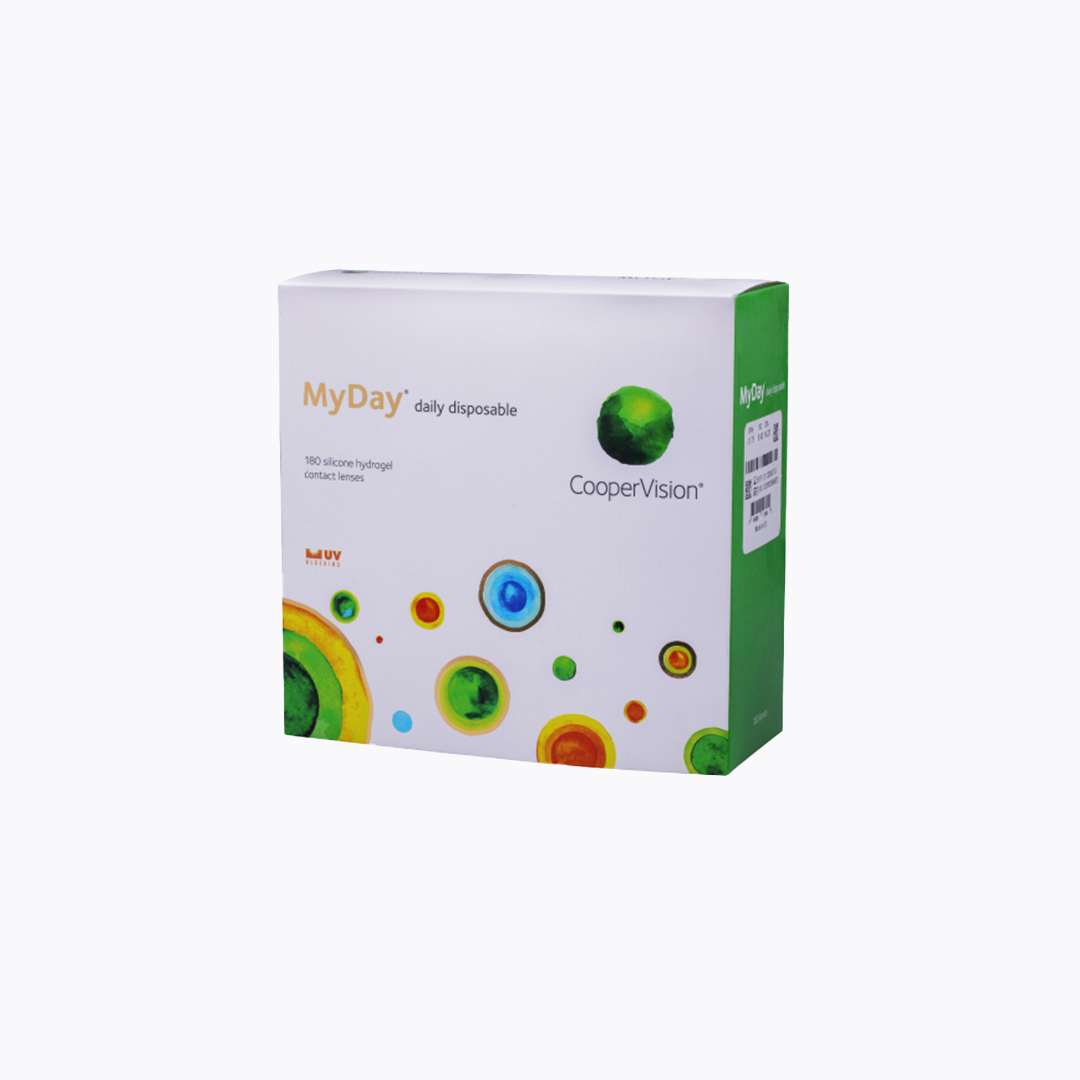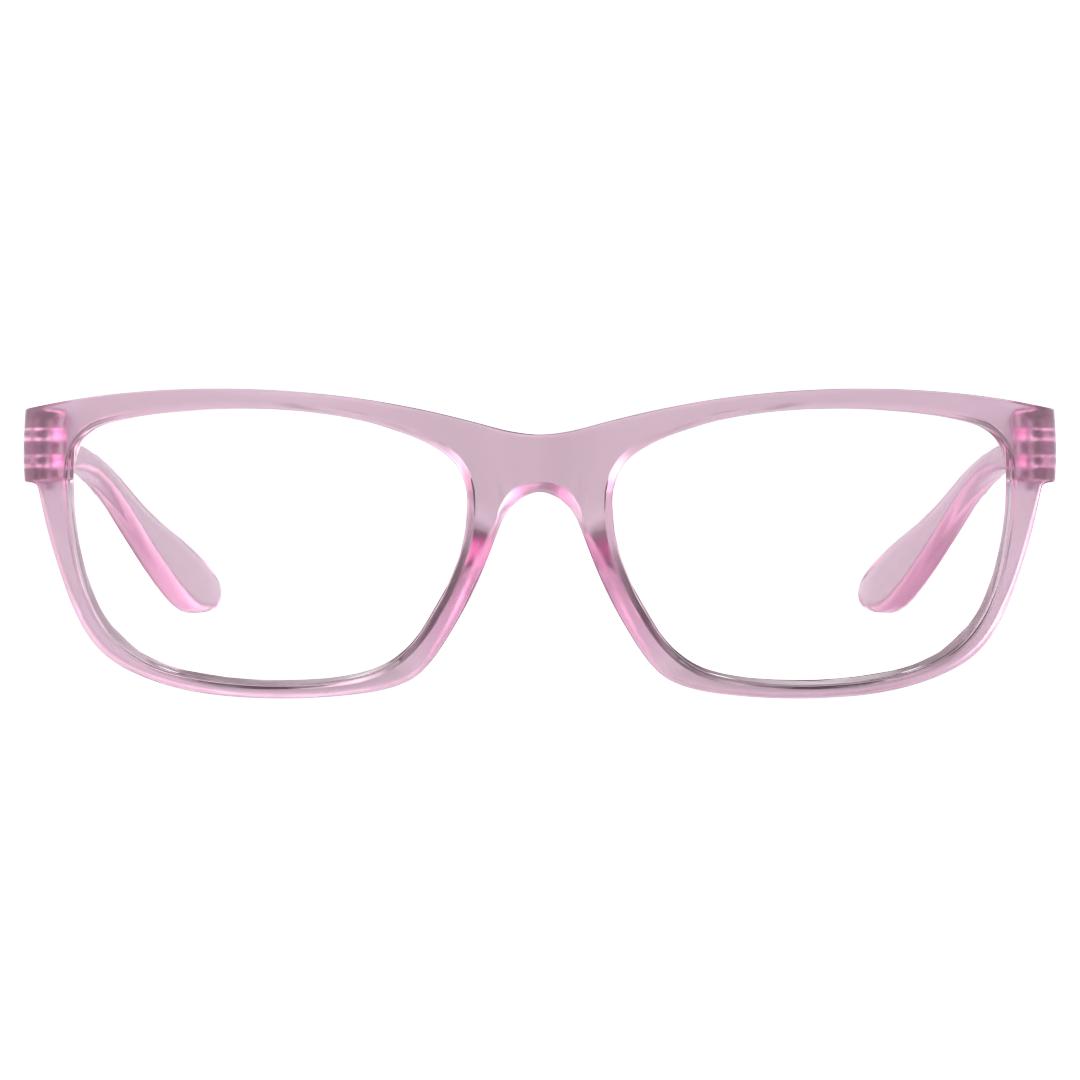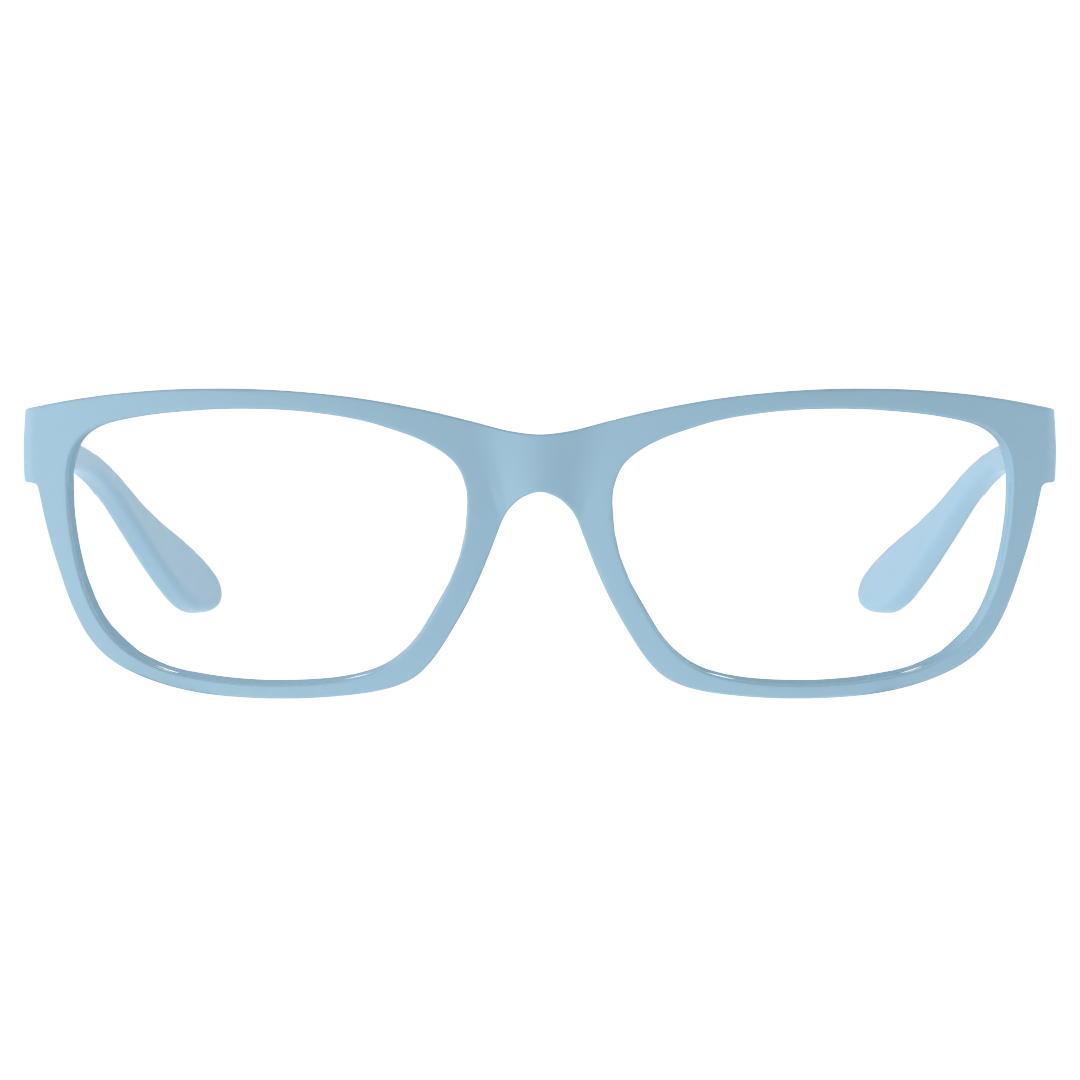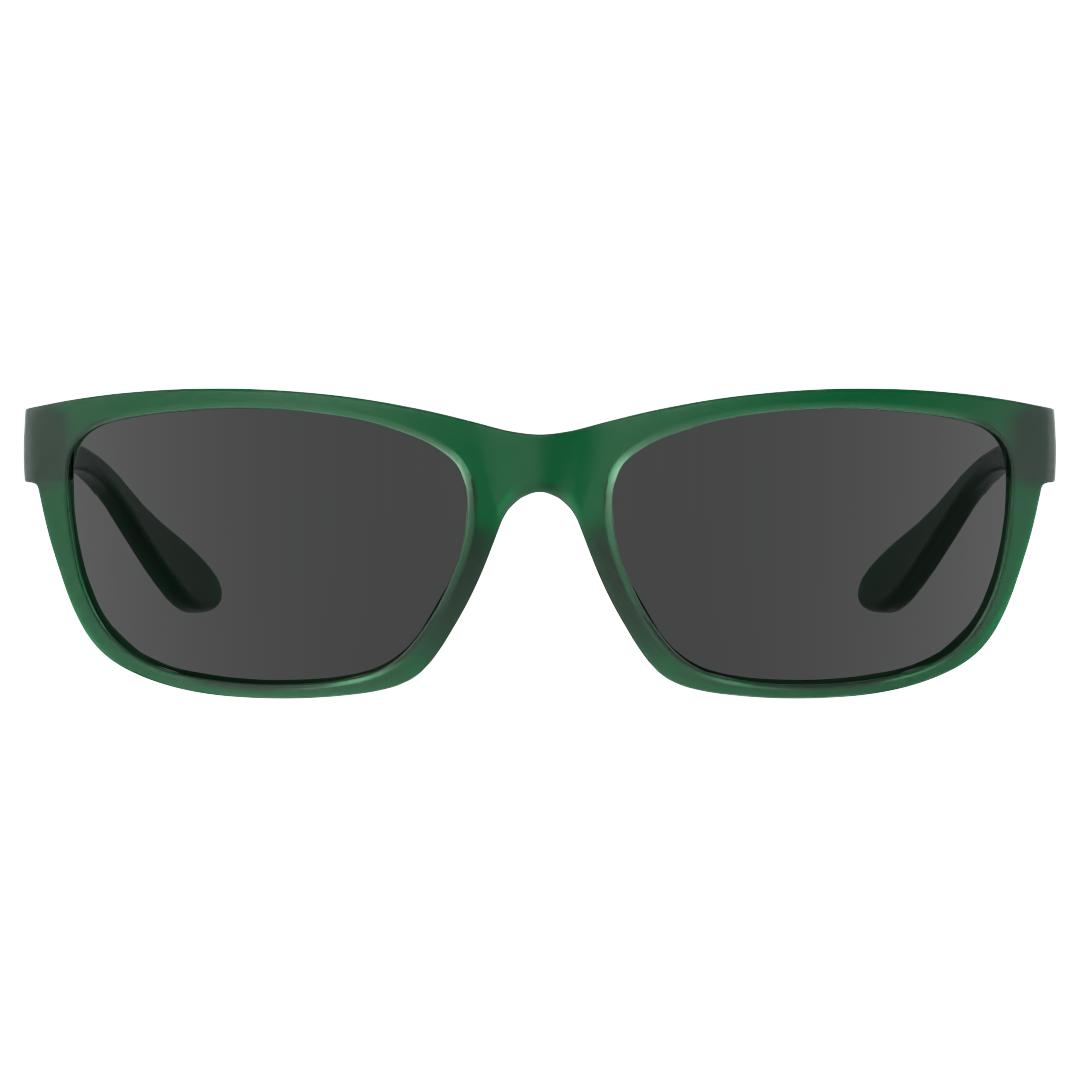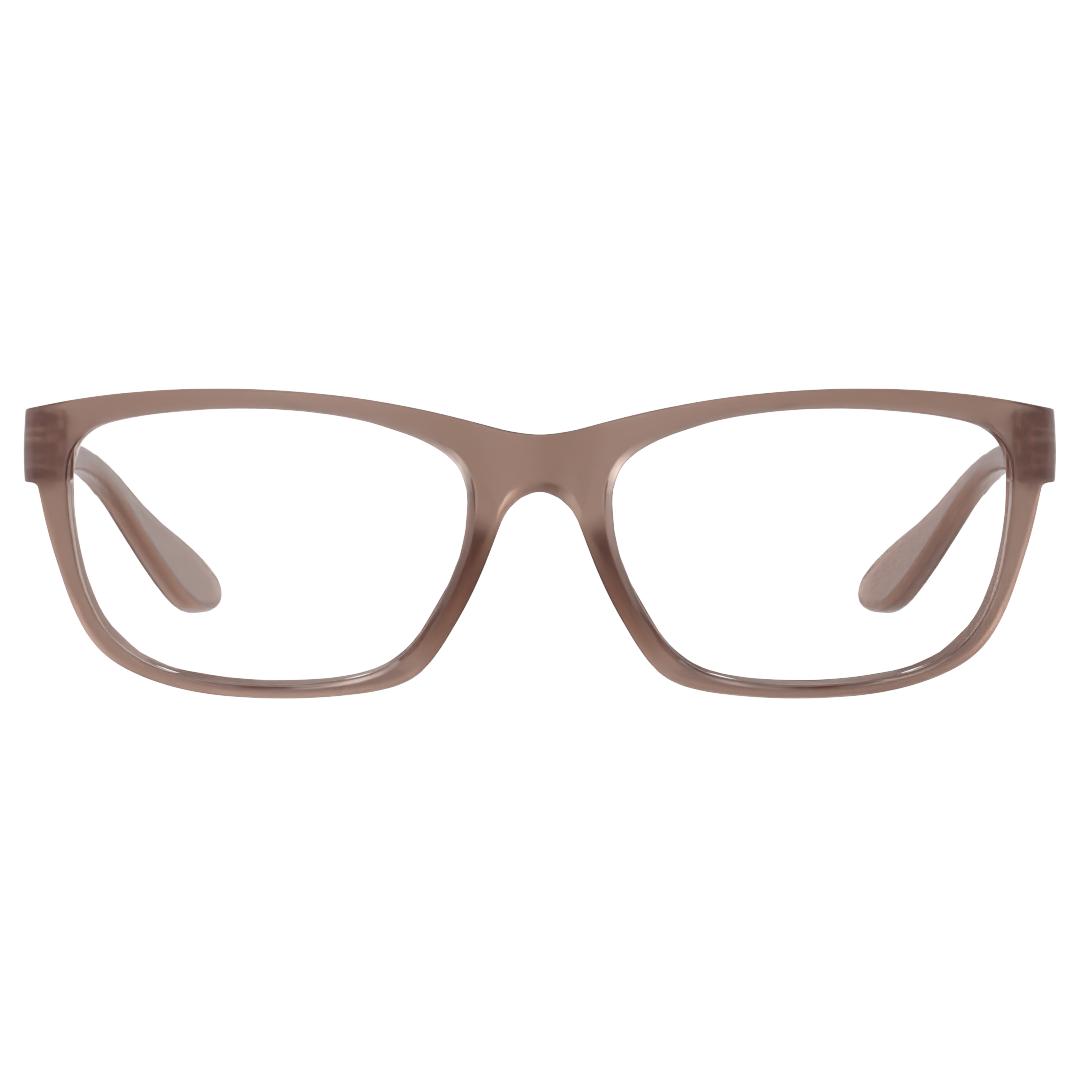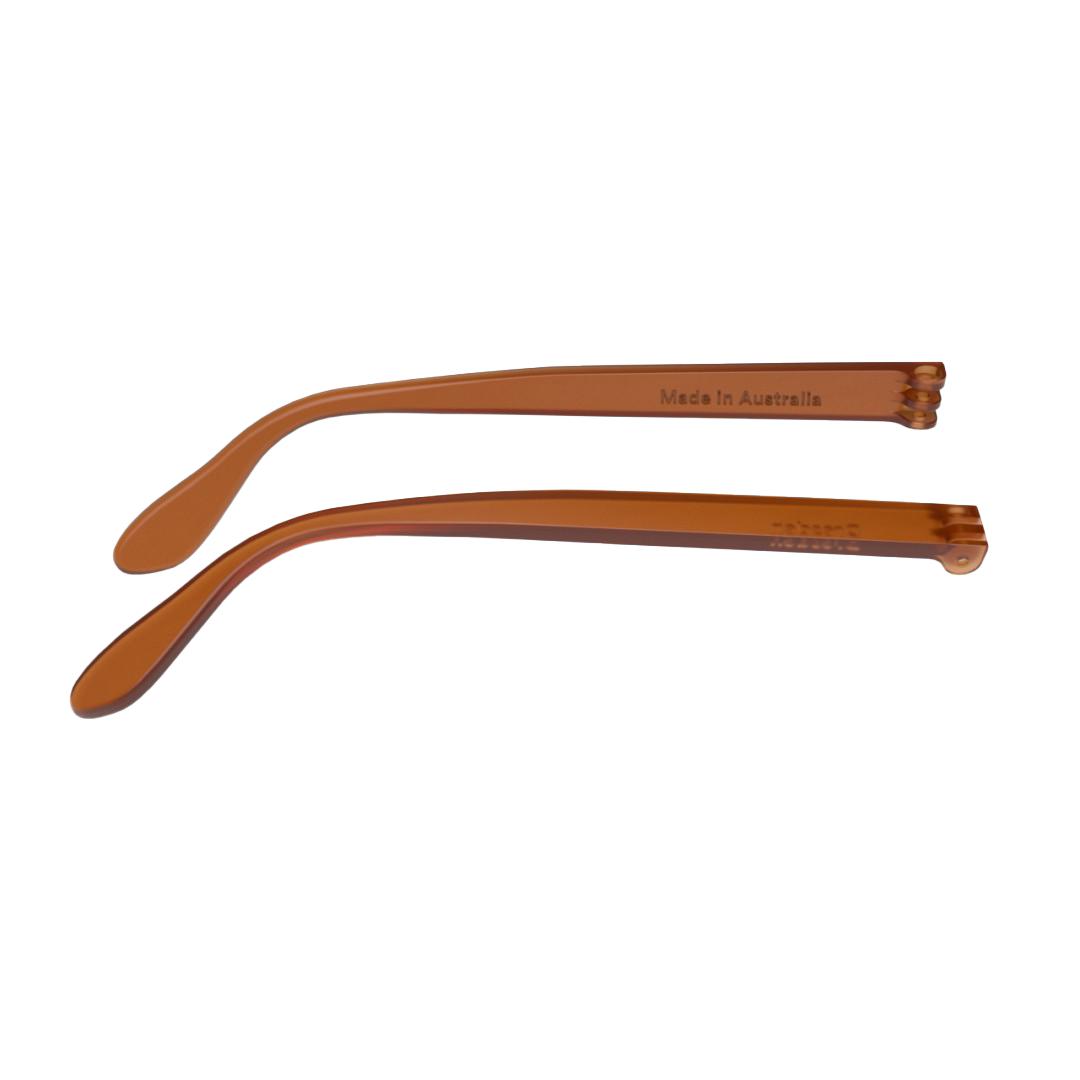
- Contact Lenses



Find the Best Contact Lenses in Canada for Your Lifestyle
When searching for the best contact lenses in Canada, Dresden Vision stands out for its commitment to quality and customer satisfaction. Whether you are looking for the best daily contact lenses that offer convenience and hygiene or monthly lenses for extended wear, we have the perfect solution. Our contact lenses are designed to meet various needs, ensuring you find the ideal fit for your lifestyle.
Find your perfect fit today! Our extensive inventory includes top brands of contact lenses like Air Optix and Biofinity, so you can trust that you are receiving high-quality products. With many options for unique vision requirements, Dresden Vision has something for everyone. Plus, our competitive contact lenses cost ensures affordability without compromising quality. Explore our range of Canadian contact lenses today and experience the Dresden Vision difference. We have everything from daily disposables to extended wear options for a hassle-free routine. Discover the freedom and clarity of contact lenses. Book a consultation or shop online today!
Buy Contacts Online in Canada
Experience crystal-clear vision without leaving home. Dresden Vision offers top-quality contact lenses conveniently online. Our website provides a user-friendly interface where you can browse our extensive selection, compare prices, and make secure purchases.
By shopping online, you can also take advantage of our special offers and discounts, making it more affordable to maintain your eye health. Our easy returns policy ensures you have peace of mind with every purchase. Order contacts online in Canada today!
Benefits of Using Eye Contact Lenses in Canada
The benefits of using eye contact lenses extend beyond just correcting your vision. Contact lenses offer a range of advantages, including:
- Enhanced Comfort and Convenience: Contact lenses do not fog up or get in the way during physical activities. They offer a broader field of view and are less noticeable, making them ideal for those who lead active lifestyles. Experience unmatched comfort with our lenses designed to feel like a second skin, allowing you to enjoy your day without discomfort.
- Aesthetic Appeal: Contact lenses allow you to change your look without altering your appearance with frames. This is particularly beneficial if you prefer a more natural look or wish to experiment with different colours and styles.
- Clearer Vision: Contacts conform to the curvature of your eyes, providing sharper vision compared to glasses, which can be affected by frames and lens thickness.
- No Distortion or Reflection: Contacts do not cause distortion or reflections, ensuring a more transparent and natural view of the world around you.
Whether you’re looking for daily wear or extended use, our contact lenses offer a versatile solution for various vision needs. Shop Contact Lenses Now!
Buying Contact Lenses Made Easier
Finding the perfect contact lenses should be easy. Dresden Vision makes it easy with our streamlined shopping experience with several key features:
- Wide Selection: We offer a comprehensive range of contact lenses, from multifocal to toric lenses, catering to various vision requirements.
- User-Friendly Website: Our online store is designed for ease of use, allowing you to find and order the lenses you need quickly. Upload your prescription effortlessly, or consult with our team if you need assistance. Our knowledgeable team is here to help you select the right lenses for your unique needs.
- Competitive Pricing: We strive to provide high-quality lenses at affordable prices, ensuring that you receive the best value for your money.
- Fast Delivery: Enjoy the convenience of delivering your lenses directly to your door. Our efficient delivery service ensures that you receive your products promptly.
By choosing Dresden Vision, you benefit from a straightforward, hassle-free process. It is easier than ever to purchase your contact lenses online. Order contact lenses online in Canada today!
Explore Your Contact Lens Options at Dresden Vision
At Dresden Vision, we understand that everyone's eyes are unique. We offer a diverse selection of contact lenses from leading brands to suit your needs and preferences.
- Daily Disposable Lenses: Perfect for those who prioritise convenience and hygiene. Our Daily lenses in Canada eliminate the need for cleaning solutions and storage cases.
- Contact Lenses Monthly: It is a cost-effective option for regular contact lens wearers. Monthly lenses require proper cleaning and storage to ensure optimal eye health.
- Toric Lenses: Designed to correct astigmatism, a condition that causes blurred vision at all distances. Toric lenses have a specific design to compensate for the cornea's irregular shape.
Common Signs You Need Contact Lenses
- Frequent headaches: If you're experiencing frequent headaches, it could be a sign that your eyes are straining to focus. Contact lenses can provide clearer, sharper vision, reducing eye strain and headaches.
- Blurred vision: Difficulty seeing, whether up close or far away, is a clear indication that your prescription may need updating. Contact lenses can offer improved visual acuity.
- Eye fatigue: If your eyes feel tired or strained after prolonged use of digital devices or reading, contact lenses might be a solution. They can help reduce eye fatigue by providing a more natural viewing experience.
- Active lifestyle: If you participate in sports or other physical activities, glasses can be inconvenient and dangerous. Contact lenses offer a more secure and comfortable option.
- Cosmetic reasons: Some people simply prefer the look of contact lenses over glasses. They can enhance your appearance and boost your confidence.
If you're experiencing these symptoms, scheduling a comprehensive eye exam is essential. Regular eye exams and meticulous contact lens hygiene are necessary for maintaining good eye health. Consistent eye check-ups allow eye care professionals to monitor vision changes, detect early signs of eye diseases like glaucoma or cataracts, and ensure contact lenses fit correctly.
How Dresden Vision Can Help
Dresden Vision is committed to providing exceptional service and support for all your contact lens needs in Canada. Here’s how we can assist:
- Personalised Consultations: Our team offers consultations to help you select the best contact lenses based on your prescription and lifestyle.
- Prescription Assistance: We can help you understand and manage your prescription, ensuring you choose lenses that meet your specific requirements.
- Ongoing Support: We provide ongoing support and advice, helping you with any issues or questions regarding your contact lenses. Get in touch with us today!
Why Choose Dresden Vision to Get the Job Done
Choosing Dresden Vision for your contact lenses means choosing quality, affordability, and exceptional customer service. Our commitment to ethical practices and customer satisfaction sets us apart. We are proud to have been mentioned in notable media outlets such as The Los Angeles Times and CEO Magazine, reflecting our dedication to excellence and industry leadership. With our comprehensive range of contact lenses, you can trust us to provide the best solutions for your vision needs.
Types of Contact Lenses
There are various types of contact lenses, including soft lenses, daily disposables, silicone extended-wear disposables, rigid gas-permeable hard lenses, bifocal contacts, and toric contact lenses.
Daily Disposable Lenses
Daily disposables are single-use lenses discarded after one day, eliminating the need for cleaning. They are ideal for people with allergies and help reduce dry eye and irritation.
Silicone Extended Wear Disposables
These lenses are made from a new silicone material that can be worn for up to a month. This material helps prevent deposit buildup and reduces discomfort from dry eyes.
Soft Lenses
Soft lenses are made from a flexible plastic that retains water, making them more comfortable than hard lenses. They often provide UV protection and are typically disposable, replaced every 2 to 4 weeks or daily, depending on the type. While soft lenses are popular due to their comfort, they can absorb contaminants and are more prone to tearing than hard lenses. Daily disposables and silicone extended-wear disposables are newer types of soft lenses. Proper cleaning with a lens solution is essential for these lenses.
Rigid Gas Permeable (RGP) Hard Lenses
RGP lenses are more durable and provide a clearer vision for specific corrections. They are made of silicone polymers that allow oxygen to reach the cornea. While they require less maintenance and are robust, they increase the risk of corneal ulcers and other severe eye conditions if not worn correctly. Consistent daily wear is necessary for comfort.
Toric Contact Lenses
Toric lenses are designed for astigmatism and can be made from soft or RGP materials. They correct both astigmatism and myopia/hyperopia.
Bifocal Contacts
Bifocal contact lenses help those with presbyopia by providing two powers on a single lens, one for near vision and one for distance vision. They are available in both soft and hard lens forms.
How to Wear Contact Lenses
- Wash, rinse, and dry your hands with a lint-free towel.
- Ensure the lens is not inverted by placing it on your fingertip and checking its shape or numeric display.
- Hold your upper eyelid with one hand and pull down your lower eyelid with the other.
- Place the lens on your eye while looking up, then release your eyelid and blink to allow the lens to settle.
- Repeat for the other eye.
How to Remove Contact Lenses
- Wash and dry your hands.
- Look up, pull down your lower eyelid, and use your forefinger to move the lens to the white of your eye.
- Gently pinch the lens with your thumb and forefinger to remove it.
- Discard daily lenses or clean and store weekly/monthly lenses as per instructions.
Contact Lens Cleaning
- Wash hands with soap and water, using antibacterial soap if possible. Dry with a clean towel.
- Use fresh contact lens solution each time.
- Rub and rinse lenses with the solution to ensure proper cleaning.
- Rinse the lens case with the solution and let it air dry. To prevent contamination, avoid using tap water.
By following these guidelines, you can maintain the health and safety of your eyes while using contact lenses.
Frequently Asked Questions
Is it safe to buy contact lenses online from Dresden Vision?
Yes, Dresden Vision is a reputable and reliable source for contact lenses in Canada. We partner with leading Australian manufacturers and prioritise customer safety.
How often should I get my eyes checked for contact lens wear?
You should have a comprehensive eye exam with your optometrist at least once a year, even if you're not experiencing any vision problems. This will ensure that your contact lens prescription is up-to-date and that your eyes are healthy.
Can I sleep in my contact lenses?
No, it's generally not recommended. Sleeping in contact lenses can increase your risk of eye infections.
How should I care for my contact lenses?
Always follow the care instructions provided by your optometrist. This typically involves cleaning and disinfecting your lenses regularly using a recommended solution.
Do I need a valid contact lens prescription to order?
Yes, you will need a valid prescription from your optometrist to order lenses from Dresden Vision. We have available in-store optometrists in Toronto and Hamilton. Book an eye exam today!
